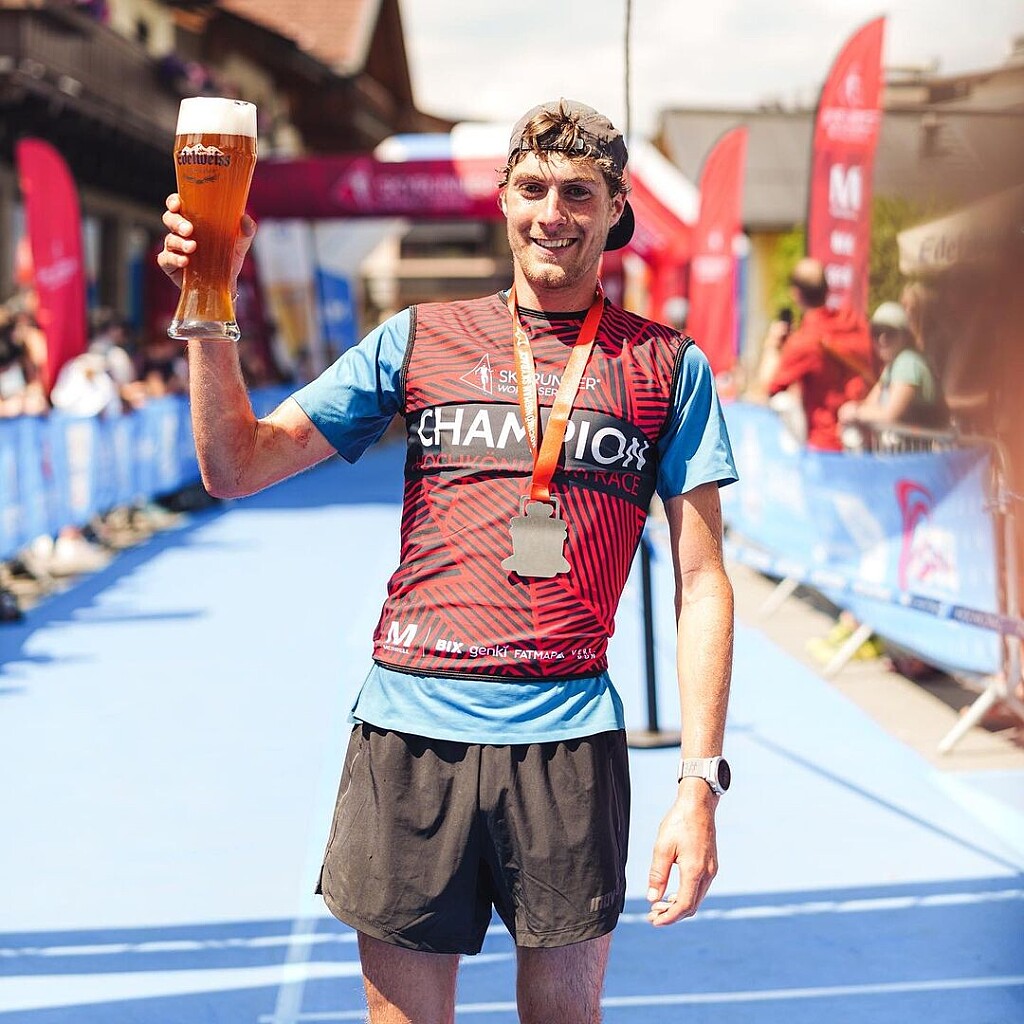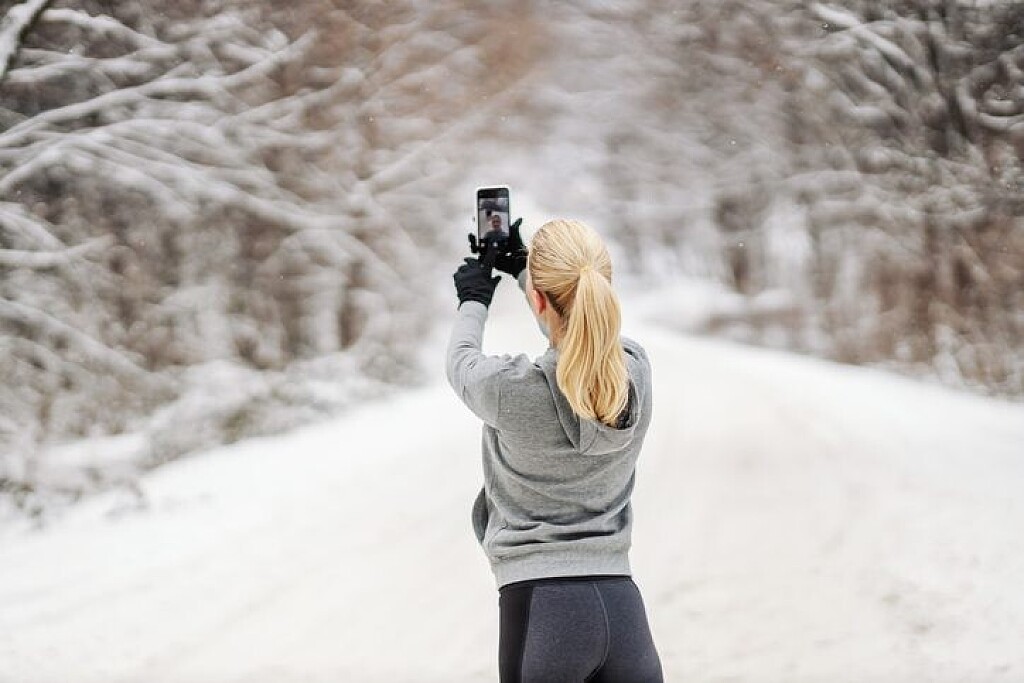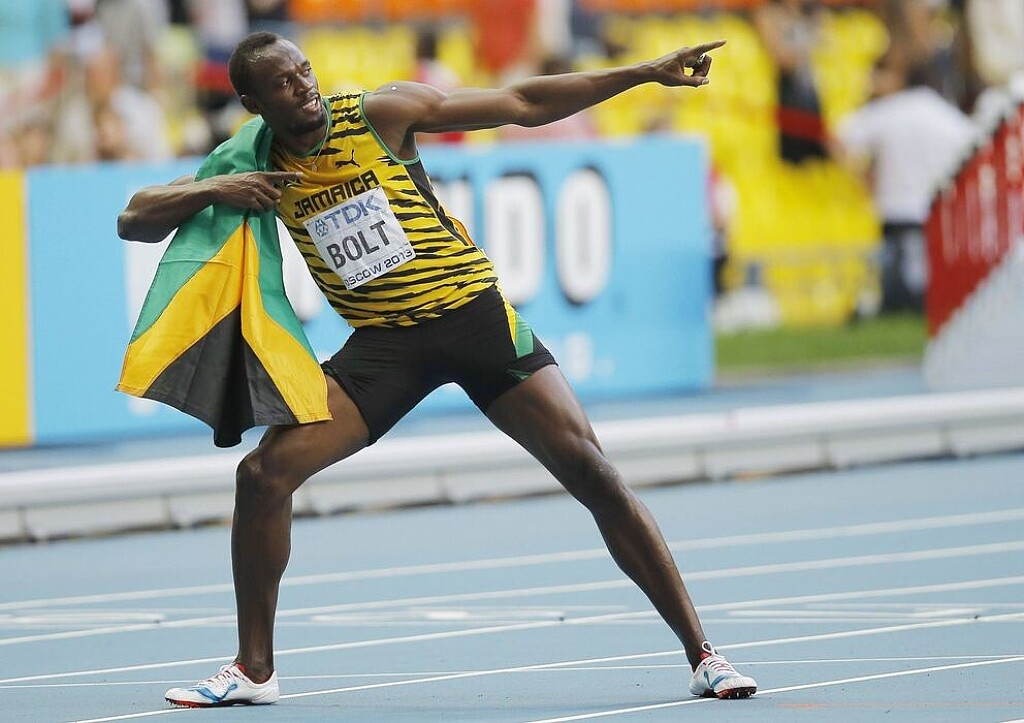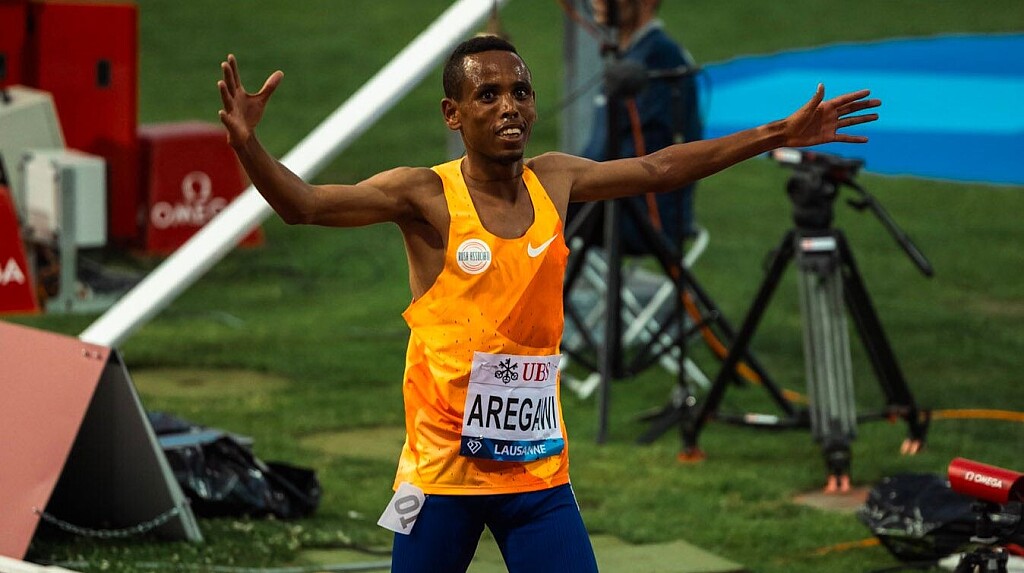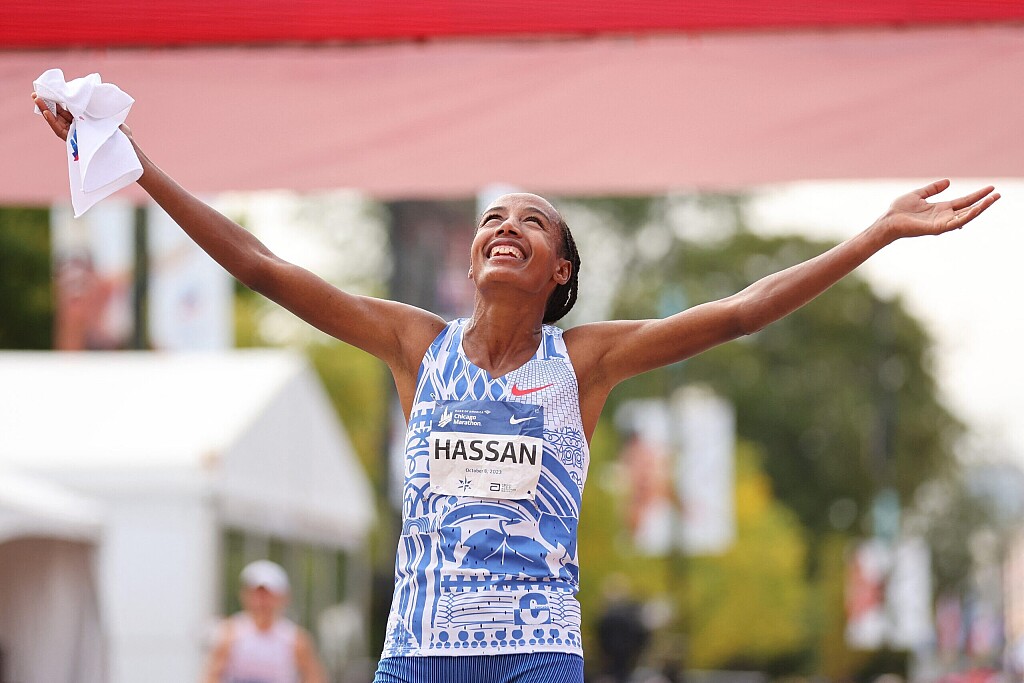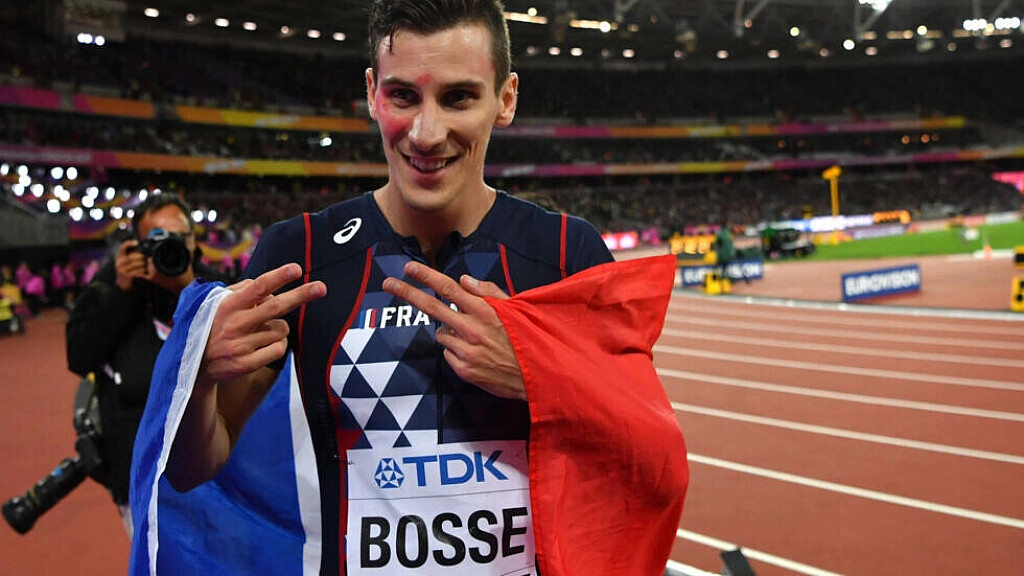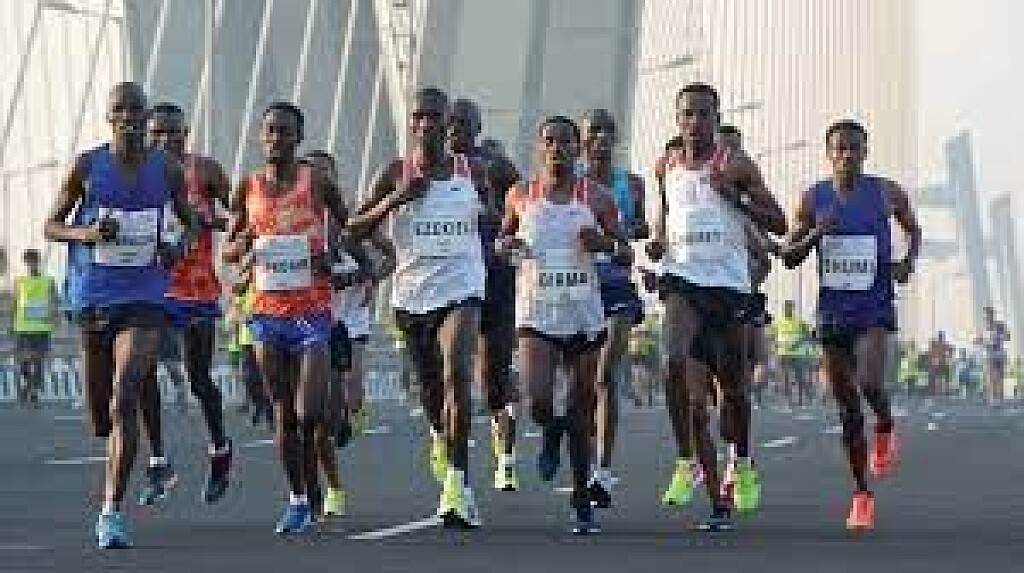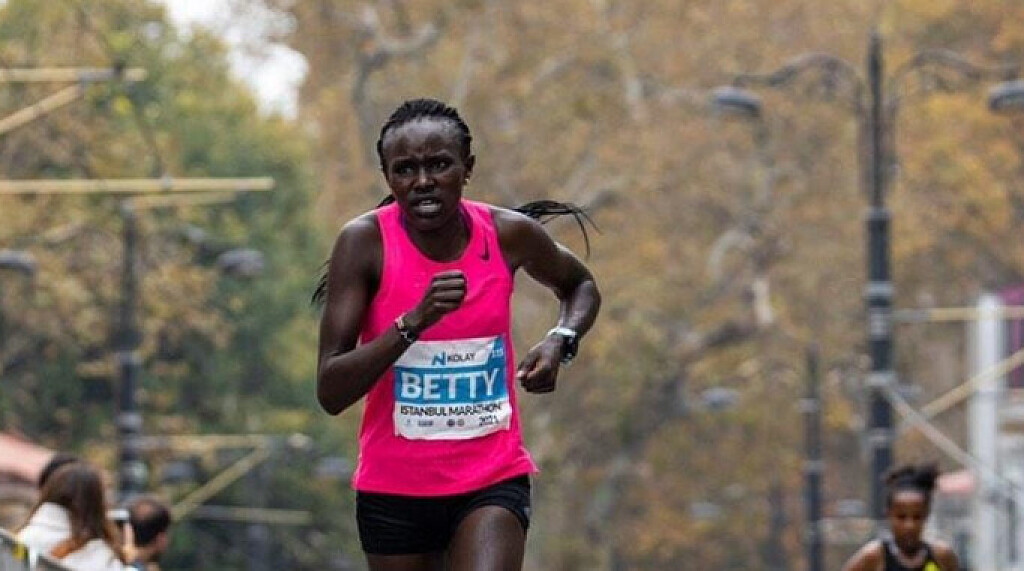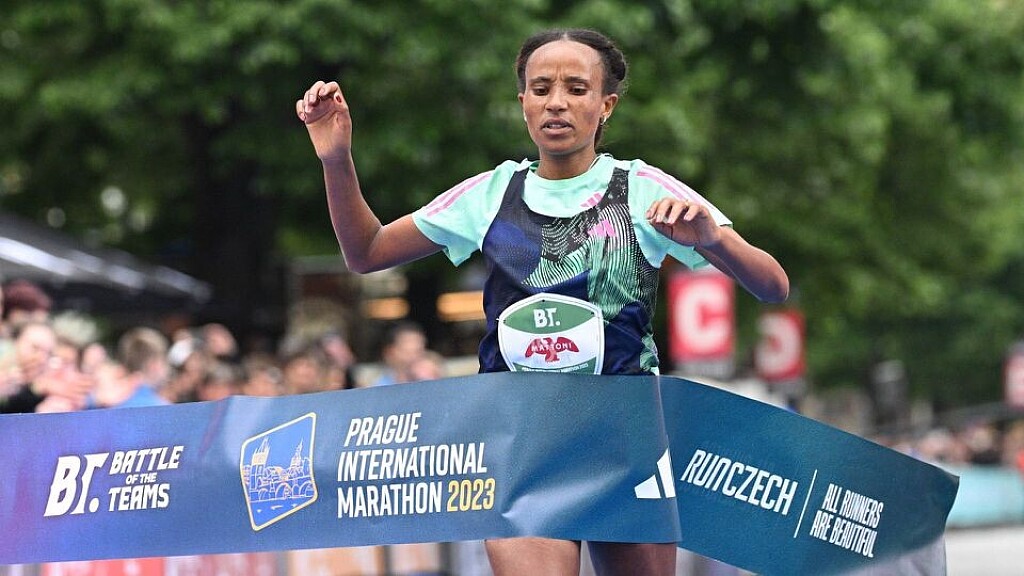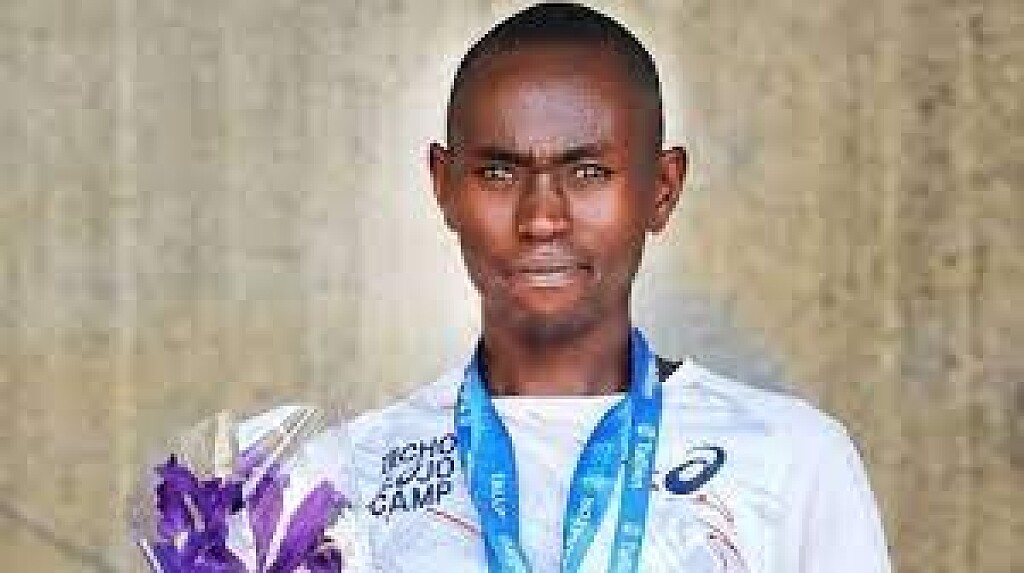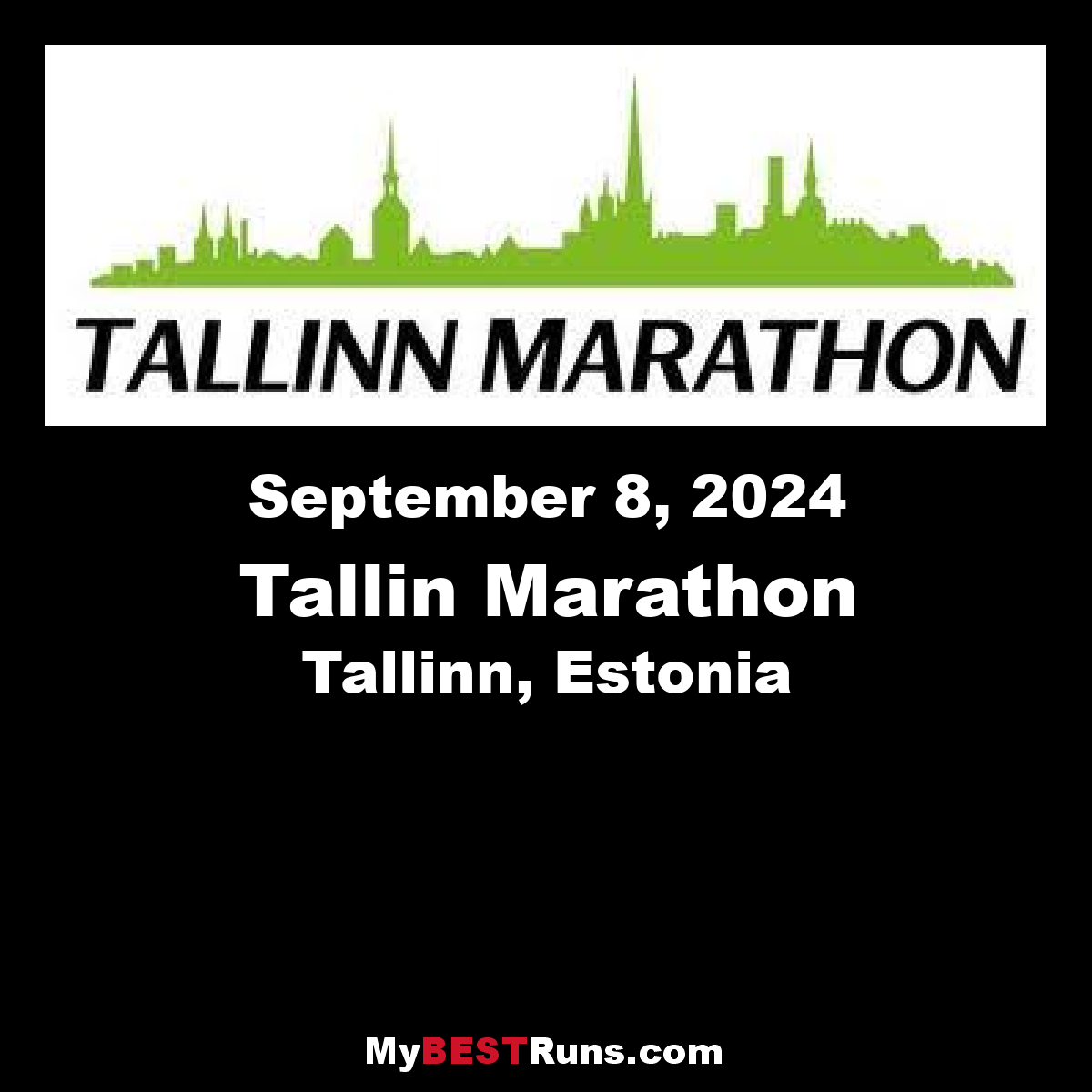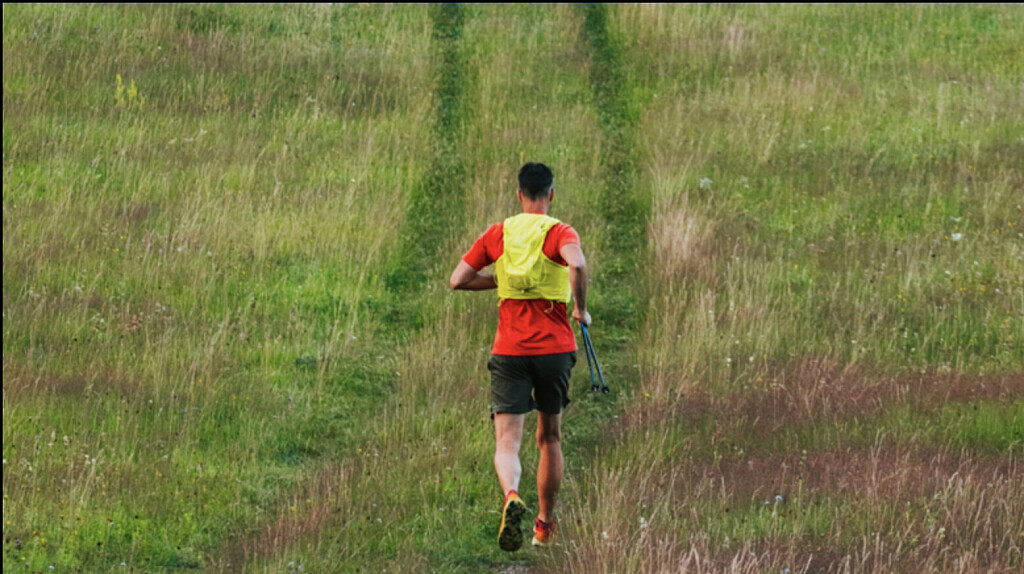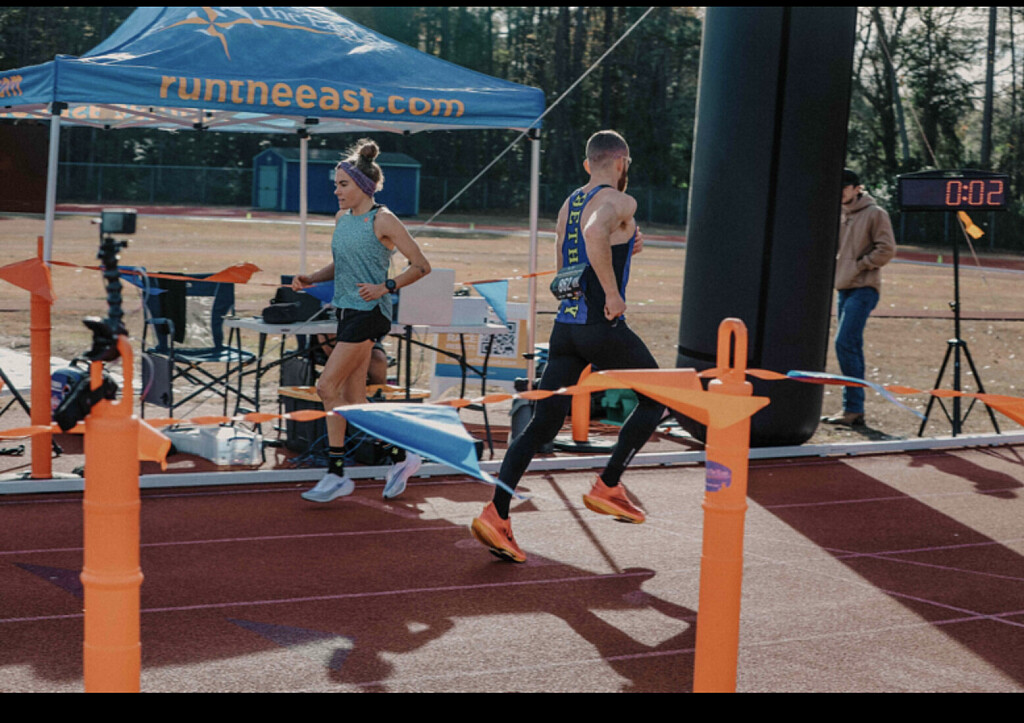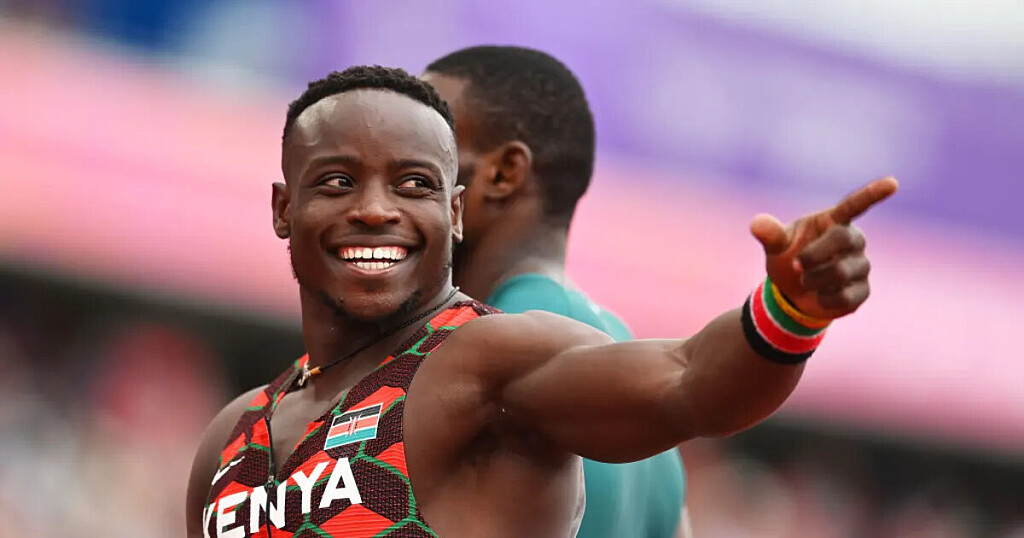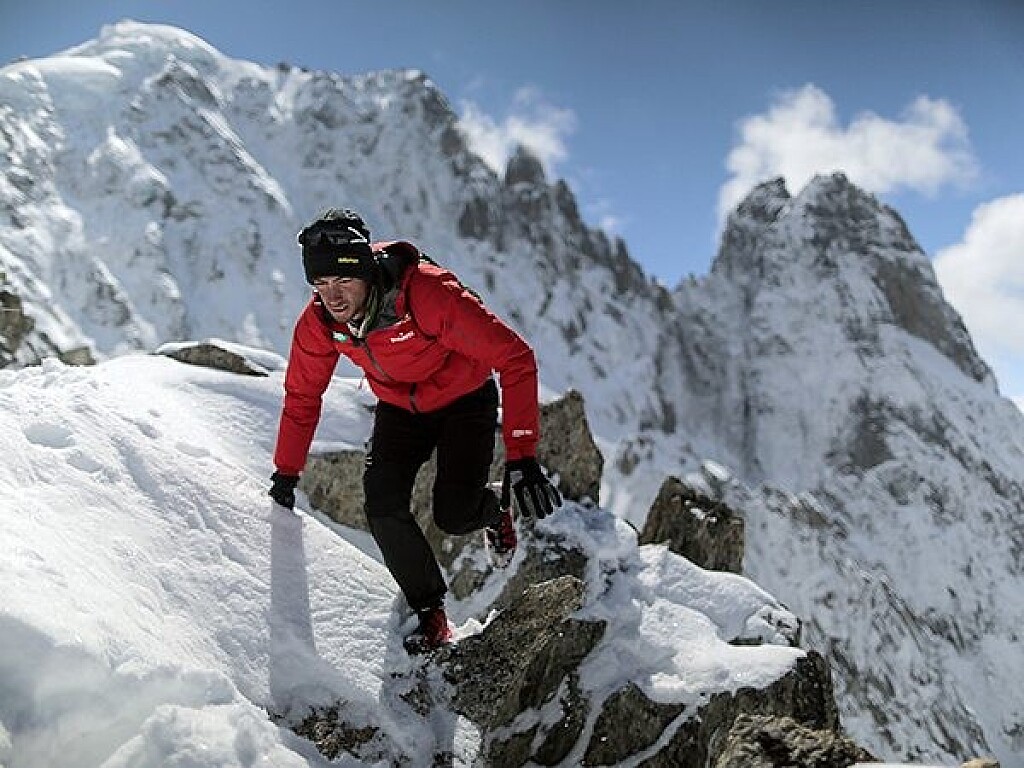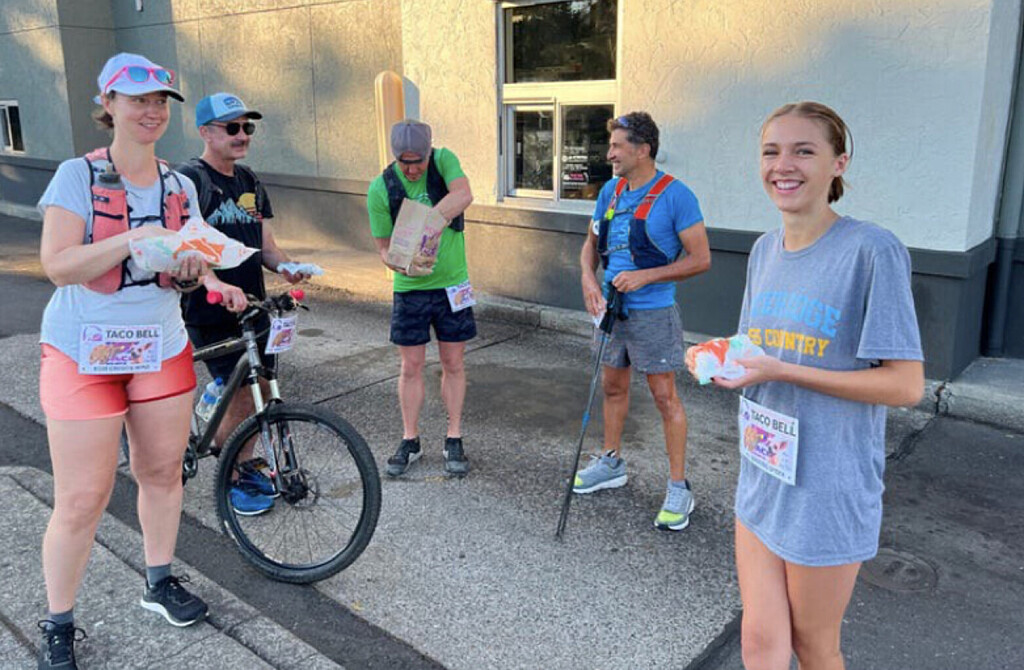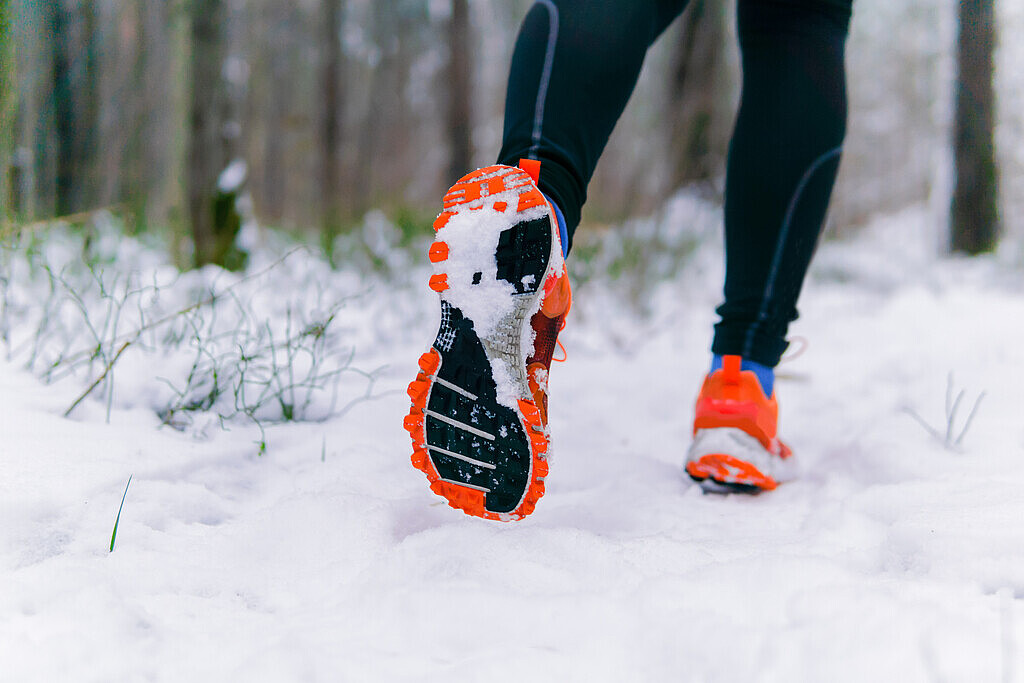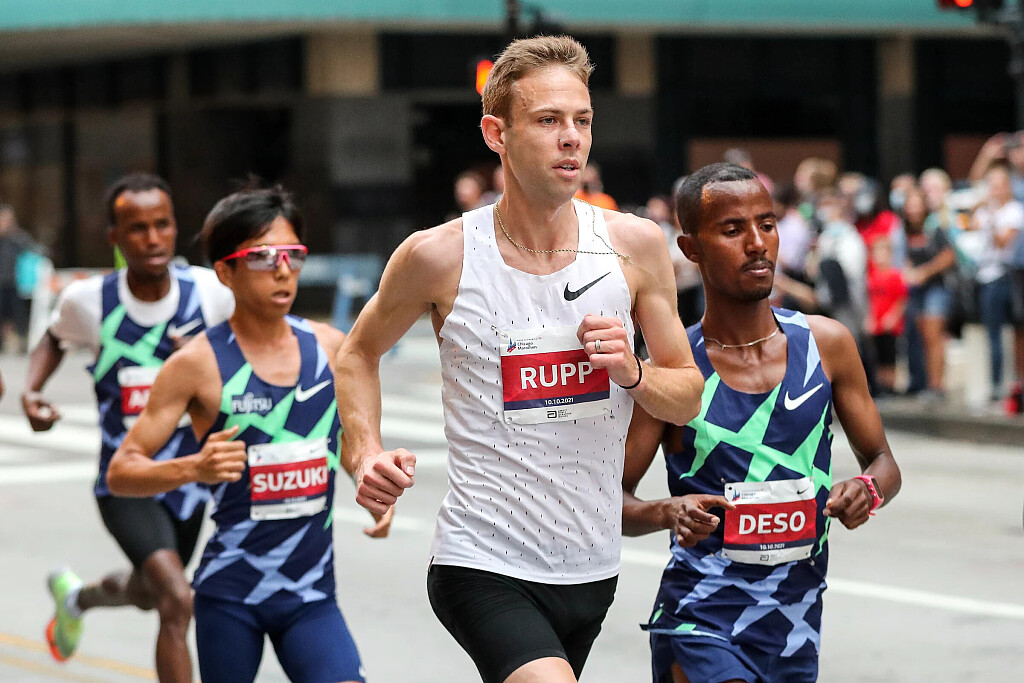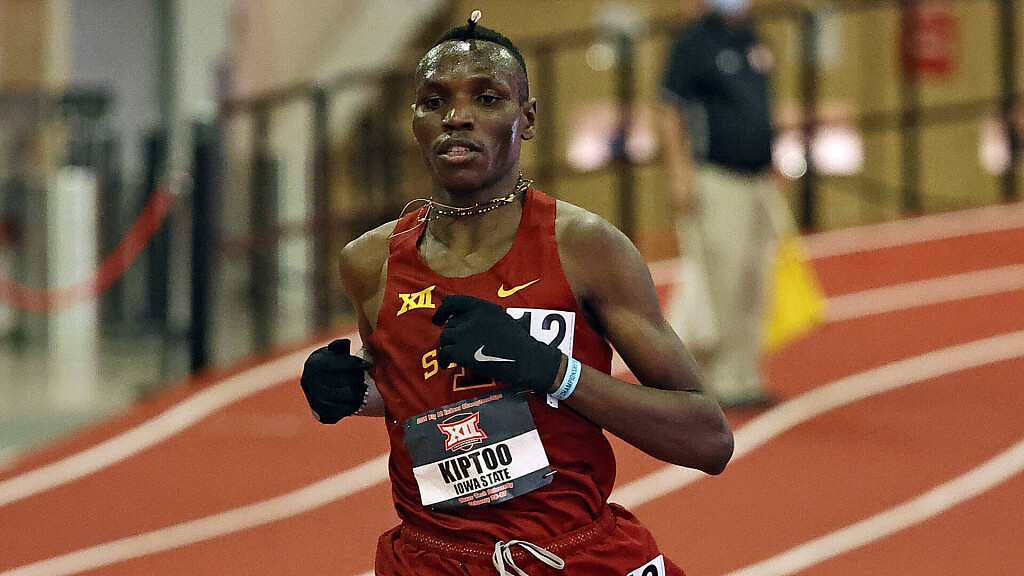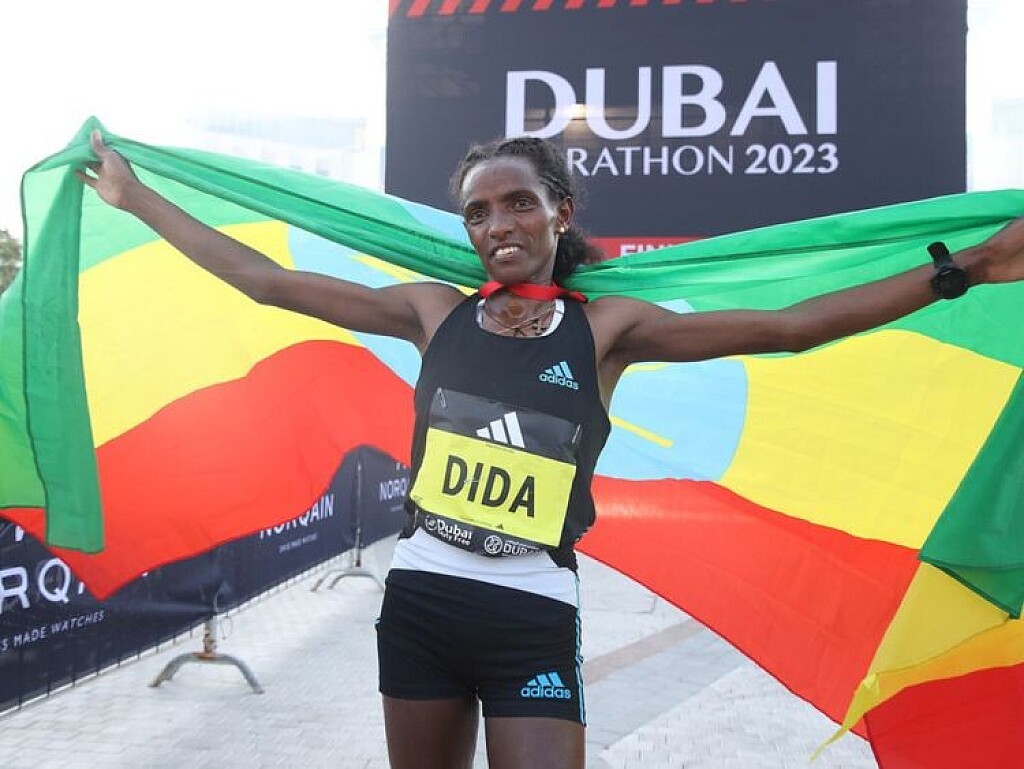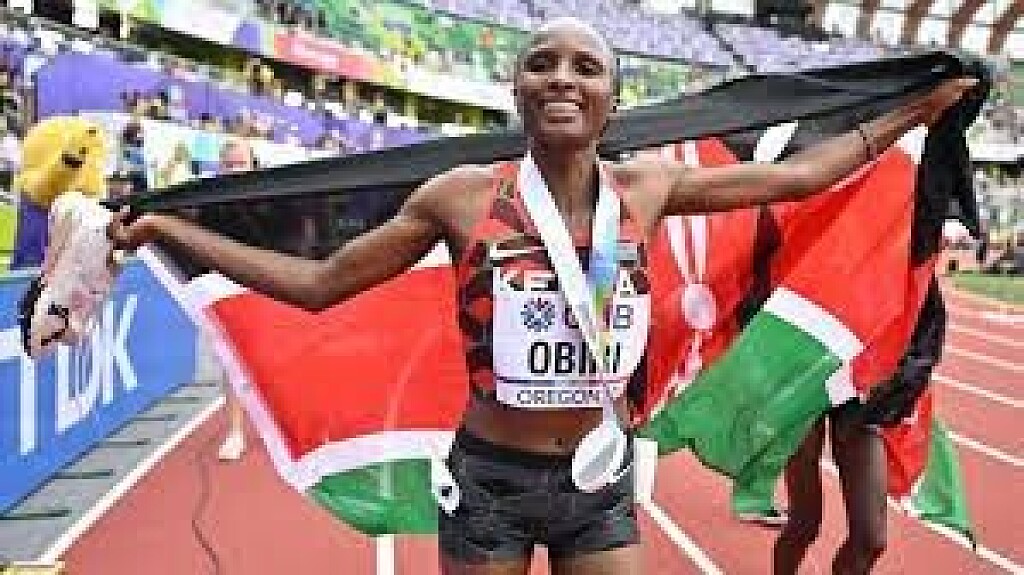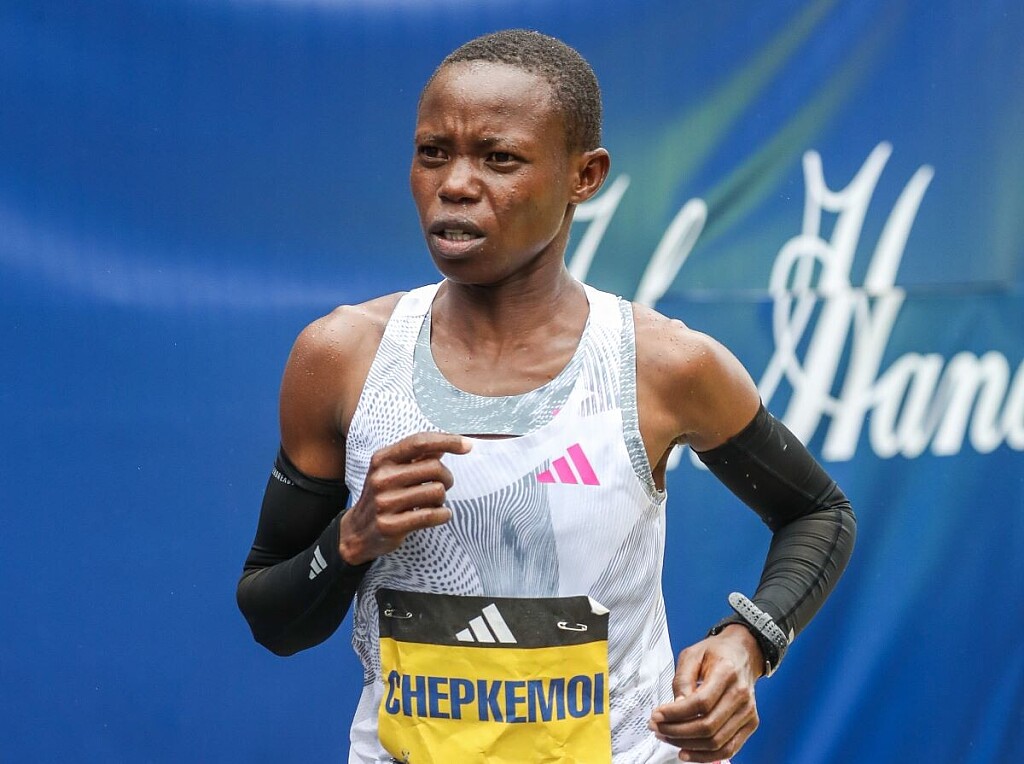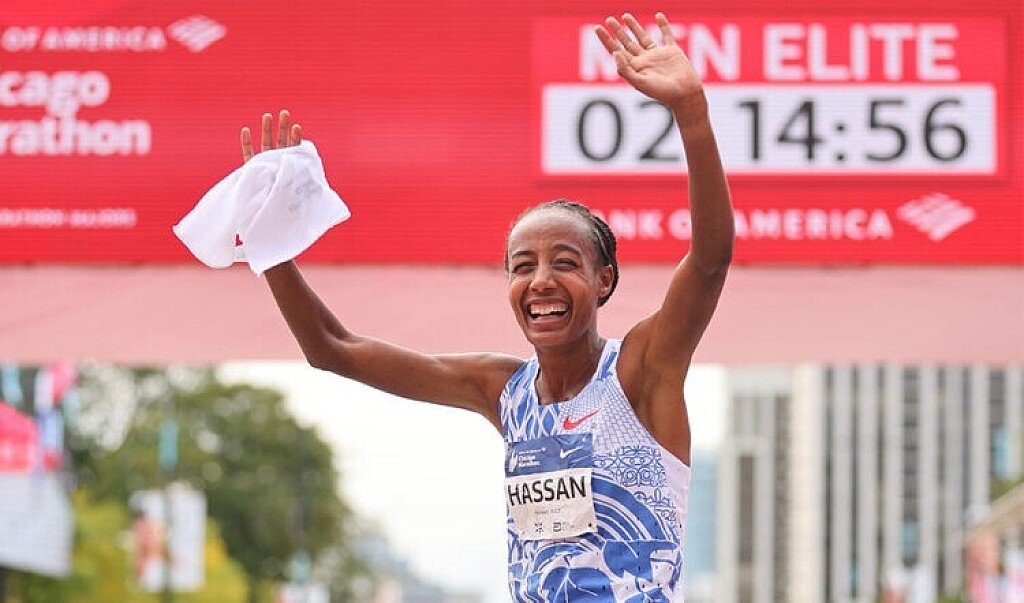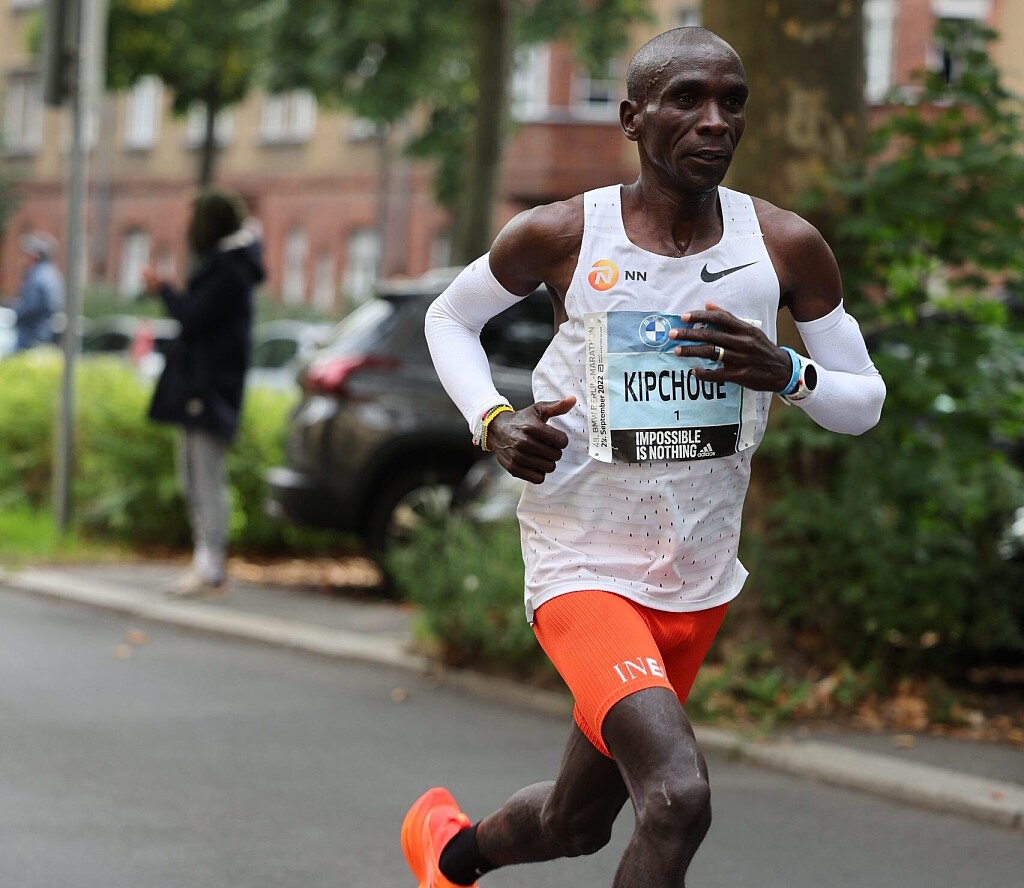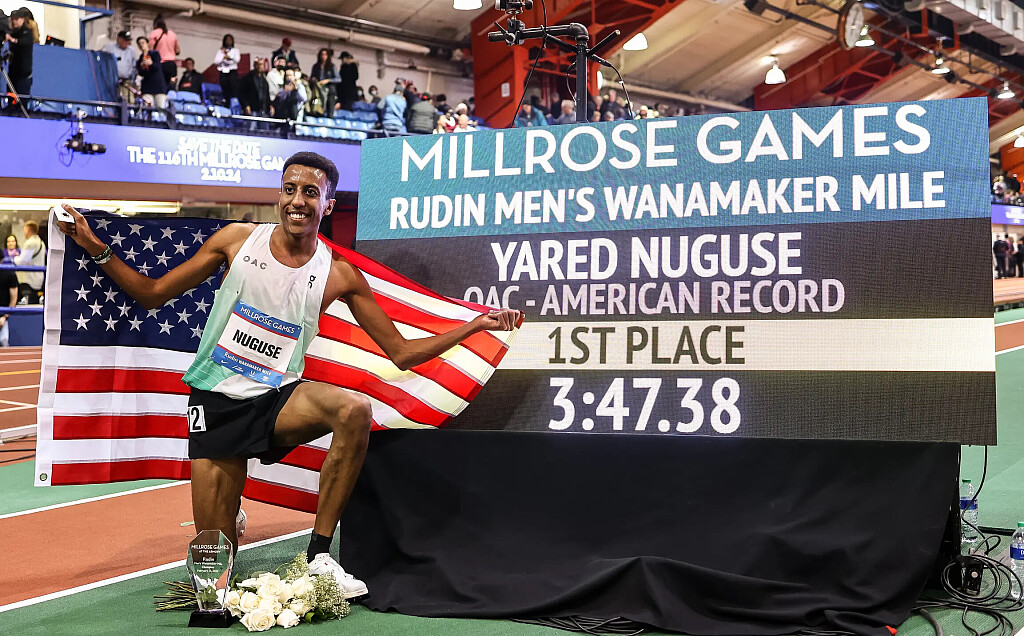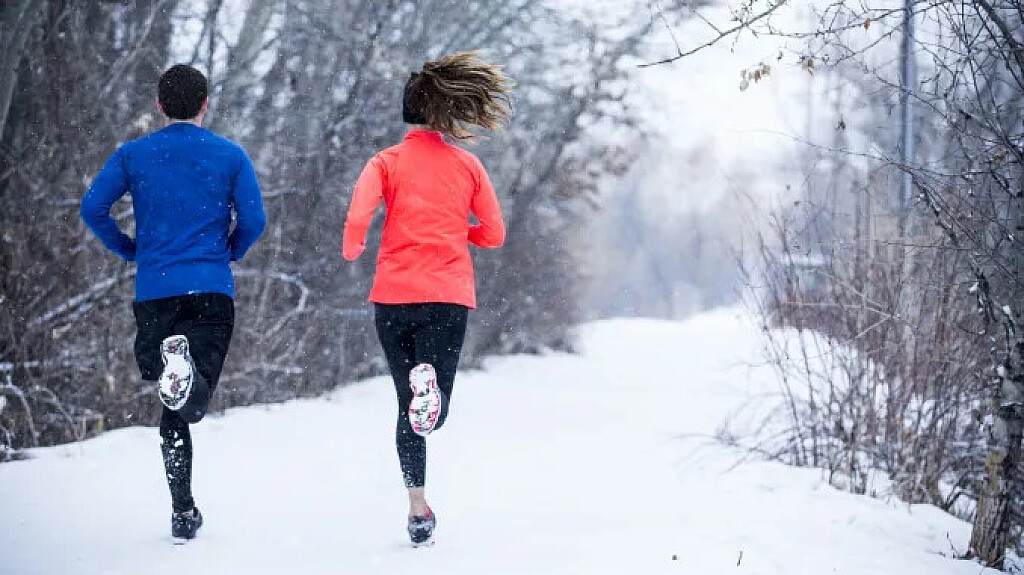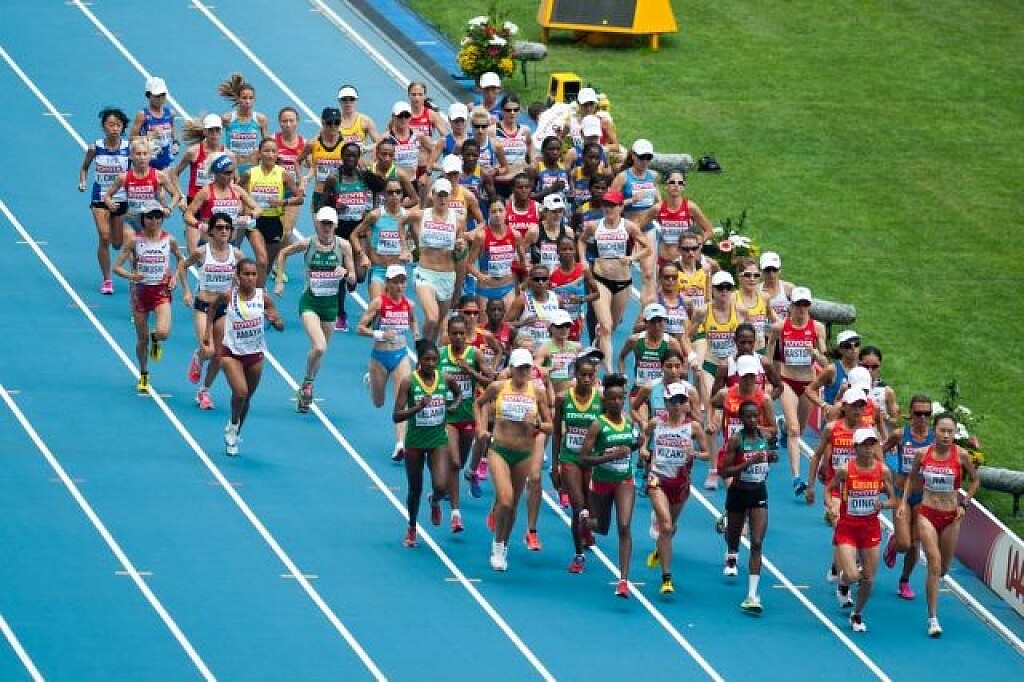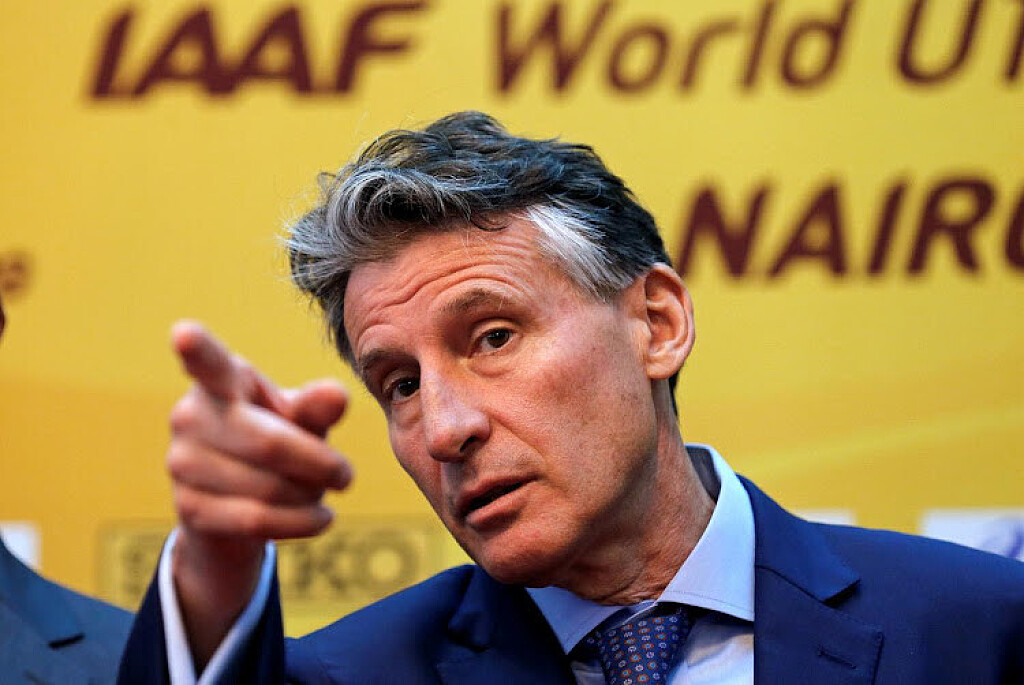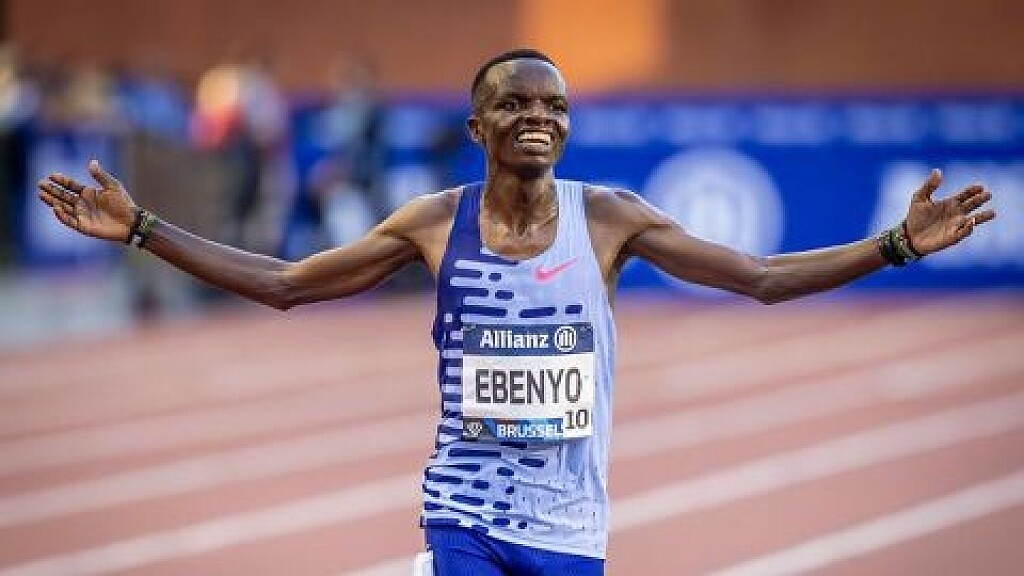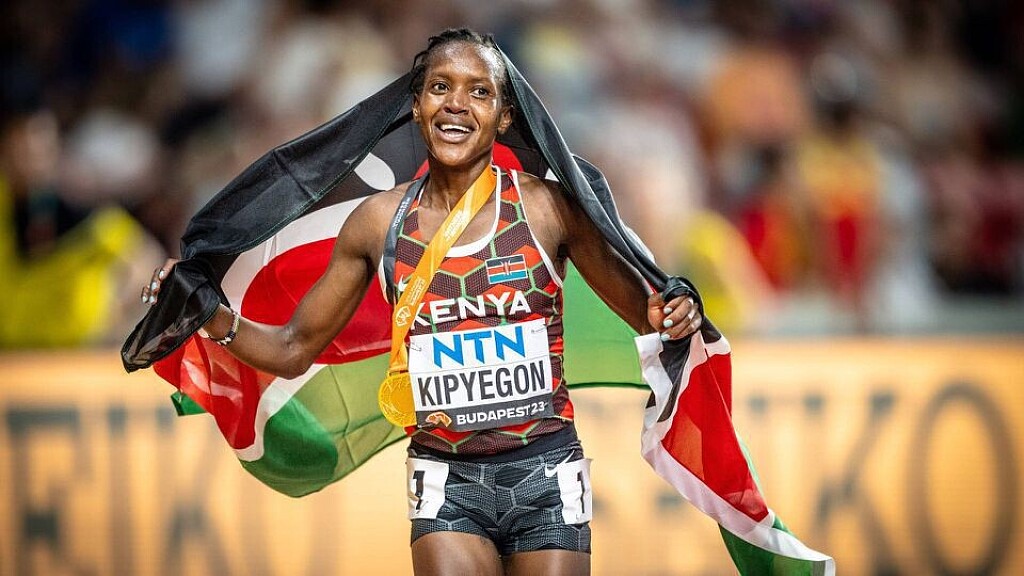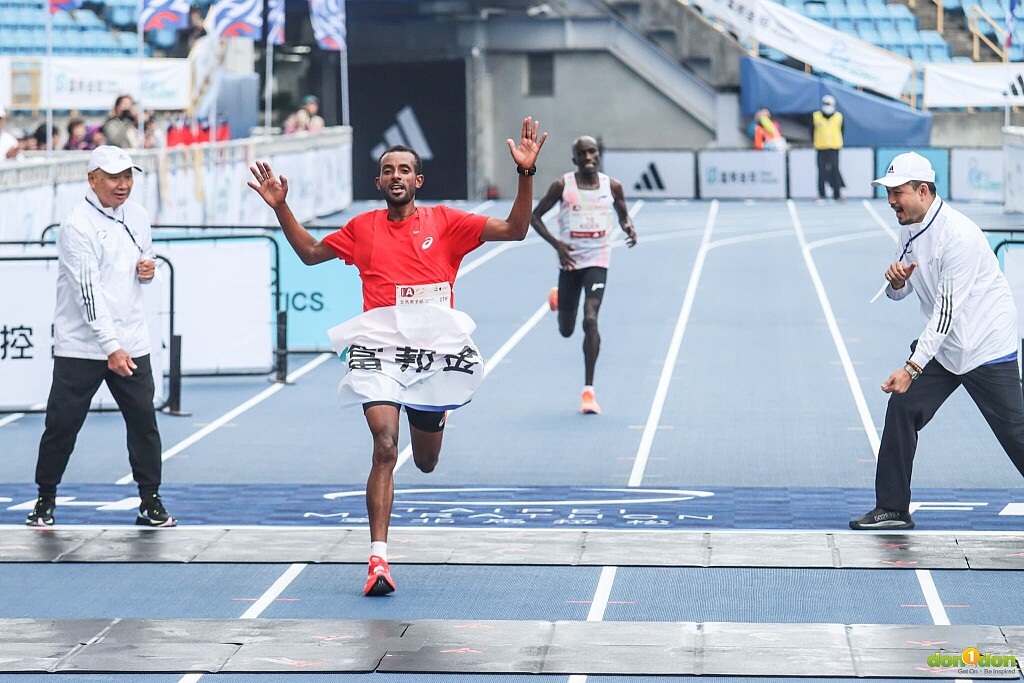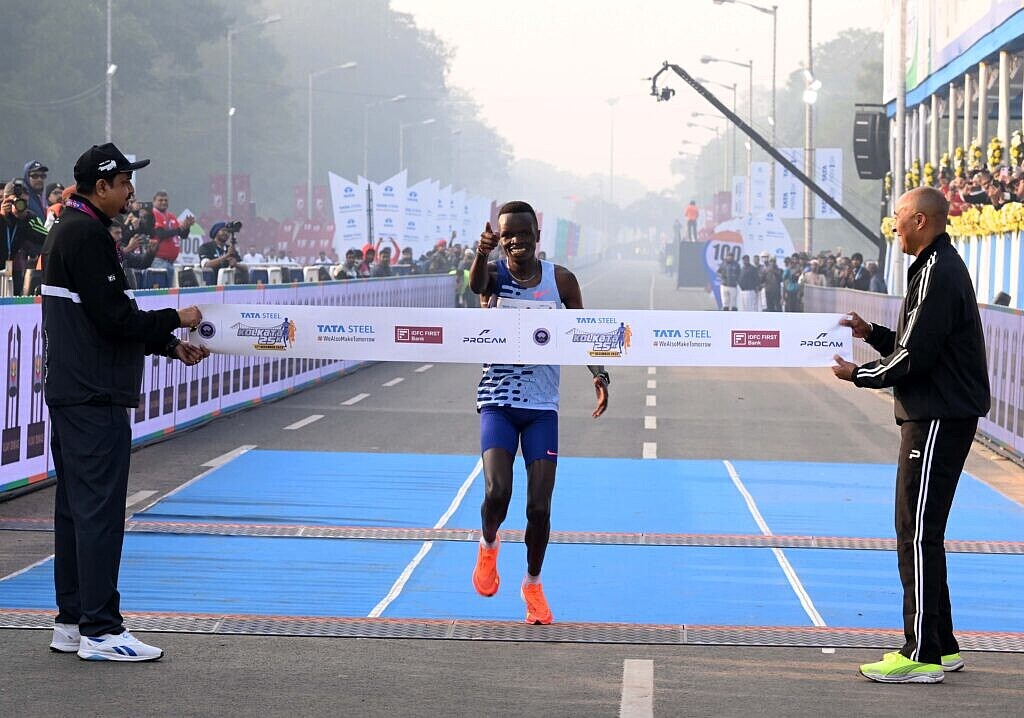Running News Daily
Running News Daily is edited by Bob Anderson. Send your news items to bob@mybestruns.com Advertising opportunities available. Train the Kenyan Way at KATA Kenya and Portugal owned and operated by Bob Anderson. Be sure to catch our movie A Long Run the movie KATA Running Camps and KATA Potato Farms - 31 now open in Kenya! https://kata.ke/
Index to Daily Posts · Sign Up For Updates · Run The World Feed
Noah Lyles returns to training with plans for explosive start to 2024
Noah Lyles is not playing about winning an Olympic quadruple since he is already back in training.
Triple World champion Noah Lyles is back in training as he seeks an Olympic quadruple at next year’s Olympic Games in Paris, France.
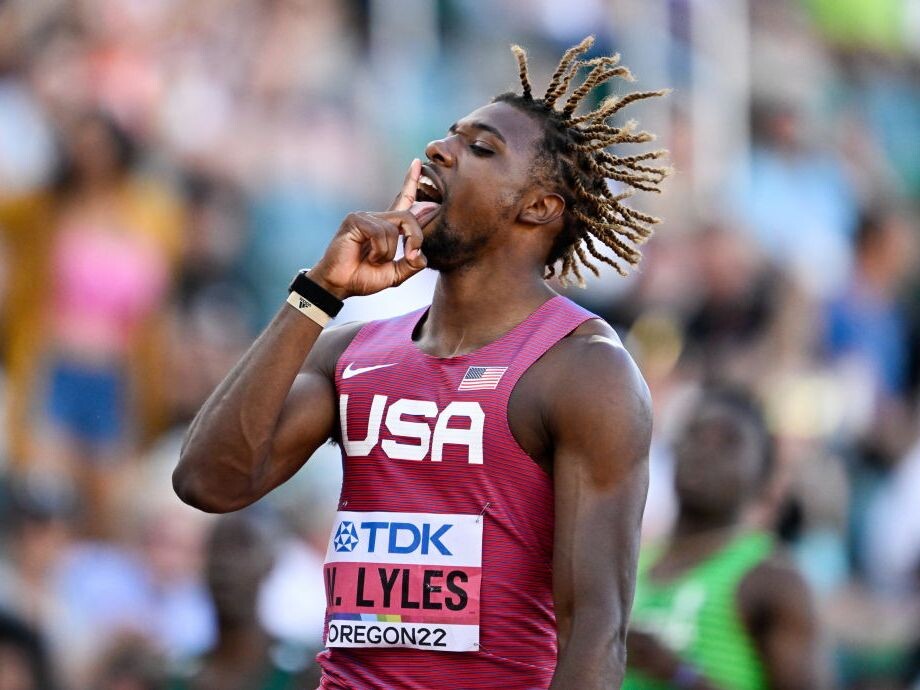
The 26-year-old shared a video on his X (Twitter) lifting the heaviest weight (125kg) for the first time and he seemed to do it pretty well. He captioned the video saying: “Tried my max (125kg).”
The American has enjoyed a great 2023 season, winning triple gold at the World Championships in Budapest, Hungary.
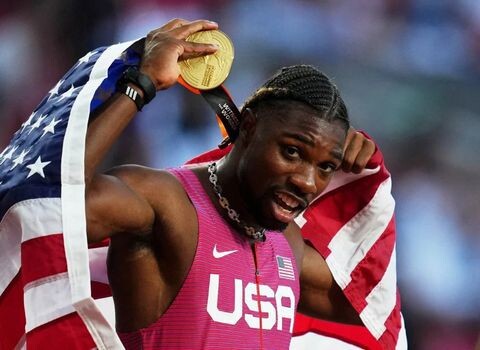
He started his winning streak by bagging gold in the 100m, beating Botswana’s Letsile Tebogo and Great Britain’s Zharnel Hughes to second and third place respectively.
He then proceeded to defend his World 200m title before propelling the American 4x100m men’s relay team to victory.
The Olympic Games next year surely promise to be a thrilling showpiece, especially in the men’s sprints where each runner will be going for the top prize.
Lyles has already fired warning shots at his opponents and in an interview with World Athletics, he said: “I’m not different. I’m still the same Noah. If anything, I’m more hungry than before because I’ve proved to myself that I can do it, so now I’m even more eager to do it for next year. It’s almost like another fire has been ignited for next year.
“I was talking to a close friend and he's like: 'I already know you're going to win three golds at the Olympics. I want you to win four. I remember when you were in high school, I watched you at Penn Relays go from second to last to first in the 4x400m, chasing down all those Jamaicans - there's your fourth medal.
“I've never had somebody tell me something that has thrown my out-of-the-box thinking to inside-the-box, but that was like: okay, I'm not going to say no to that. Because after what I did at Budapest and seeing what my body could handle, if I train for it, okay, let's take a shot. If they allow me, if they need me and they are willing - let's go, let's take it,” he said.
(12/29/2023) ⚡AMPby Abigael Wuafula
Paris 2024 Olympic Games
For this historic event, the City of Light is thinking big! Visitors will be able to watch events at top sporting venues in Paris and the Paris region, as well as at emblematic monuments in the capital visited by several millions of tourists each year. The promise of exceptional moments to experience in an exceptional setting! A great way to...
more...French trail running champion dies in ski mountaineering accident
French skyrunning champion Esteban Oliviero, 22, has died after a ski touring accident in the French Alps. Oliviero was on the descent after a ski touring ascent of La Blanche in the Ecrins massif, BNN reported, and was found after his roommates alerted emergency services when he had not returned by nightfall.
Originally from Var, France, Oliviero had recently moved to the Ecrins Massif area to pursue his passions for both trail running and mountaineering.
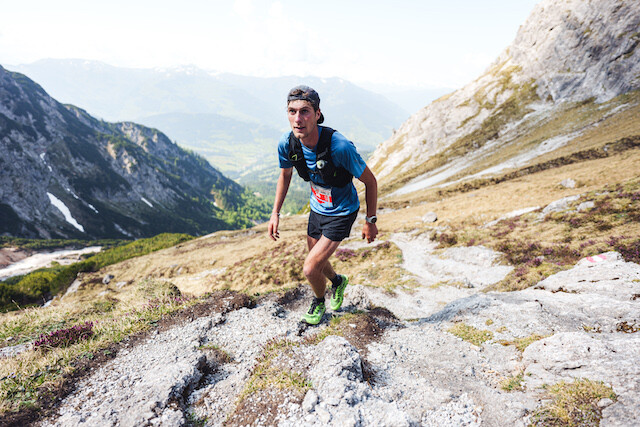
Oliviero had established himself as a remarkable trail runner with notable achievements despite his young age. In June 2023, Oliviero took first at the Grand Trail des Acrins 34K race in Vallouise, France, won the Hochkönig Skyrace 50K in Maria Alm, Sweden, won the French U23 Trail Running Championships and was ninth at the Grigne SkyMarathon.
He was beloved not only among his athletic peers, but also for his role as a summer caretaker at the Nice refuge in Mercantour, France.
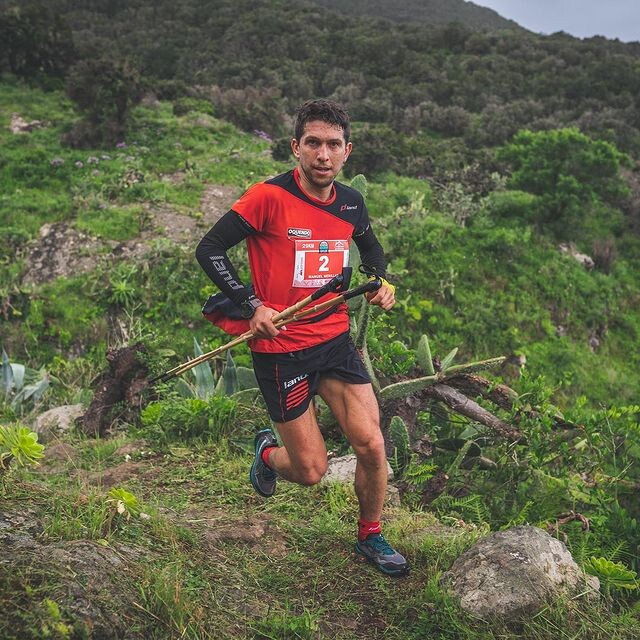
The French Athletics Federation (FFA) expressed condolences, sharing on their website that “the entire trail running community in France and elsewhere is mourning the death of an athlete highly esteemed by his peers. Esteban will leave a great memory.” Olivier was known not only for his racing ability but his kind and joyful nature. “A runner recognized for his talent during the effort but also during the post-race moments, his smile and his infectious good humor made him a much-appreciated comrade,” they added.
Olivier ran for the UK-based shoe company, Inov8 France, who expressed their sadness over Olivier’s death on social media: “Esteban was a brilliant mountain runner and a fun, honest young man. He will be sadly missed by many.”
The news of Oliviero’s death has prompted an outpouring of tributes across the global athletic community. “You will be with us on every start line and on every summit,” the Skyrunner World Series shared on Instagram. Florent Besses, coordinator of the National Excellence Ski Mountaineering Group (GESAN) where Oliviero was a member, paid homage to his exceptional qualities and deep connection to the mountains on the GESAN website. “Despite his very high level, he was simple and humble, with an infectious joy, very invested in the group. A bon vivant, far from the image of the ascetic. His disappearance is very hard to bear.”
(12/29/2023) ⚡AMPby Keeley Milne
Three weird ways to break out of your post-holiday slump
Dealing with the post-festive slump (or a running rut at any time of year) can be challenging, and you may feel tempted to scream when people offer the same old helpful ideas (like preparing your running clothes the night before–even though it works!). Injecting these unique training sessions into your routine will bring a refreshing boost and keep you motivated.
Inviting a friend along will make any of these workouts doubly enjoyable—you might feel self-conscious at first, but you’ll be pleasantly surprised at how quickly time flies.
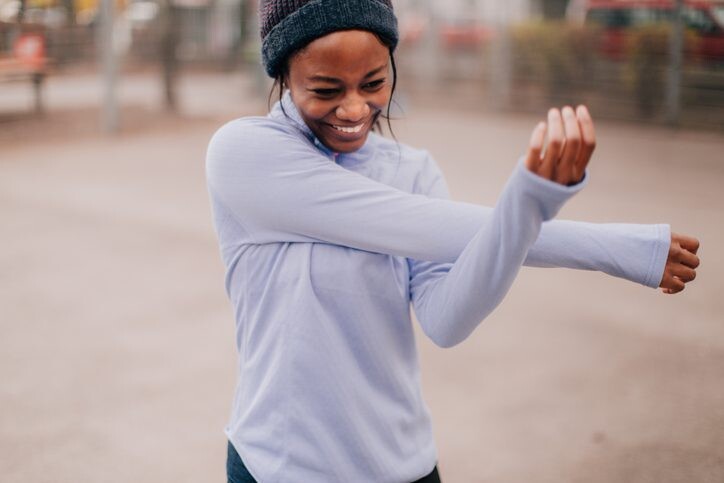
1.- Mystery route roulette
Turn your run into an adventure, letting chance guide your path. Write down a few of your favourite local running routes and distances on pieces of paper, throw them into a hat, and draw one before a run. The element of surprise will inject some excitement into your run while making the outing a unique exploration.

2.- Run-doku challenge
Combine the brain-teasing challenge of Sudoku with a fantastic fartlek workout. Before your run, solve a Sudoku puzzle (there are lots of beginner ones online). Choose one of the nine grids on the Sudoku puzzle to use as inspiration for your training session.
As you run, follow the Sudoku pattern and change your pace or focus based on the corresponding numbers. Sprint during “5” segments, jog during “2” segments, and so on. This creative twist adds a mental aspect to your run, making it a dynamic and entertaining challenge.
3.- Instagrammable running challenge
Tap into your creative side by turning your run into an Instagram scavenger hunt—bonus points if you can rope some friends into competing against you (or running with you). Set a goal to find and photograph specific items during your run—a red door, a street sign with your name on it, a specific model of car, a maple tree, a pickup truck with a snowplow on the front, someone wearing a pink hat, or even a friendly neighborhood cat.
Sharing your unique finds on social media can transform your run into a fun visual story to look back on for inspiration whenever you don’t feel like putting on your shoes.
(12/29/2023) ⚡AMPby Keeley Milne
Usain Bolt remains undaunted about his world records being broken
The world's fastest man Usain Bolt remains unfazed about any athlete breaking his two world records.
Double (100m and 200m) world record holder Usain Bolt remains unfazed about anyone breaking his world records.
The fastest man in the whole world set the 100m world record of 9.58 and the 200m world record of 19.19 at the 2009 World Championships in Berlin, Germany and they are yet to be shattered.
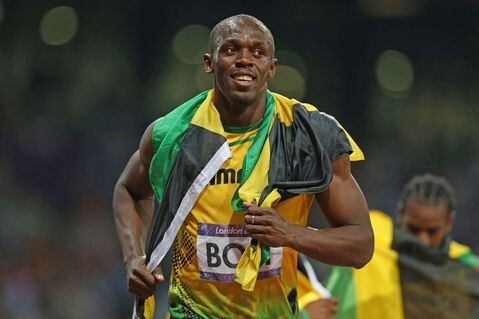
Many sprinters have been bullish about breaking the world records but Bolt believes it will be difficult to break his records. Some of the athletes targeting the world records include triple world champion Noah Lyles, Africa’s fastest man Ferdinand Omanyala, and former World champion Fred Kerley.
Kerley has a Personal Best time of 9.76 while Omanyala, the reigning Commonwealth Games Champion has a Personal Best of 9.77. On his part, Lyles ran his Personal Best of 9.83 in the semifinal of the 100m at the World Championships in Budapest, Hungary.
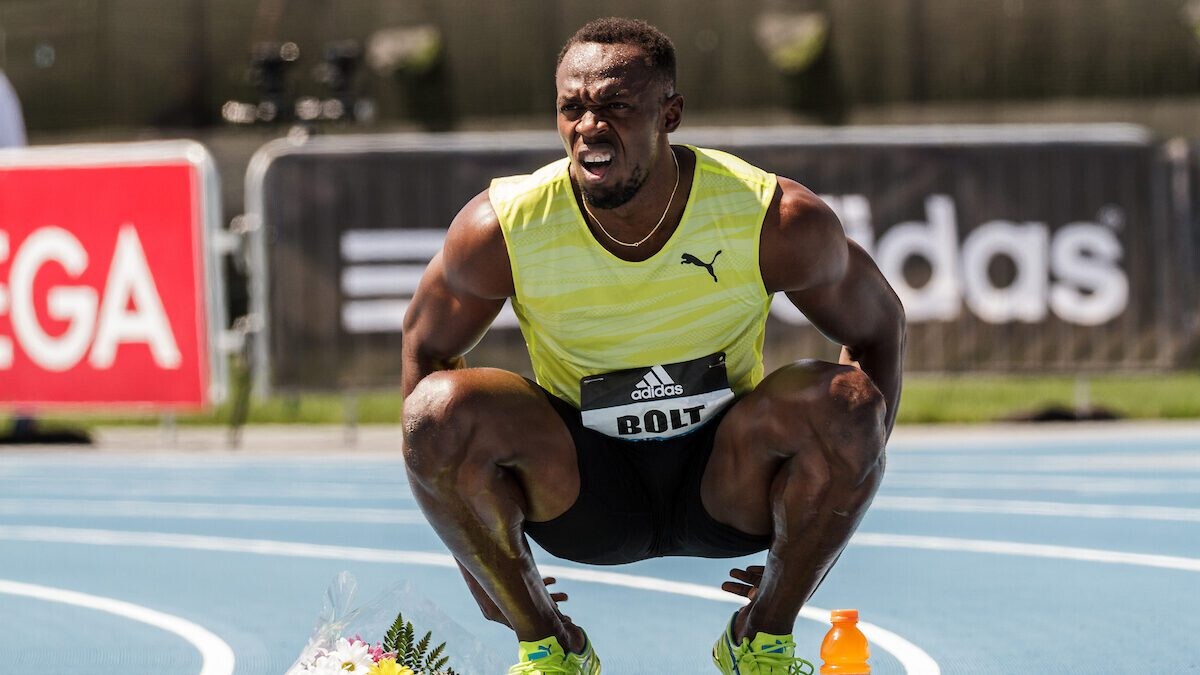
Follow the Pulse Sports Kenya WhatsApp Channel for more news.
“I knew I was going to break the world record because I was in such good shape at the time and I was running great throughout the season. Not worried about any of them.
"I think the hundred is going to be harder because it’s quicker and if you make a mistake during the race you’re not going to get it. It’s a lot more technical so I think maybe the hundred is going to go last,” Bolt said in an interview with World Athletics.
The multiple Olympic champion also commented on still being known as the fastest man ever as well as his relationship with the fans over the years.
“It’s a great title to have. It’s something that I enjoy hearing and I enjoy knowing. It’s always been so beautiful for me. They give me so much energy.
"I remember even through the World Championships in the pandemic I was like I could not compete in this. By myself in the stadium, I could not because I live so much for the energy and the vibes,” he said.
(12/28/2023) ⚡AMPby Abigael Wuafula
Five easy ways to pace yourself like a pro
Pacing yourself during a race or training run is challenging—it requires navigating a delicate balance between pushing the limits for optimal performance and avoiding early exhaustion. It’s a fine line that demands experience and self-awareness. The good news is that it’s a learned skill, and with practice, all runners can become better at it.
The dynamic interplay of adrenaline, competitive spirit and the desire for peak performance makes mastering pacing a continual and nuanced challenge for runners. Montana DePasquale, a running coach based in Rhode Island, says that there are a few simple ways to hone your skills at mastering pacing, and adjusting on the fly.

Make sure your watch shows average pace
Adjust your running watch to show the average pace per split or repeat, not current actual pace (which is what most runners want their watch to show).

“Instantaneous pace rarely helps anyone (with the caveat that it can be useful for very short reps) and the constant bouncing around will likely make you feel scattered versus in control,” DePasquale explains. “You’ll still be able to see if your pace is trending faster or slower by looking at average pace—but in less dramatic swings.”
Adopt a growth mindset
Pacing is a learned skill, and everyone benefits from practice and repetition, says DePasquale. She suggests “adopting a growth mindset around pacing vs. expecting yourself to be perfect at it right off the bat.”
The expectation should never be to hit every split to the second, in every single workout. “A buffer of a few seconds per pace per mile or kilometre is more realistic and productive,” she says.
Focus on small adjustments
DePasquale explains that the best way to get better at pacing in the middle of a workout is to lean on data, and focus on incremental adjustments.
If you’re running a three x one-mile workout, noting your splits each quarter mile (each lap of a standard track) can be useful to see if you’re on pace. “Find yourself slightly too fast in your first quarter? Simply pull back slightly,” she says. “Take your next split at the halfway mark. Still too fast? Slow down further. Repeat until you reach your desired pace.”
Pay attention to physical and mental cues
Differentiating between different paces can be challenging, especially if you’re new to the struggle. “Moderate” and “hard” paces blend into one, and everything can feel like one big effort.
DePasquale suggests asking yourself a few questions and taking note of how your body and mind are responding. “When running at your threshold pace, what does your breathing sound like? How fast are you having to move your arms? How strained are you cognitively?”
Asking yourself the same questions at your marathon pace, half-marathon pace and easy pace, and noting the answers will help you attach physical and mental cues to different numbers.
Change your environment
DePasquale suggests using a track or treadmill as a tool if you’re struggling with pacing. “The quarter-mile laps on a track provide lots of opportunity for feedback, and a flat, even surface will make pacing yourself easier,” she says. “A treadmill takes the pacing guesswork out for you, so you can just focus on understanding what different paces are supposed to feel like.”
Once you have gained confidence in a controlled environment, outdoor runs should be easier to handle.
(12/28/2023) ⚡AMPby Keeley Milne
Ethiopian Berihu Aregawi, is favorite to win and break the San Silvestre Vallecana record
The Ethiopian athlete Berihu Aregawi leads the international participation that will feature in the 2023 edition of the Nationale-Nederlanden de la San Silvestre Vallecana, which will be held this Sunday, December 31 in Madrid.
San Silvestre Vallecana is a very fast test that seeks to improve itself in each edition. This year, the organization dreams of a new race record, and the right athlete to beat it is the Ethiopian Berihu Aregawi.
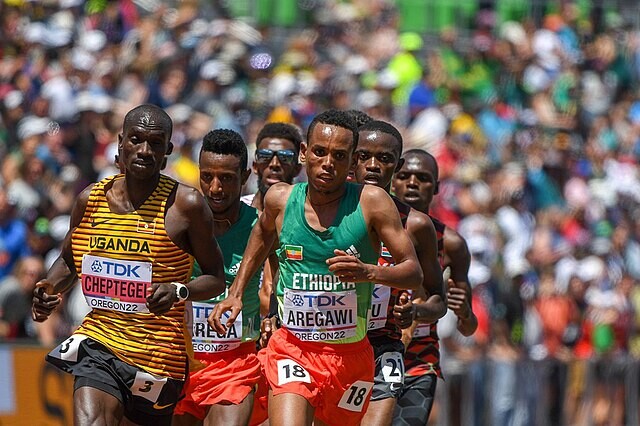
His official personal best in 10 km is 27:31, but this year he ran, or rather flew, in the 10 km of Laredo to set a time of 26:33, just 9 seconds behind Rhonex Kipruto's world record.

At the San Silvestre Vallecana, Aregawi will have a double challenge. First of all, overcome the resistance of the Spanish athletes led by Mohamed Katir, winner in 2021, and the always competitive Mario García Romo.
Secondly, beat the race record (26:41) that since 2018 belongs to Ugandan Jacob Kiplimo.
In addition to Aregawi, the NN San Silvestre Vallecana will have high-level European distance runners on the starting line. The British Scott Beattie stands out, national 5K road champion and ninth world champion with a time of 13:32. At 25 years old, he has a 10,000m track best of 27:58.92.
(12/28/2023) ⚡AMPSan Silvestre Vallecana
Every year on 31st December, since 1964, Madrid stages the most multitudinous athletics event in Spain.Sport and celebration come together in a 10-kilometre race in which fancy dress and artificial snow play a part. Keep an eye out for when registration opens because places run out fast! The event consists of two different competitions: a fun run (participants must be...
more...Why Sifan Hassan is highly charged to triumph in Tokyo Marathon
Chicago Marathon champion Sifan Hassan has explained why she is motivated to compete at the Tokyo Marathon.
Reigning Chicago Marathon Sifan Hassan is bubbling with excitement as she gears up for the Tokyo Marathon scheduled for Sunday, March 3, next year.
Hassan is particularly excited to be one of the top runners to be announced alongside former world marathon record holder Eliud Kipchoge, her mentor.
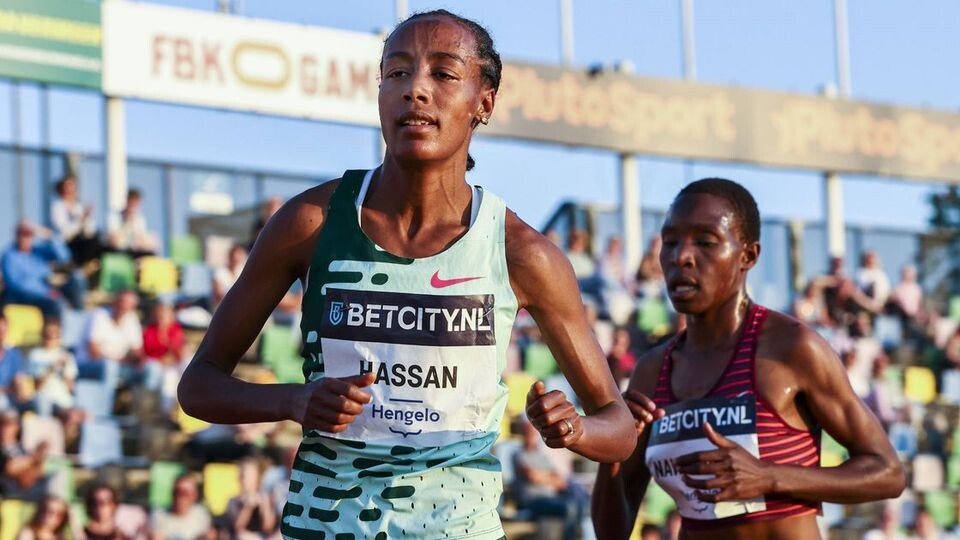
“Alhamdulillah, I’m good and my preparations have just started…maybe I celebrated too much after Chicago and I took a long break and just started training a week ago.
“But I’m physically and mentally fresh, which for me is the most important and I’m really happy to be with Eliud because he is my greatest role model in running,” Hassan said.
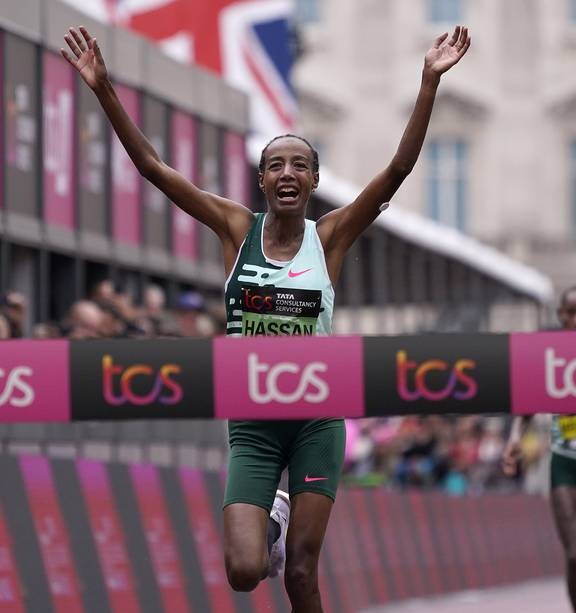
The reigning London Marathon champion noted that she is training in Ethiopia since African countries tend to have great altitude. She added that at the moment, the Netherlands and America usually have a lot of snow during the winter period, making it impossible for her to train.
“I’m currently training in Ethiopia because of the high altitude and the weather in Africa is good…during the winter, I can’t train in the Netherlands or America because we have snow,” Hassan said.
Meanwhile, Hassan made her full marathon debut earlier this year and has been unbeaten in all her two marathons. She started with a win at the London Marathon and later went to end her season with a win at the Chicago Marathon.
(12/28/2023) ⚡AMPby Abigael Wuafula
Tokyo Marathon
The Tokyo Marathon is a world-renowned annual marathon held in Tokyo, Japan. As one of the prestigious Abbott World Marathon Majors, it attracts elite and amateur runners from around the globe. The race holds World Athletics Platinum Label status, recognizing its high competitive standards, top-tier organization, and international appeal. Sponsored by Tokyo Metro, the Tokyo Marathon has grown into one...
more...Sha'Carri Richardson shares favorite part of her holidays
Sha'Carri Richardson has shared the favorite parts of her festive season and how she is balancing it with training.
Reigning World 100m champion Sha’Carri Richardson has disclosed how she is spending her festive season and why she loves the holidays.
Richardson expressed her excitement about enjoying the festivities with her family and how she manages to train during the holiday period.

During an interview with NBC Olympics and Paralympics, the 23-year-old said: “For the holidays, I would definitely say it’s family time. I spend all my time with my family. Definitely still training because you know, can’t, I can’t know that.
“But the holidays are literally like thankfulness, giving and just embracing unity. I feel like that’s for me what the holidays are. And this is my only downtime too. That’s why I like the holidays because I can chill right now before the spring comes.”

The American had an amazing 2023 season, winning three medals at the World Championships in Budapest, Hungary and ending the season as the fastest woman in the world.
At the Hungarian capital, Richardson won the 100m gold and proceeded to win a bronze medal in the 200m. In the 4x100m relay team, she anchored her team to victory.
After having an awesome 2023 season, the athlete is now preparing for the major events coming up in 2024, with the Paris Olympic Games being at the top of the list.
(12/27/2023) ⚡AMPby Abigael Wuafula
Six weird things that happen to your body when you run
The benefits of aerobic activities such as running or cycling are unmistakable. But a few of its odder side effects—like tasting blood during a race, maybe—could be mistaken for symptoms of problems.
Relax: Strange as these physiological reactions to exercise are, they generally aren’t cause for alarm, says New York City-based sports medicine doctor Jordan Metzl, author of The Athlete’s Book of Home Remedies.
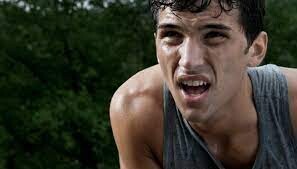
“Many are signs that you’ve worked your body hard,” he says. “Others are temporary issues you can generally easily address.”
1.- Racer Cough

You cross the line of a 5K or half marathon and walk around with a nagging cough for several minutes afterward.
Blame bronchoconstriction: It’s similar to what happens in people with asthma, but it can happen to anyone.
“Exercise-induced bronchoconstriction can happen when you exert yourself at a much harder level than you’re used to,” says Metzl. “The small muscles lining your lungs get a spasm. You see it more in the beginning or end of the year when people may not be in peak shape.”
Some people are also simply more genetically prone to getting it. It’s also more common when you’re running in cold and/or dry conditions because your airways have to work harder to humidify the air as it heads into your lungs and they can get dehydrated and irritated, which leads to constriction and that cough.
Breathing through a light scarf can help.
2.- Metallic Taste
You’re pushing hard in the gym or on the road and you taste blood in the back of your throat. Those are your red blood cells popping, says Metzl.
“When you push yourself past threshold, your red blood cells are being taxed and release some heme,” or iron, which is why it tastes like metal, he says.
Red blood cells can also leak into your air sacs during really hard efforts.
If it’s temporary, it’s nothing to worry about. (If you always taste blood, you should see your doctor to rule out underlying health issues like infections.)
3.- Runny Nose
It’s seriously annoying when every time you’re out for a run, you’re launching more rockets than NASA.
It tends to get worse in the cold, but exercise-induced rhinitis (i.e. runny nose during exercise) is a common complaint among anyone who does aerobic exercise outside, especially, of course, during times when allergens like pollen, dust, and dry air are high.
Your nasal passages get irritated and mucus production ensues.
Interestingly, some scientists believe that air pollution, particularly the nitrogen dioxide found in car exhaust, is a big trigger—which explains why you may find yourself dripping like a faucet when you run outside, but not on the treadmill.
If your drippy schnoz is really disruptive, you can ask your doctor about a prescription nasal spray (or grab a non-prescription remedy like Pursoma Sea Spray Nasal Rinse). But otherwise, just launch away.
4.- Runner’s Poop
The sudden, urgent need to poop is common in runners because of the inner jarring mechanics involved in running, but cyclists are not immune—especially on long rides where you’re throwing back a lot of sugary foods and there’s not a lot of blood flow through the gut to manage digestion.
Your caffeine habit doesn’t help, either.
You can ease the situation by tweaking your fueling habits toward more real foods like rice cakes and bananas, downing the concentrated energy foods sparingly, and maybe sticking to a single espresso.
5.- Bizarre Itching
Three minutes into a run, your thighs start itching like crazy. In some cases it’s just dry skin or a natural response to warming up as your capillaries and arteries rapidly expand and stimulate nearby nerves.
But for some people, it’s an actual allergic reaction known as exercise-induced urticaria, which can cause itching and flushing, as well as hives and—in extreme cases—breathing difficulty.
If you have more severe symptoms, your doctor can prescribe epinephrine, but that can cause unpleasant side effects like fatigue, weakness, and heartbeat irregularities.
If it’s just itching, keep your skin moisturized, warm up gradually, and scratch as needed.
6.- Brain Fog
You wrap up a marathon and can’t figure out where you parked the car... or what your car looks like… or whether you even drove there in the first place.
Fuzzy-headedness is normal after long, hard bouts of physical exertion because you’ve sucked all your glycogen—your brain’s only fuel store—dry. Snap back to reality by sucking down a recovery drink and having a snack ASAP.
(12/27/2023) ⚡AMPby Men´s Health
France's former world 800m champion Pierre-Ambroise Bosse announced Tuesday his decision to retire because of recurrent injuries seven months before the Paris Olympics
The 31-year-old has failed to recover after undergoing surgery on his right thigh last year and has not competed since April.
"I've tried to get back in recent months ... but quickly felt pain when I accelerated a little," Bosse told French sports daily l'Equipe.

"After the operation, my hamstrings should have been better, it gave me a boost, hope and desire but this recurrence has broken the momentum.
"I no longer enjoy athletics. There is something unhealthy in this tendon, it's no longer there. The days go by, the Games are coming and at this rate, I will never be there."
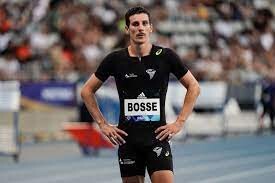
Bosse finished fourth at the 2016 Rio Olympics but was eliminated before the finals in the Tokyo Games in 2021.
He has never regained the form which saw him crowned world champion over 800m in London in 2017.
He won bronze at the European championships in 2012 and 2018.
Not being able to achieve his Olympic dream has been tough, said Bosse, who explained how he had "spent days in bed".
"I no longer went out, I no longer played sports, I must not have been good to look at," he continued.
"I bottled things up a lot. At first I did not dare to tell my loved ones so as not to hurt them. My mother's dream was for me to go to the Games in Paris. The end of my career is still hard to admit," added the five-time French champion.
(12/27/2023) ⚡AMPParis 2024 Olympic Games
For this historic event, the City of Light is thinking big! Visitors will be able to watch events at top sporting venues in Paris and the Paris region, as well as at emblematic monuments in the capital visited by several millions of tourists each year. The promise of exceptional moments to experience in an exceptional setting! A great way to...
more...Tata Mumbai Marathon organizers have announced the millions up for grabs for runners as they unveiled their International Event Ambassador
The Tata Mumbai Marathon race organizers have announced a prize money pool of Ksh 63,277,200 that will be up for grabs for athletes who display impeccable performances.
The 19th edition of the marathon, a World Athletics Gold Label Race, is scheduled for Sunday, January 21, and it has already attracted runners from across the globe.
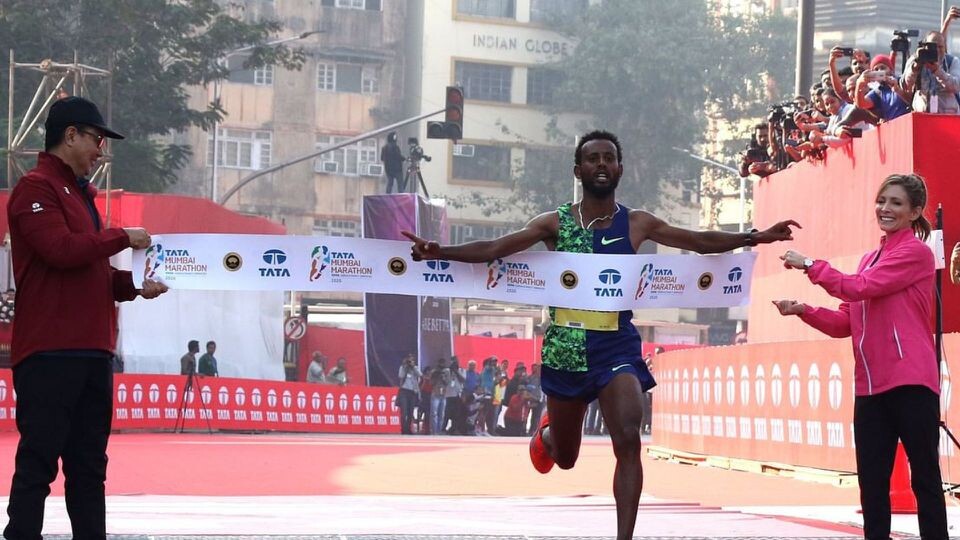
During last year’s edition of the event, both the men’s and women’s races were dominated by Ethiopians with the women’s race seeing a clean podium sweep of Ethiopians.
The men’s race saw Kenya’s Philemon Rono spoil the Ethiopians' party as he finished second in the hotly contested race.
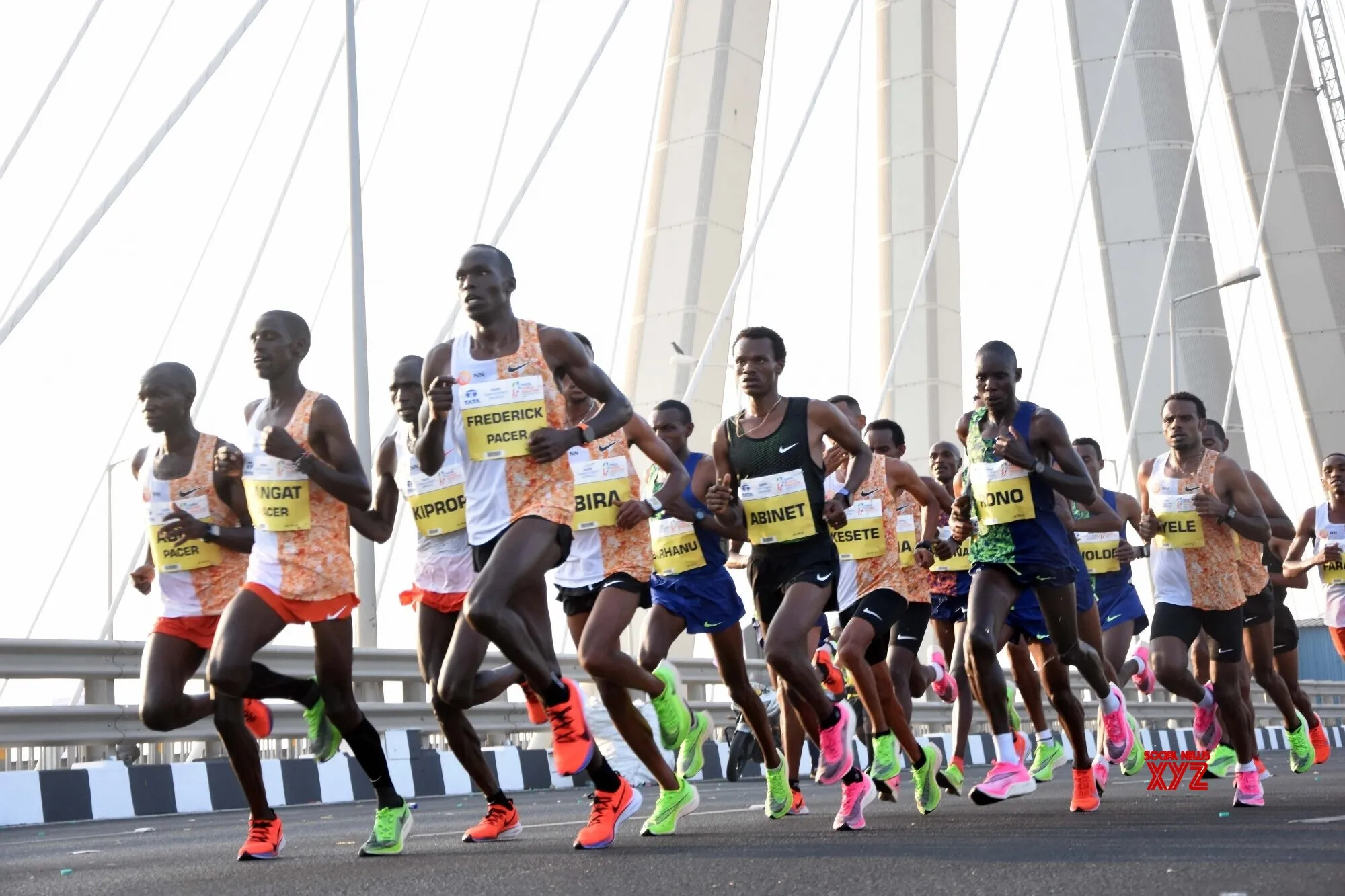
Meanwhile, Olympic and World champion Pole Vaulter Katie Moon has also been unveiled as the International Event Ambassador for the Tata Mumbai Marathon 2024
Moon has clinched three medals at the World Athletics Championships which include a silver in the 2022 World Indoor Championships in Belgrade, and a gold medal at the 2022 Eugene and 2023 Budapest World Athletics Championships.
In 2023, she also won the top slot in the Diamond League. Moon hit a streak with two medals in 2018 alone including a gold at the Toronto NACAC Championship and a silver in the London Athletics World Cup. In the consecutive year, Moon pocketed a silver in the 2019 Lima Pan American Games.
"While running the race of life, every step is an opportunity to inspire and make a difference. I am deeply honored to be named the International Event Ambassador for Tata Mumbai Marathon 2024, where each stride carries the spirit of resilience, determination, and community.
I look forward to inspiring and being inspired by the incredible participants as we come together to celebrate the power of human potential and the pursuit of excellence. Let's lace up Mumbai, and run towards a healthier, and happier future!” she said.
Meanwhile, Vivek Singh, Jt MD, Procam International, said: “We are thrilled to welcome Katie Moon to our Tata Mumbai Marathon family as the esteemed International Event Ambassador.
"With her unparalleled sporting spirit, competitiveness, passion for excellence, and dedication to making a positive impact, we're confident she'll inspire countless others to join us on this incredible journey!"
(12/27/2023) ⚡AMPby Abigael Wuafula
Tata Mumbai Marathon
Distance running epitomizes the power of one’s dreams and the awareness of one’s abilities to realize those dreams. Unlike other competitive sports, it is an intensely personal experience. The Tata Mumbai Marathon is One of the World's Leading Marathons. The event boasts of fundraising platform which is managed by United Way Mumbai, the official philanthropy partner of the event. Over...
more...Try this turn-it-up tempo workout over the holidays
Getting back into speedwork when you’ve taken some time off can be daunting. If you’ve done nothing but easy runs for the last several weeks (or months), the last thing you want to do is jump right into a big interval workout or long, hard tempo run. This turn-it-up tempo is the perfect solution when you want to re-introduce some speed without crippling yourself for the rest of the week. Give it a try, and have fun!
The workout is broken up into one-minute “intervals,” which are further separated into a 30-20-10 breakdown. The first 30 seconds of each minute are run at an easy pace, and then you turn up the speed a bit (hence the name) for the next 20 seconds, so you’re running at a moderately quick pace. You crank up the pace again for the last 10 seconds, so you’re running at a hard effort, before repeating the sequence.
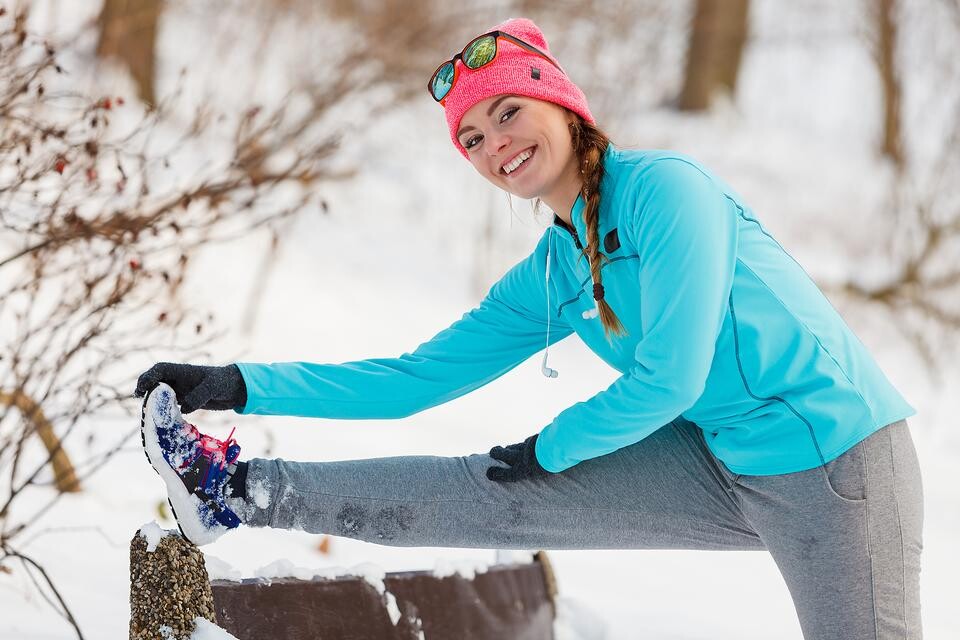
The purpose of this workout is to work on your turnover and get your heart rate up. There is no rest during the session, but you can run as slow as you need to during the “easy” portions to ensure you’re able to turn up the pace in the 20- and 10-second sections.
The workout

Warmup: 15-20 minute easy jog
Workout: 10-15 x (30 seconds easy, 20 seconds moderately quick, 10 seconds hard)
Cooldown: 10-15 minute easy jog, followed by light stretching
(12/26/2023) ⚡AMPby Brittany Hambleton
Betty Chepkwony among strong contenders set for 2024 Dubai Marathon
2023 Rome Marathon champions Betty Chepkwony and Rotterdam and Osaka Marathons winner Haiven Hailu Desse of Ethiopia lead the list of athletes set to feature in the 2024 Dubai Marathon.
The marathon is slated for January 7 in Umm Suqeim and Chepkwony, 28, will be keen to improve having gained international recognition with her triumph in the Rome Marathon, securing a personal best time of 2:23:02.
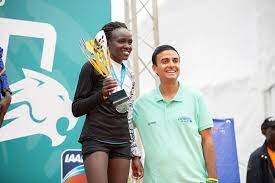
Betty Chepkwony rival
On the other hand, Hailu, a 25-year-old marathon prodigy, has already made her mark with impressive wins and holds a personal best of 2:20:19 from the 2019 Amsterdam Marathon.
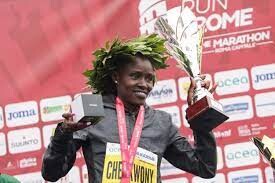
In the men's category, Ethiopians Workineh Tadese Mandefro and Kebede Tulu Wami aim to clinch their first Dubai Marathon titles.
Tadese achieved a notable personal best of 2:05:07 at the Hamburg Marathon in 2022, while Kebede Tulu has consistently improved his marathon times since the 2020 Mumbai Marathon, culminating in a personal best of 2:05:19 at the Seville Marathon in February 2023.
Event Director Peter Connerton expressed excitement about the strong elite field, with more names expected to be confirmed in the coming weeks.
“The elite field is looking strong with several more names to be confirmed in the coming weeks,” Connerton said.
“The athletes are excited about the event returning to the flat and fast course around Umm Suqeim, the Burj Al Arab and the Jumeirah Beach Road, which is renowned for delivering fast times.”
(12/26/2023) ⚡AMPby Amanga Collins
Dubai Marathon
In its relatively brief history (the race was first held in 2000), the Dubai Marathon has become one of the fastest, most respected and the most lucrative marathon in the world in terms of prize money. Each year thousands of runners take to the roads in this beautiful city in the United Arab Emirates (UAE) for this extraordinary race starting...
more...No Kenyans have been invited to the Osaka Women's marathon elite field
The race organizers have announced the elite fields for the Osaka Women's Marathon.
The Osaka Women’s Marathon race organizers have announced the elite field for the event scheduled for Sunday January 28, 2024 and surprisingly no Kenyan has been invited.
Ethiopia’s Workenesh Edesa headlines the field with a Personal Best time of 22:18:51. The Ethiopian has enjoyed a great 2023 season that saw her finish among the top 10 in all her three marathons.
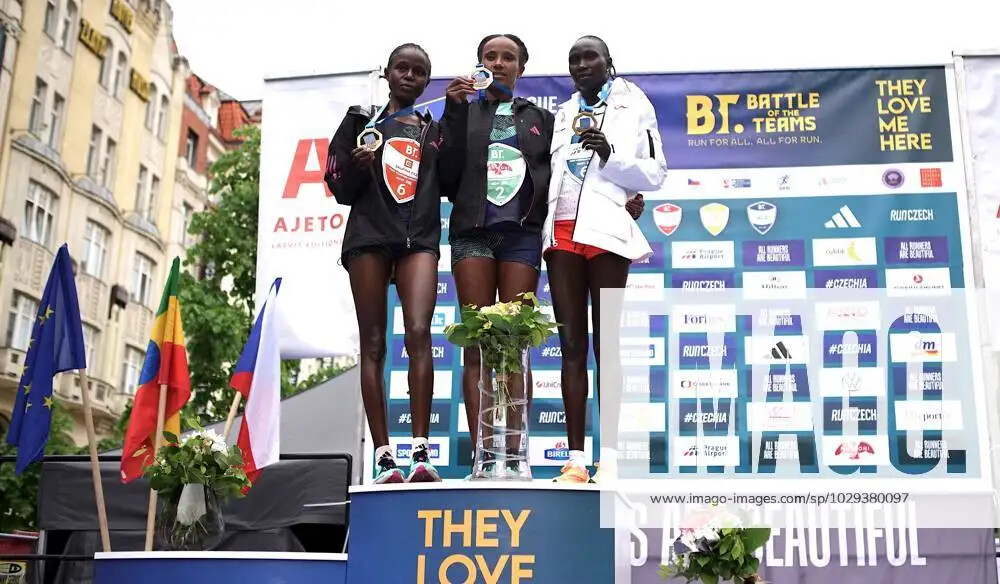
She opened her campaign with a fourth-place finish at the Tokyo Marathon before dominating at the Prague Marathon, taking top honours.
The 31-year-old then completed her season with a seventh-place finish at the Berlin Marathon in September.
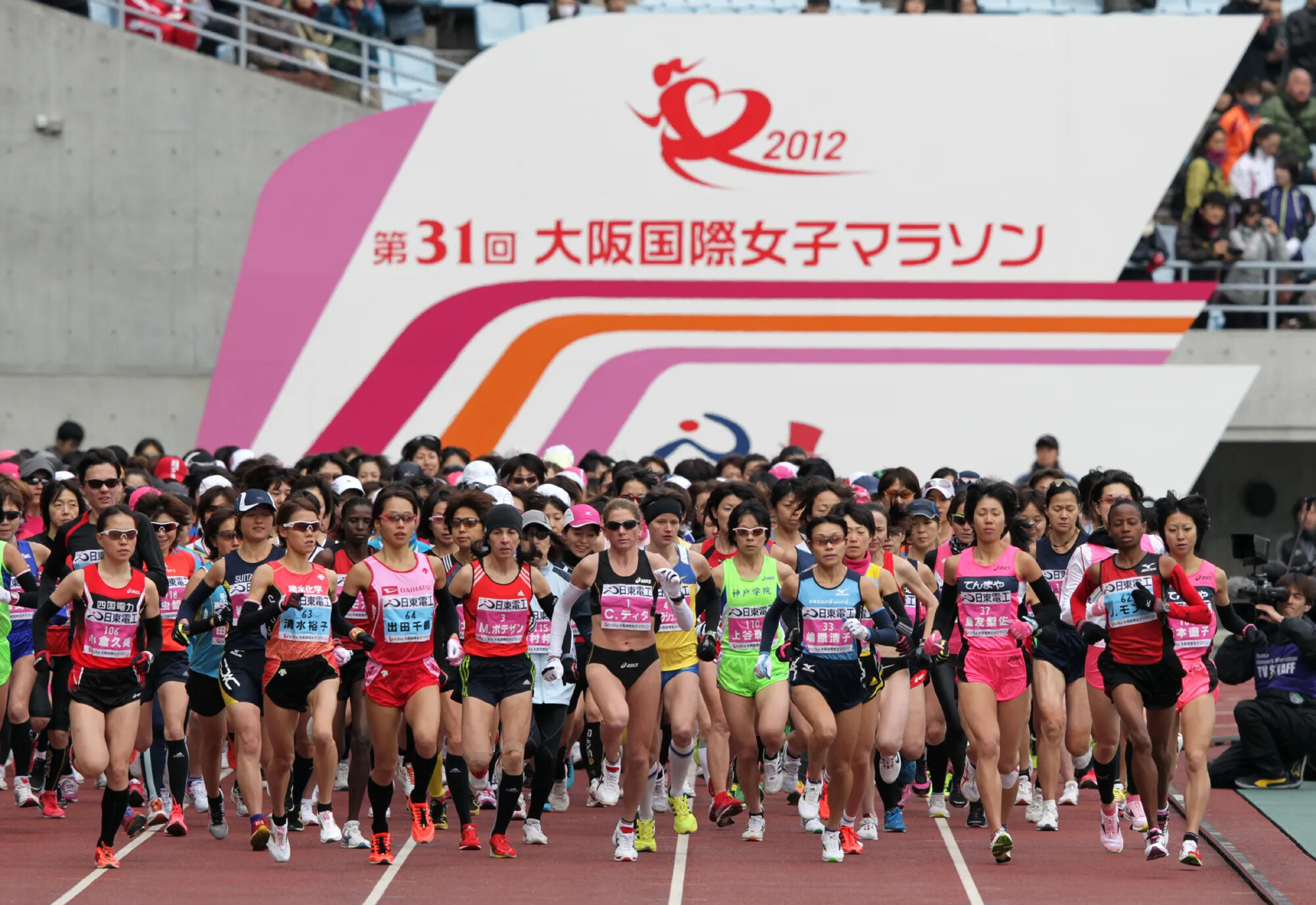
She will be joined by compatriot Meseret Gola, the third-fastest athlete in the field, who will be vying for a place on the podium too. Gola returns to the familiar course after her second-place finish during this year’s edition of the race.
The 25-year-old also finished seventh at the Amsterdam Marathon back in October to end her season.
Uganda’s Stella Chesang has also been invited and she will be keen to make an impression in what will be her second marathon in her career.
The Ugandan made her marathon debut at the Haspa Marathon and finished an impressive third. She will be hoping to build on that as she heads to Japan. The time she clocked qualifies her to be the second-fastest in the field.
Home talent will be led by Mizuki Matsuda, who will be joined by compatriots Sayaka Sato, Honami Maeda, and Rie Kawauchi among other runners.
(12/26/2023) ⚡AMPby Abigael Wuafula
Osaka International Womens Marathon
The Osaka International Ladies Marathon is an annual marathon road race for women over the classic distance of 42.195 kilometres which is held on the 4th or 5th Sunday of January in the city of Osaka, Japan, and hosted by Japan Association of Athletics Federations, Kansai Telecasting Corporation, the Sankei Shimbun, Sankei Sports, Radio Osaka and Osaka City. The first...
more...Thomas Kibet taken off Tallinn Marathon podium finish after doping offense and he must return the nearly $18,000US in prize money
Kenya's Thomas Kibet has been stripped off his Tallinn Marathon second-place finish and slapped with a three-year ban after violating an anti-doping rule.
Kenya’s Thomas Kibet Kutere is the latest athlete to be added to the list of shame owing to the presence/use of a prohibited substance (Norandrosterone).
The Athletics Integrity Unit announced that the athlete will be banned for three years and his results from September 10 have since been disqualified.
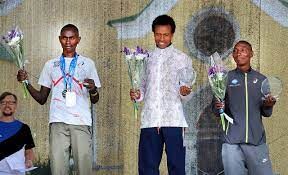
This means that his second-place finish at the Tallinn Marathon will be disqualified and he would also be forced to return the prize money of Ksh 2,727,663.06 ($17,977US).
The AIU requires that after a doping offense, the national federations should, “Ensure full enforcement of any final decision taken under the World Athletics Anti-Doping Rules, including the return of a disqualified athlete’s medals, titles and awards and repayment of prize money.”
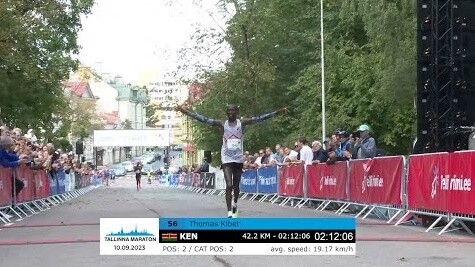
Meanwhile, Kibet’s term has also been reduced to three years after he admitted to having committed the offense.
“In the event that the Athlete or other Person either admits the violation and accepts the proposed Consequences or is deemed to have admitted the violation and accepted the Consequences as per Rule 8.5.2(f), the Integrity Unit will promptly.
“issue a decision confirming the commission of the violation(s) and the imposition of the specified Consequences (including, if applicable, a justification for why the maximum potential sanction was not imposed),
“Publicly Report that decision in accordance with Rule 14; and send a copy of the decision to the Athlete or other Person and to any other party that has a right, further to Rule 13, to appeal the decision (and any such party may, within 15 days of receipt, request a copy of the full case file pertaining to the decision),” the AIU said in a statement.
(12/26/2023) ⚡AMPby Abigael Wuafula
Tallin Marathon
The Tallinn Marathon has won a sure place in the competition calendar of runners and has become an attractive destination for running tourists looking for new experiences. About 20 000 running enthusiasts from 56 different countries participated in the 2017 event. As a tradition, the marathon will take place in every second Sunday of September, this year 9th of September,...
more...Shoe tech advances is the key reason why the winning time at the Paris Olympics marathon could be under two hours
Racing shoe tech advances is helping bring the sub-2 hour marathon ever closer, but will barrier finally be broken in France?
The winning marathon time at the 1924 Paris Olympics was more than 40 minutes slower than the 2:00:35 run by Kelvin Kiptum in Chicago in 2023
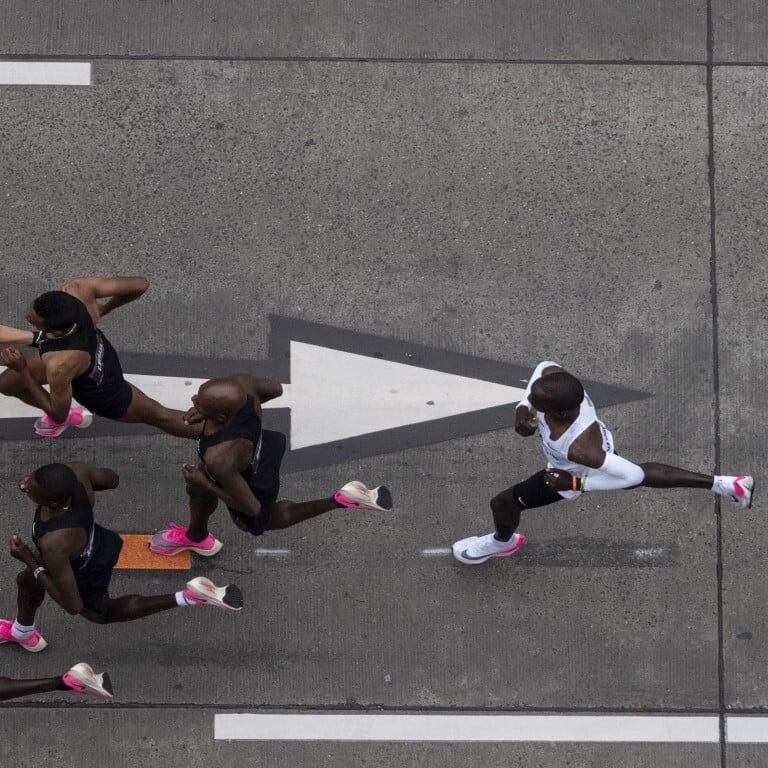
With shoe technology advancing by the day, an official marathon time of below two hours is seemingly just months away.
A century after the 1924 Paris Olympic men’s marathon was won by Finn Albin Stenroos in two hours, 41 minutes and 22 seconds, next year’s Games in the same city could feature the first official sub-two hour time for the distance after 2023 saw more barriers smashed.
Kenya’s double Olympic champion Eliud Kipchoge, who dipped under two hours with his unofficial Ineos challenge run in 2019, had dragged the record down to 2:01.09 in 2022.
But in October this year compatriot Kelvin Kiptum stunned the sport when the 23-year-old took more than half a minute off the great man’s mark to post 2:00.35 in Chicago to kick-start talk of when, rather than if, a legal sub-two would arrive.
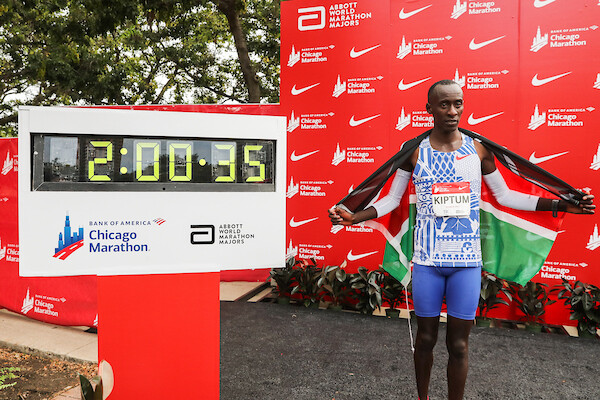
That came two weeks after Ethiopia’s Tigst Assefa took more than two minutes off the women’s record with 2:11.53 - a time that would have been the men’s world record until 1967.
Talented and hard working though both champions are, the key component of their incredible times was unquestionably the latest developments in shoe technology that has made comparisons with earlier eras, even last decade, largely meaningless.
(First photo) Adidas CEO Bjorn Gulden, holds a shoe worn by Ethiopia’s Tigist Assefa when she set a new women’s world record at the Berlin Marathon.
Kipchoge’s performances opened the world’s eyes to the condensed foam, carbon-plated super shoes Nike claimed could increase running efficiency - the amount of oxygen consumed per minute - by 4 per cent.
Soon, every major race start line was awash with the trademark dayglow Nike Vaporfly and Alphafly.
Although the sport’s governing body, World Athletics, tried belatedly to rein things in with their stack height regulations in 2020, the genie was out of the bottle and it did not take long for other companies to close the gap.
Assefa ran Chicago in a new Adizero Adios Pro Evo 1 shoe, retailing at just under US$500. It conforms to the 4cm height rule but, at 138 grammes, weighs about 40 per cent less than any previous Adidas racing shoe.
The latest theory around the shoes is that the carbon plates have only a limited effect and it is the “barely-there” weight, combined with the energy-return cushioning and “rockers”, that prevents the fatiguing impact of previous thin-soled “racing flats” and allows athletes to maintain their optimum speed for longer.
Adidas says its newest shoes are “enhanced with unique technology that challenges the boundaries of racing” and highlight a foot rocker that it claims triggers forward momentum and further enhances running economy.
Nike is not about to hand over the baton just yet, however, as Kiptum achieved his record in yet another prototype, the Alphafly 3, also worn by women’s Chicago champion Sifan Hassan, who took almost five minutes off her personal best with the second-fastest women’s time ever of 2:13.44.
It was a similar story in several athletics events at the 2021 Tokyo Olympics where a combination of a fast track and revolutionary spikes produced some jaw-dropping records.
Such is the sport’s seeming obsession with times rather than races that the pressure to keep installing faster tracks and allowing ever more beneficial shoes shows no sign of abating.
The Paris Olympic athletics programme will undoubtedly produce magical moments, but it is photographs of athletes posing by their world record time on the finish line clock that usually claim the front pages.
(12/25/2023) ⚡AMPParis 2024 Olympic Games
For this historic event, the City of Light is thinking big! Visitors will be able to watch events at top sporting venues in Paris and the Paris region, as well as at emblematic monuments in the capital visited by several millions of tourists each year. The promise of exceptional moments to experience in an exceptional setting! A great way to...
more...Four ways to be more consistent in 2024
We all want to take the fast track. When it comes to achieving health, well-being and peak performance, the allure of quick fixes and heroic efforts is undeniable. But in a world where instant results are often glorified, embracing a consistent and sustainable journey can be the key to long-term success. Brad Stulberg, performance coach and author of Master of Change: How to Excel When Everything Is Changing – Including You, outlines a few essential practices to follow to rack up consistent repeated gains in 2024, and beyond.
1.- Avoid pushing to extremes

“If you go for broke you often end up broken. If you swing for home runs you often end up striking out. But if you just put the ball in play—over and over again—good things tend to happen,“ Stulberg shares on his website. There’s a common misconception that pushing yourself to the extreme is the only way to make significant progress. However, as seen in the story of the late Ron Hill, who ran every day for more than 52 years, sustainability is the true secret to lasting success. Hill’s consistency, rather than sporadic extreme efforts, allowed him to achieve an unparalleled feat. While social media often showcases wild workouts, it’s crucial to recognize that sustained efforts (even if they aren’t flashy) yield better results in the long run.
2.- Progress is not linear
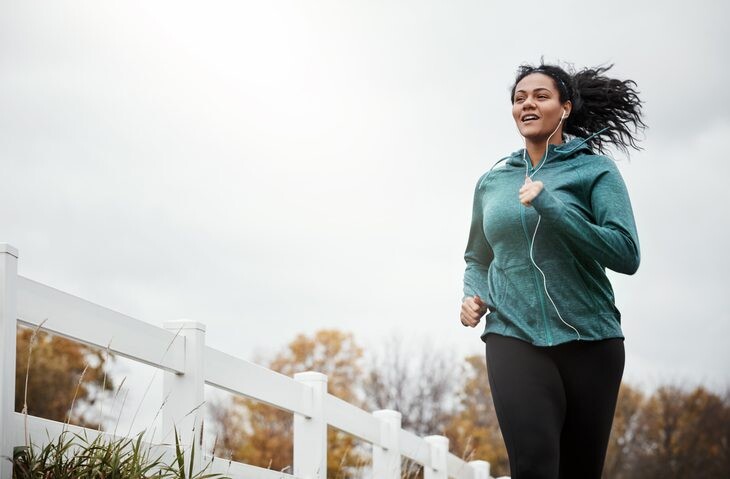
In a world obsessed with visible progress, many individuals find themselves burning out not just after setbacks but also following significant achievements. The trap lies in expecting continuous visible growth, especially when aiming for marginal gains becomes challenging. The key to longevity is reframing your work as an ongoing practice, measuring the overall process and allowing progress to naturally unfold as a result of consistent commitment. “The goal has got to shift from visible progress to sustained and wise effort,” Stulberg says.
Progress is not always straightforward, and even though you may notice initial rapid improvements, the path becomes more incremental over time. Understand and appreciate this non-linear trajectory. Patience and enjoyment of the process are key to allowing progress to unfold in a unique, non-linear way.
3.- Build your foundation
“There is no such thing as an overnight breakthrough,” says Stulberg. Research suggests that hot streaks, or periods of exceptional performance, are unpredictable and often emerge from a foundation of consistent work. Building a strong, sturdy base is key to growth and strong performance, and what appears to be a sudden breakthrough is built on a history of incremental improvements. Progress is a gradual process that requires dedication, effort and time.
4.- Show restraint
Restraint can be a powerful tool as you pursue consistent progress. Knowing when to stop, even when you feel good, is the secret to maintaining a rhythm over an extended period. Sustainable progress requires a balance between giving your best on any given day and saving energy for the long haul. Recognize the difference between short-term intensity and the long-term commitment needed for sustained success. “Sustainable progress, in just about every and any endeavor, requires stopping one rep short, at least on most days,” says Stulberg.
(12/25/2023) ⚡AMPby Keeley Milne
What Will Health and Fitness Look Like in 2024? We Asked Some Experts.
Adults will take recreational cues from their children, “unprocessed” will become a marketing asset, and rodents will show us the way to eternal life.
It’s almost a wrap for 2023, which means it’s time for our annual list of fitness predictions for the coming year. As in the past, we reached out to several experts to ask what we should expect for 2024. Beyond forecasting a specific food fad or workout craze, these predictions are often about identifying a subtle shift in the zeitgeist when it comes to how we think about what it means to live well.

Over the years, a consistent theme has emerged: How do we embrace advances in science and technology without losing sight of the tried-and-true, or letting them corrupt an essential humanist element? This question has probably never been more urgent than in our era of accelerated machine learning. When I recently spoke to my friend Scott Lachut, a longtime veteran of the trend forecasting industry, he told me that he’d come across a few examples of gyms that offer AI-based trainers with different “personalities.” Depending on whether you wanted to be coddled or subjected to dominatrix-style abasement, your virtual coach would be able to accommodate your needs.
“I personally think that generative AI being able to offer personalization at scale is going to be pretty interesting, if a bit Big Brother-y,” Scott told me. This reminded me of that frequently cited proverb of uncertain origin, “May you live in interesting times.” Depending on your source, the line is either meant as a blessing, or a curse.
My guess is that “ultra-processed” will be the food term of the year as everyone who cares about what they eat realizes that they need to cut down on foods that are industrially produced, use industrially extracted ingredients, and are designed to replace real foods and be “addictive.”
Much evidence associates these foods with overweight and obesity-related chronic diseases (heart disease, type 2 diabetes, etc), and overall mortality. One clinical trial supports the addiction hypothesis; it demonstrates that people who eat ultra-processed diets as opposed to matched diets based on minimally processed foods take in many more calories. I would not be surprised to see non-ultra-processed products starting to be advertised as such.
—Marion Nestle, professor emerita at New York University and author of the Food Politics blog
Sometime in 2024, we will learn of an epochal breakthrough in the quest for longevity. There will be a molecule that, when given in sufficient quantities to certain transgenic rodents, extends life by an amount that, when extrapolated from rodent-years to human-years, is statistically significant. Human trials will be planned; venture capital will flow like red wine; extremely long podcasts will be recorded. Obscure herbs that contain molecules distantly related to the breakthrough will flood the Internet. The global wellness market will reach a projected size of $6.6 trillion. Life expectancy in the United States will continue its decade-long decline.
–Alex Hutchinson, Outside Sweat Science columnist and author of Endure: Mind, Body, and the Curiously Elastic Limits of Human Performance
For too long, runners at the back of the pack have felt left behind by the larger running community. Few running clubs provided support for the 12-minute (or more) mile crowd, and many race organizers packed up water stations or ran out of medals before the slowest runners crossed the finish line. Thankfully, this is beginning to change, largely due to the work of slow-running activists like Martinus Evans, founder of the Slow AF Run Club, who published a book by the same name last summer. As Evans’s star has risen, so has support for his cause: The virtual club is now more than 18,000 members strong, and runners around the world have been inspired by his calls for greater inclusivity in fitness. The past few years have also seen the launch of several in-person pace-inclusive running groups.
As more slow runners feel welcome at running events, the average course time for many major races, including the New York City Marathon, is slowing down. “The stigma of being a back-of-the-pack runner is slowly going away,” the marathon’s race director, Ted Metellus, recently told The Washington Post. Most of us face plenty of barriers to simply lacing up sneakers and finding the time to move. I’m hopeful that, for growing numbers, speed will no longer be one of them.
—Danielle Friedman, journalist and author of Let’s Get Physical: How Women Discovered Exercise and Reshaped the World
Amidst the increasing chaos and tumult of everyday life, people will crave stability and simplicity from their health and fitness routines. There will never be a shortage of those who are into the latest fad or bro-science gimmick, but it seems more and more people are becoming tired of this. There is already so much noise in the world, and one’s health and fitness approach need not contribute to it.
I suspect it’ll increasingly be back to basics—because not only do basics work, but they aren’t so exhausting. Out with the social media hype speeches from $8,000 cold plunges at five in the morning, in with a morning pot of coffee or tea, reading a book, and 30 to 60 minutes of movement that you can do consistently. The former sounds cool. The latter is the path to actual health and well-being.
—Brad Stulberg, executive coach and author of Master of Change: How to Excel When Everything is Changing, Including You
Social media can have an unfortunate flattening effect—it can feel like every person on your feed wants the exact same thing. Angels Landing is the only hike worth doing, Yosemite the only public land worth visiting, and the six big-city marathon “majors”—New York, Boston, Chicago, London, Berlin, and Tokyo—are the only footraces worth contending. Interest in these races has boomed (Boston qualification keeps getting harder, lottery applications to Chicago have more than doubled over the last decade) even as smaller marathons stagnate or even decline. Something has to give, just as a matter of pure arithmetic, so perhaps this will be the year of flexing on your followers with a PR in your local grassroots 10K.
–Chris Cohen, deputy site editor and wellness editor at GQ.com
Everyone is lonely. We are starved for human connection and contact. We are starved for reasons to go outside. We are all withering and calcifying, physically. The natural answer is, of course, stay with me, PvP zones. What is a PvP zone, you ask? PvP zones, in open-world video games, are designated areas where players are able to directly interface with—OK, attack—one another. I do not mean for there to be actual violence, obviously. But a place for adults to engage in relatively unstructured play? We need it, now more than ever.
I see you shaking your head, but that only proves how badly you need to engage with your fellow humans in a PvP zone. You may think I’m joking, but I am entirely serious. I take my dog to the dog park, and then I sit there roiling with jealousy for 45 minutes. How is it that we have a place for her, a dog, to get up to shenanigans with her fellows, while the only acceptable thing for me to do outside is sit on a bench? It’s preposterous.
I, we, have basically all the same needs as a dog for play and exercise and, most importantly, fun with others. We are grown adults. We should, theoretically, be allowed to do whatever we want. Why is “goofing around in parks” the provenance of only dogs and children? Why are we not allowed to do some good old-fashioned light roughhousing, to chase one another in and out of trees, just because it’s fun and funny only if you, very crucially, don’t think about why or what for at all? If you are thinking “You’re just describing jiu jitsu class, or recreational softball”: sort of. But the most crucial aspect of the PvP zone is that it’s structureless, a place where no one loses and skill doesn’t matter.
I don’t think anyone would argue that many of us think entirely too much now. Perhaps the solution to all of our ills is to just designate an area of our parks where it is acceptable to go up to another person you don’t know and say “tag, you are it” and then run away. PvP zones. It could, and should, and by my estimation will, happen.
—Casey Johnston, creator of the She’s a Beast newsletter
A combination of sustainable lifestyle changes and personalized solutions will reimagine sick care. I think health spending will shift from reactive to proactive care in the coming decades. More movement and healthy food should be the first line of defense. Building on that foundation, health trackers, preventative diagnostics, and coaching/care platforms will help save the U.S. healthcare system trillions of dollars in the long run.
—Anthony Vennare, co-founder of the Fitt Insider newsletter
People have come around to the fact that shorter workouts still have benefits (see exercise snacks!) and that high intensity workouts do not have to be long. What we are going to see next is the swell of lower intensity workouts having a lap in the spotlight. More men taking Pilates, people walking, lower intensity steady state exercise (Zone 2 and otherwise), and wanting to feel better instead of just being fitter.
As millennials’ life responsibilities start to pile-up as this cohort of individuals who were born into the wellness boom continue to age, the wear and tear that intense workouts have on the body will rear its head. Additionally, people are starting to understand more of the science behind benefits of lower intensity steady state work, especially for the heart. The “soft life” mindset will show up in the gym.
—Joe Holder, founder of The Ocho System and GQ wellness columnist
We’re at a point where I think we’re going to have to redefine how we see health and wellness in a number of ways. On the one hand, we’re going to have to reckon with the environment we’ve created. There’s an increasing acknowledgement that having phones everywhere, at all times, is causing some disastrous mental health in teens and young adults. And for the rest of us, the impact of neglecting green space, parks, walkable areas, and so much more in our day-to-day living is setting us up to fail.
On the other hand, the promise of medical discoveries like GLP-1 drugs bring much needed avenues for meaningful change. The first legitimate drug for obesity will force us to wrestle with how we see health, from both a personal and medicalized approach. My hope is that we find ourselves wrestling with the nuance in the middle, finding ways to utilize medical breakthroughs, while creating an avenue for long-term sustainability by making our environment invite healthier actions.
—Steve Magness, track and field coach at the University of Houston, coauthor of The Passion Paradox and Peak Performance, and cofounder of The Growth Equation
Growing up in an Asian-American family, the greatest compliment anyone in my family could give about a dessert was, “it’s not too sweet.” This aversion to cloying sweetness, which was hard coded into my palate from a young age, has caught on with the mainstream. Starting with long overdue realignment of the soda industry toward sparkling water as the hero, to the continued rise in popularity of Asian food with its greater emphasis on savory over sweet, to the all-too-common experience of asking your server for a wine recommendation that’s “on the drier side,” sweetness continues to be marginalized.
But while sugar has been demonized for decades from a nutritional standpoint, eaters are now reducing sugar intake for purely taste reasons, not just health ones. Even people who aren’t militant about avoiding sugar are moderating it because they want to actually taste their food, not have their taste buds smothered in a wave of sweetness. And with rising negative sentiment around the healthfulness of artificial sweeteners and the general affinity for more unadulterated foods, diets in 2024 and beyond might not only continue to reduce sugar levels, but whatever small amounts of sugar they do eat will come from natural sources, not synthetic ones.
—Mike Lee, Founder of The Future Market, a trend forecasting company for the food industry
You used to have to go to a sterile clinic to get a longevity boost with Vitamin IV drips and stem cell therapy but resorts are now partnering with longevity centers to offer onsite treatments. Guests at Four Seasons Resort Maui at Wailea can get a poolside NAD+ IV drip. Katikies Kirini in Santorini now has an outpost of a ZOE Bio Regenerative Wellness Clinic where guests can get live blood analysis. And Six Senses Ibiza has partnered with biotech company RoseBar to offer guests full diagnostic testing that can inform biohack treatments like localized cryotherapy.
—Jen Murphy, Outside contributor and longtime fitness columnist for the Wall Street Journal
I think in 2024 sotol will take over from mezcal as the “it” cocktail. Cheers!
(12/25/2023) ⚡AMPby Outside Online
North Carolina Woman Sets New World Record in the Mile—Backwards
Ann Marie Pierce only runs one backwards race each year.
Wilmington, North Carolina, has a new backward-running superstar. On December 16, Ann Marie Pierce set a new world record for the fastest mile run backwards, crossing the line in 7:24.
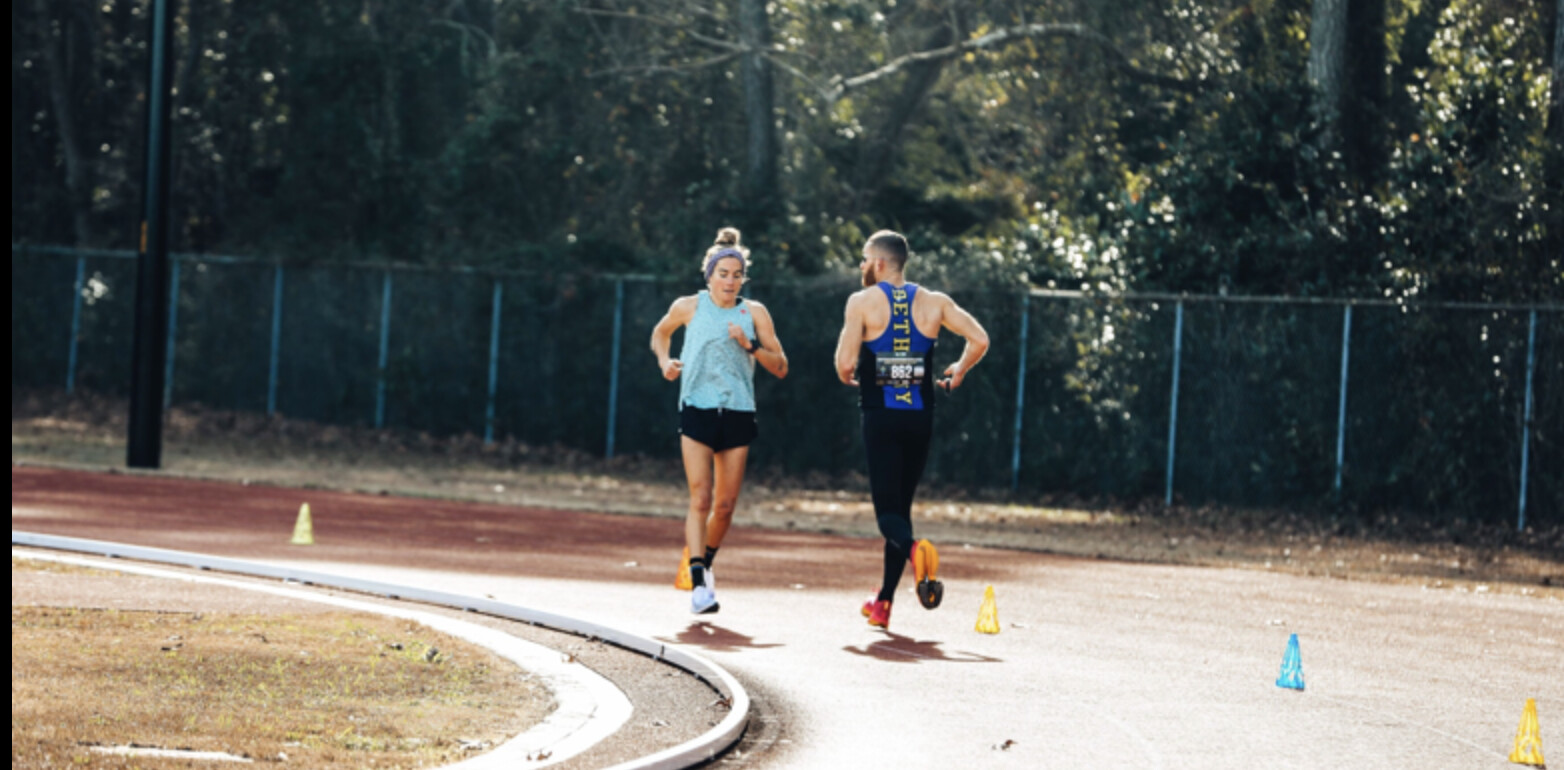
She had some help from the men’s backward mile world record holder, Aaron Yoder, who traveled from Kansas to North Carolina to attempt a new world record during the 2023 One Mile Backwards Challenge at the UNC-Wilmington track and field complex. “He fell short of the mile goal, but did earn the 2K American record backward after pacing me to a female backward mile on the track world record,” said Pierce in a caption on Instagram after the event.
“I run backward once each year, and it’s at this backward mile challenge! I’m always up for wild challenges that force me to step out of my comfort zone, especially if it’s to raise awareness for missions such as Optimism Oasis!” Pierce continued in the caption.
Pierce says that although she had been registered for the event months prior, she didn’t realize she would be attempting a world record until two days beforehand. “Aaron and Tracy said my chances were high if I could run under 8 minutes. I got a few pointers from the world record holder himself and said I’d humble myself and give it a shot for the kids, though I did have doubts I could actually pull it off,” she said of the challenge.
Pierce praised the technical difficulty of the track, noting that knowing where to focus your eyes takes a bit of figuring out without getting dizzy. “I realized I had to have my hair in a bun, or else the ponytail would whack and cover my face in the wind,” she said. When asked what hurt the most post-race, Pierce said her legs held up fine, but her lungs were taxed from inhaling the cool air.
Still, Pierce said she was happy to be a part of the race and break the record. “At the end of the day, there’s always a message and reason—don’t be afraid to try something that challenges you—and it’s okay to not be the best at something. I’m most inspired by people in life that choose not to give up and work for what they find joy or purpose in.”
A couple of dozen people gathered for the event, many also running in the backward mile race to support Optimism Oasis, a nonprofit multi-sports and cultural facility.
Pierce says she has done other “wild and silly” world record-breaking times, like running pregnant and double and single stroller racing, but she hasn’t made them official. “I have a lot of fun keeping running extra mysterious by challenging myself to these weird things. Hopefully inspiring others [to] give things a shot too.”
Pierce closed out her post by adding her own mantra about running: “Keeping things weird one stride at a time.”
(12/24/2023) ⚡AMPby Runner’s World
Chinese company to boost annual bonuses for running mileage
A Chinese paper company, Guangdong Dongpo Paper Co., has revealed an innovative approach to enhance employee well-being by tying bonuses to physical activity levels. Situated in Guangdong province, the company intends to reward employees based on the distance they run, hike, or walk each month, as reported by Guangzhou Daily.
According to the new incentive program introduced by company chairman Lin Zhiyong, a dedicated fitness enthusiast known for conquering the north and south slopes of Mount Everest, employees who achieve a minimum of 100 kilometres (62 miles) monthly will qualify for an annual bonus equivalent to 130 per cent of their monthly salary. Those covering at least 50 kilometres (31 miles) per month will receive a bonus equivalent to one month’s salary.

Approximately 100 employees at Guangdong Dongpo Paper Co. will have their physical activity tracked through an app. Failing to meet the specified targets will lead to a reduction in bonuses, where employees covering less than 40 kilometres (25 miles) will receive only 60 per cent of their total annual bonus. Those who manage only 20 kilometres (12 miles) per month will be eligible for a more modest 30 per cent.
The idea comes into play after Lin “spent more than three years” trying to get his employees to exercise more. In a bid to encourage consistent participation, employees logging 50 kilometres (31 miles) for six consecutive months will be rewarded with a new pair of running shoes.
“Chinese company fires employee for not running fast enough” — Canadian Running Magazine
The novel bonus scheme has garnered positive feedback from employees, with one stating, “not only do they exercise, but they also get paid. It kills two birds with one stone.” However, some skepticism has surfaced on the Chinese social media site Weibo, with one user writing, “100 kilometres a month and 3,000 metres a day? Does this require employees to become long-distance runners?” Another expressed concern about the company’s future: “You can pay attention to the future direction of this company. I think it may go bankrupt in the next five years.”
(12/24/2023) ⚡AMPby Running Magazine
3 holiday running traditions we love/hate
The holiday season is upon us, and along with the festivities and merriment comes the fun and occasionally troublesome world of holiday running traditions. Despite many of us having a love/hate relationship with these common Christmas running conventions, we find ourselves engaging in them year after year. Here at Canadian Running we’ve compiled a short list of holiday running traditions that some of us enjoy–and some of us wish would fade into the memories of Christmas past.
The Christmas Day family run
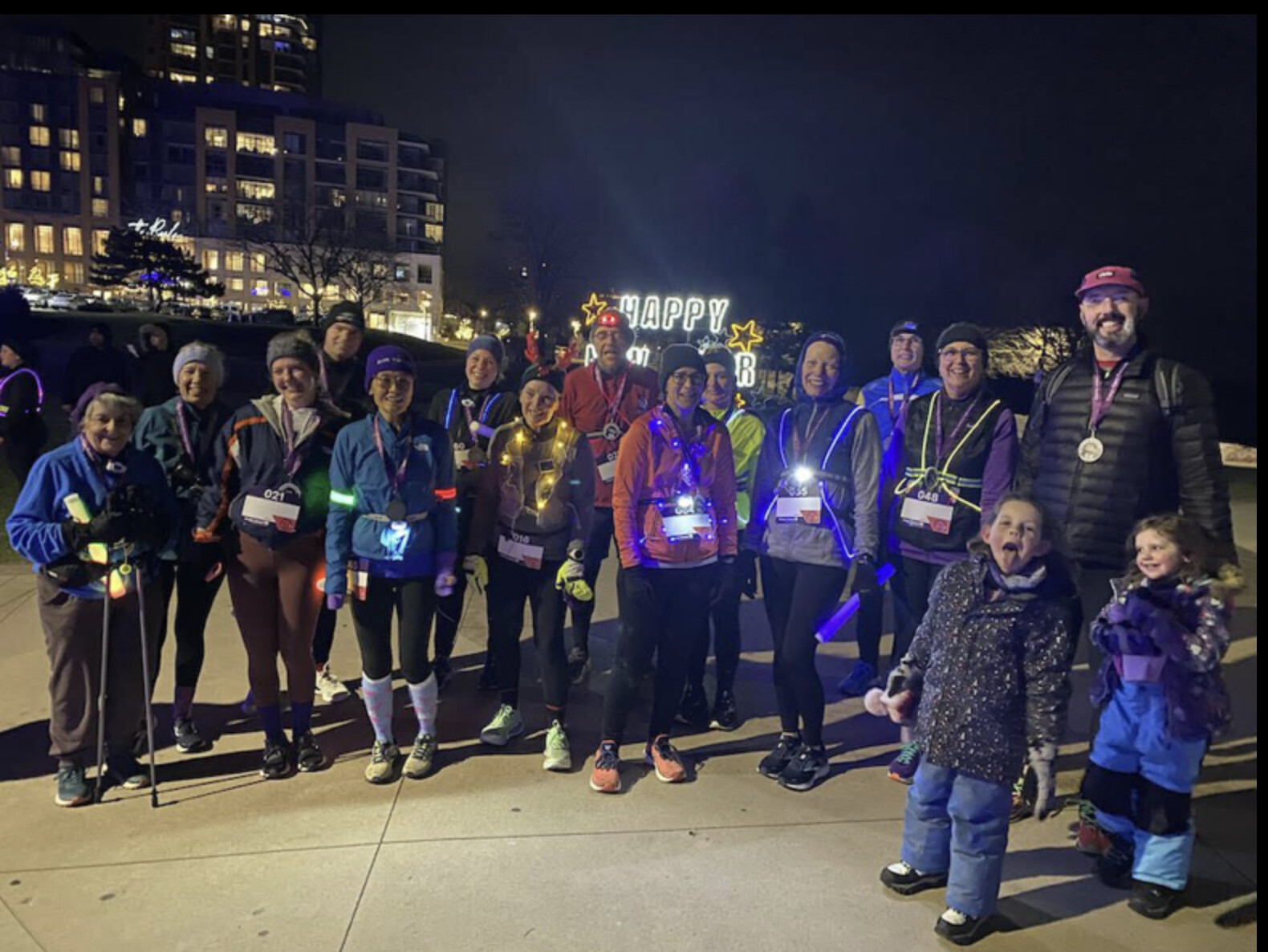

Ah, the Christmas family run—an occasion that can either foster delightful memories or strain relationships. Some family members are eager to participate, sprinting through the streets like reindeer in training, while others find it as appealing as an ill-fitting holiday sweater.
If you have family members who’d rather spend Christmas Day untangling last year’s Christmas lights than start their day with a chilly 5K, consider letting them off the hook. Or put them on breakfast duty–that way you’ll have a hot cup of coffee and a warm meal waiting for you when you get back.
The running friends’ gift exchange
The running friends’ gift exchange is a delightful tradition for those lucky enough to have a run crew that feels like a second family. A tight-knit running group can effortlessly navigate this festive ritual, exchanging presents that reflect their love for the sport and each other. Finding the perfect gift becomes a mission fuelled by friendship and inside jokes.
Of course, not all running groups share the same bond, and the gift exchange can devolve into an uninspired parade of running socks. But fear not, for even in socks, there can be warmth and comfort.
The hot chocolate run (and other liquid adventures)
Picture a merry group decked out in winter gear, trotting through the streets, stopping at various coffee or chocolate shops along the route to indulge in steaming cups of velvety cocoa. On the surface, it seems like a delightful tradition… at least for the first one or two stops.
As the run progresses and the cocoa consumption continues, bloated bellies and a sluggish stride can turn a fun run into a desperate search for a bathroom. And let’s not forget the other liquid adventures that runners engage in, like eggnog runs and beer runs, where consuming copious amounts of anything other than water can lead to regrettable side effects. If you’re considering participating in one of these traditions, proceed with caution.
Bonus tradition: the New Year’s Day hangover run
New Year’s Day—a time for reflection, resolutions… and for some, a hangover. Every year on January 1, runners drag themselves out of bed, swearing that this is the last time they agree to a run on New Year’s Day. But after struggling through five painful kilometres, the fog of a hangover lifts and they know, deep down, they’ll be back again next year.
(12/24/2023) ⚡AMPby Running Magazine
Feeling Terrible Two Days After a Hard Run? There’s a Reason….and a Solution.
You felt fine a day after your long run—so why the heck are you slogging through your easy workout two days later?
Picture this scenario: You get through a tough workout on Sunday—whether it’s a tough round of 800-meter repeats or 16 miles at marathon pace—and, surprisingly, you feel fine afterwards.

The next morning, you’re a little stiff, but nothing too serious. You take a day to rest, and then head back out on Tuesday for an easy run.
Then, boom. Your legs feel like they’re made of lead, you’re sore all over, and what’s supposed to be an easy run feels like you’re wading through molasses. What the heck happened?!
This is what Cory Smith, running coach and founder of Run Your Personal Best, calls “second-day syndrome.” The official term is delayed onset muscle soreness, or DOMS, but he likes to use second-day syndrome because it nails home the point that the ailment often happens two days after a hard workout, which a lot of people don’t expect.
Before getting to the bottom of why DOMS happens, let’s start with simple definitions. The American College of Sports Medicine defines DOMS as, “A sore, aching, painful feeling in the muscles after unfamiliar and unaccustomed intense exercise.” Basically, whenever you lift weights, run a tough workout, go rock climbing, or do an activity beyond your current level of fitness, you’re creating tiny tears in muscle tissue. In response, your body releases chemicals, lipids, alongside white blood cells like cytokines, macrophages, and neutrophils to quickly repair those muscles. This flurry of activity in localized areas of the body also initiates an inflammatory response. The muscle tears, rebuilding process, and inflammation creates that soreness and stiffness DOMS is recognized for.
“The soreness peaks anywhere from 24 to 48 hours after the initial stress, so it’s common for runners to feel fine the next morning and think they’re all good and recovered,” Smith says. “But then, on that second day, you might feel worse than you did yesterday.” This is because there’s a delay in delivery of blood flow to the muscle also called the “inflammatory cascade.” Think of muscle repair as a slow ramp-up process; sometimes it takes a few days to reach peak soreness.
Though it can be painful, annoying, and hindering, DOMS shouldn’t last long-term. In fact, it won’t be a recurring sensation.
“Eventually, through repeating the cycle of damaging and healing, you’ll grow stronger,” Smith says. “Your body is going to be accustomed to this stress and you’ll feel DOMS less and less.”
Depending on the severity of your workout and how often you repeat it, DOMS generally goes away in a few weeks. Your muscles heal, rebuild stronger, and eventually become accustomed to the intense exercise. Contrary to popular belief, just because that soreness goes away doesn’t mean you didn’t have a hard workout. Your body has just adapted and may require less recovery.
“If you’re not almost recovered from a normal workout on the third day, you probably went too hard,” Smith says. “Generally, it depends on the type of workout that you’re doing— some light temp work—you may only need a day in between and you’ll be recovered. Whereas if you’re doing hard 800s, you’ll probably need two full days to recover. For a long run at marathon pace, you might need three days.”
Since defining DOMS, research has traditionally been focused on muscle tissue damage. But a recent study published by the International Journal of Molecular Sciences has shown that connective tissue, like deep fascia, may be more involved than previously thought. Deep fascia is connective tissue surrounding muscles, and it facilitates movement between muscles and acts as a pathway for blood vessels.
Authors of the study believe that they’ve found evidence that proves further research and effort needs to be focused on the fascia, rather than just muscle tissue. This also means that runners may want to pay more attention to their fascia, as it doesn’t respond to conventional static stretching, rather multiple planes of stretching and mobility. It’s less about stretching individual muscles, but lengthening the connections made by the fascia.
There are several ways to target this connective tissue. One effective method is pedal during yoga: downward facing dog, the extended side angle pose, and the standing figure-four stretch.
There’s no fix-all method to preventing DOMS, but recovery protocols may dictate how severe or sustained your soreness will be. Smith recommends static stretching no more than six minutes after your run. It’s important to get those muscles stretched as quickly as possible after a run so they don’t tighten up. Tight muscles can prevent cells from expanding and bringing blood flow to the muscles. You need fresh blood and oxygen delivered to the worked out muscles, as it carries away the lactic acid buildup there. A massage gun can produce the same results.
“Movement is key! My go-to for runners is walking for 20 to 30 minutes after a hard workout, but an easy spin or recovery swim will also work,” says physical therapist and running coach Amy Parkerson-Mitchell.
The American Council on Exercise recommends drinking 7-10 ounces of water every 10-20 minutes during your run, and an additional 8 ounces within 30 minutes after. When you sweat, you lose water, which is important for oxygen delivery to the muscles. Plus, water acts as a sort of medium within the body to deliver nutrients like amino acids and electrolytes to damaged muscles.
You might be inclined to reach for an ice pack when you’re recovering from a long run, but Parkerson-Mitchell says that heat is key. In a study comparing heat and cold therapies for recovery, researchers found that applying heat directly after a workout produced less muscle damage. Ice, on the other hand, is great for when you’re in the midst of DOMS, rather than before it happens, because it eases swelling and numbs pain.
There are two types of heat therapy: dry heat in the form of heating pads, and moist heat in the form of steam towels or a hot bath. Both are effective, but the Orthopedic Institute of Pennsylvania says that moist heat works faster in changing the muscles temperature.
Amy Parkerson-Mitchell says warming up and cooling down is more important than people think, and skipping these steps can increase the time required for recovery from DOMS. Dynamic mobility exercises like walking high-kicks, knee-to-chest, and walking lunges are good for cold muscles prior to a run because you’re moving your joints through their full range of motion. One of the biggest mistakes you can make with DOMS is going too fast too soon after a hard workout.
“This is why, with my clients, we do two hard workouts a week,” Smith says. “Typically, I give two days for runners to recover from a difficult run. If you do too much too soon, that’s when you lead into stagnant performance and overtraining.”
But the too-often overlooked component of DOMS is the negative implications it has on your mindset. You might feel discouraged by how tough a run feels when you experience DOMS, especially after conquering a longer, tougher workout just a few days prior. Don’t fret or feel like you’re losing progress—remember that what you’re experiencing is completely normal, and something you can minimize for a sustainable, long-term running life.
(12/24/2023) ⚡AMP
by Outside Online
Can AI Find Your Perfect Fitting Running Shoe?
This new tech startup aims to provide an expert fit, all from your phone
A shoe can make or break your run, no matter your fitness level. Ill-fitting shoes can cause blisters so bad you can’t run anymore, while some shoes just don’t serve your specific gait, compromising your performance.


That was the case when pro marathoner Nell Rojas made headlines for breaking her coveted contract with Adidas. She cited issues with Adidas’ Adizero Adios Pro 2 for the split in 2022.
“I know that shoe is an amazing shoe, and I know world records have been set in it and marathon winners run in it, but for whatever reason it didn’t work for me and my stride,” she told Women’s Running. “I raced in it and didn’t have good results. I was having a hard time recovering and dug myself into a huge hole, and I think a lot of it was because of the shoe change earlier this year.”
What if runners could save themselves from training in shoes that are ultimately bad for them? What if a software, powered by artificial intelligence (AI), could recommend the perfect shoe for you?
While pros are bound to a single brand, the rest of us are burdened with choice. Do you choose whatever your speediest friend is wearing? What looks the best? Do you choose one that has excellent online reviews? Or do you visit a running shoe store and rely on a random salesperson’s expertise?
Maybe you’ve done all of the above and still felt disappointed with the performance of your footwear. For many runners, finding the right shoe is tricky and frustrating. It’s also paramount to success in the sport.
“It’s the only equipment for running that needs to be perfect,” says Tim McConnell, who owns West Seattle Runner alongside his wife, Lori. Together, they’ve been fitting runners in shoes for more than a decade. Lori is also a certified running coach and licensed mental health counselor. They agree that wrong shoes can not only make running uncomfortable, but they can also cause serious injuries up the chain.
So why is the perfect shoe so elusive? For one, just getting sizing correct is a complicated mess. To start, our feet change over time. As we age, feet flatten as ligaments and connective tissue loosen, causing feet to change size. Hormones during pregnancy do the same.
“Even as you get into that run, your foot swells,” says Mark Bouma, a Seattle-based physical therapist. This means your feet will be smaller in the store when you’re trying on shoes than they will be out on the pavement.
Sizes are also not precise and vary from brand-to-brand. In women’s running shoes, for example, it is estimated that 40 percent are not true to label size according to data recorded from Volumental–a company that makes 3D foot scanners for shoe stores.
Many running stores are equipped with 3D foot scanners that measure heel-to-toe-length, ball width, ball girth, heel width, arch height, and instep height. The scanners help store employees recommend shoe size, can generate custom insoles based on the readings, and use AI to recommend shoe models.
While this is a quick, simple, and free service that stores provide to the community, it’s an extra step that some consumers aren’t interested in or otherwise don’t have access to if they don’t live near a retailer. Instead, consumers purchase shoes online, hope they fit, and return if they don’t. It’s a cycle that causes friction for all parties–retailers, manufacturers, and consumers.
No one is surprised to hear that the trend of online running shoe shopping is not likely to go away. As Forbes reports, eCommerce continues to grow steadily and is expected to balloon to 24 percent of all retail sales by 2026.
What if there were a way to buy shoes online better? According to research from Salesforce, product recommendations powered by artificial intelligence can potentially affect $194 billion in online sales.
Artem Semjanow, founder and CEO of the running shoe app Neatsy.ai, agrees that artificial intelligence and augmented reality can ease pain points for shoppers. His app allows users to scan their foot from their phone to receive the kind of recommendations they’d get in a running store as well as physical therapy recommendations related to any pain they are having.
As someone who suffered from debilitating foot pain, Semjanow wanted to create a tool that would help people, not just runners, get access to affordable foot care and personalized shoe recommendations. Prior to founding his tech company, Semjanow was at Prisma Labs developing AI photo-editing software.
“I decided that I got tired of improving people’s selfies,” he says. “It’s a cool job, don’t get me wrong. And people pay for self-improvement. But I wanted to make something more meaningful for the world.”
Through his own experience and what he knew from doctors in his own family is that when you go in with a problem, doctors will always try to take a more conservative approach to addressing your problem before suggesting an invasive treatment. What if he could develop an app that went through those conservative approaches to save users time and money?
What that looks like on Neatsy.ai is giving guidance about basic foot ailments, suggesting physical therapy treatments, and recommending the shoes that you can purchase from the app.
The system uses augmented reality to create a 3D scan of the foot and artificial intelligence to make the recommendations and answer questions users have, similar to ChatGPT. Arguably more reliable than ChatGPT, Neatsy.ai has been trained using real medical cases in partnership with Harvard Foot and Ankle Research and Innovation Laboratory.
“They helped us collect the anonymous set of data of different cases for people—pretty much all the 3D foot shapes, and what real doctors have thought that the problem might be and what treatment and shoes doctor recommends in that particular case,” says Semjanow.
The team will soon publish research on the process of training AI using a mix of in-app scans and obtained medical cases.
When a store associate is conducting a shoe fitting, they are taking a lot of qualitative data into consideration: your running goals, your history with injury. They are watching you run in the shoe to see how your gait is affected.
“We even listen to the sounds of the runner,” says Lori McConnell. If the footfall is particularly loud or slapping, that might lead them to recommend a different shoe.
Shoe fit is an intricate puzzle when you consider the dynamic nature of the foot, says Craig Fox, D.P.M., an Illinois-based podiatrist. Then you add in the extra layer of performance goals or other tangible variables. “We know the size of your foot changes dynamically as you walk or run. What if you change socks? That may have an effect on shoe size. Even with 13 points of measurement, the challenge persists.”
It’s unlikely that any scan will understand how your foot moves under load, unless it is taken in motion, says Bouma. “If it’s just scanning your foot, you really don’t know what the other joints around the foot are doing.”
Another complication comes in the changing landscape of shoe design itself. Jon Teipen, principal footwear product line manager at Brooks, notes that shoes are more dynamic than they once were, which changes what we know about fit.
“You’re looking at more engineered materials that are a lot more intelligent, so they just have a little bit more give to them,” he says. In older designs, shoes would have a repeating mesh pattern with polyurethane (PU) overlays that made the upper more static and less accommodating to different feet. “[Now,] as you put your foot in there, the materials can expand out a little bit more than they used to be able to with all the extra overlays on it.”
He believes that extra level accommodation gives AI an advantage in spitting out a closer-fitting recommendation, as long as the internal measurements are right.
“On the other side, too, is that the materials have some flexibility and stretch to them. There’s some variants of the actual shoe structure itself that the program’s probably not going to be able to decipher either,” says Teipen. Dr. Fox notes that the same issues persist with foot scanners in store that are designed to narrow in on foot size and not much more. “Just because the shoe ‘fits’ on your foot, does not mean it is the best footbed for your foot type.”
Even running store owners agree in regard to the tech they use everyday.
“The scan gives us credibility,” says Tim McConnell who is used to customers not believing him when he suggests they’re wearing the wrong sized running shoe. But many of his recommendations are based on his experience and not necessarily because of the technology. “A footscan might get you halfway there,” he says.
A lot of that push back has to do with lack of education–adults not understanding that their feet can get bigger–and what industry experts call ‘vanity sizing’ –consumers holding on to a standard of femininity or masculinity attached to confining within a certain shoe size.
Teipen also sees how a technology like AI can help runners get beyond vanity sizing issues. “Tools like this that are a little bit more objective, might be good for people to get over any mental barriers they have,” he says.
Semjanow also recognizes the limitations of Neatsy’s use of AI in such a broad category. With so many new shoe models released each year, the app is unable at the moment to recommend the newest, perhaps most advanced shoe models, as it relies on user reviews to generate recommendations.
“For example, HOKA introduced a new running model for summer 2024, and we just don’t have any data for that,” says Semjanow. Which means app users are more likely to be given recommendations for older models, rather than new ones. “We want to establish more partnerships with shoe brands to actually get the data for different kinds of shoes before they are launched.”
It’s important to note that the company does receive a commission from shoes sold on the platform. But according to Semjanow, the commission is the same across the board, so there is no incentive for them to push one brand over another.
AI may not be the perfect shoe conversion tool right now. But there are other ways AI will revolutionize the running shoe industry.
“The future of footwear lies in reimagining the selection process, focusing not on the shoe as a whole but as a sum of its parts,” says Dr. Fox. “Analogous to selecting eyeglasses, where frames are chosen and lenses are made to specifications, the concept of prioritizing the insole before the shoe itself could revolutionize the shoe buying experience.”
Brooks is in the early stages of utilizing AI in a generative design process.
“It’s starting to open up where we can move faster,” says Taipen. When working on a blueprint of a shoe, for example, shifting from a 2D to 3D model, these technologies allow them to modify characteristics faster than the modifying hand drawn designs. “The hope is, as we move into the future, to be able to do actual digital testing.”
With the forthcoming Hyperion Elite 4, for example, Brooks has partnered with Arris, a manufacturing tech company focused on performance products, for the shoe’s carbon plating.
“What they’re able to do is lay down each fiber individually, so they can add a little bit more stiffness in some spots, a little bit more flexibility in some spots. And then they can run it through their computer and test it and see what the performance and functionality would be. So they can do a lot of iterative testing before actually even building a part.”
Teipen is encouraged that generative design in AI will only get better.Likewise, Dr. Fox is hopeful about AI and AR in shoe manufacturing and retail.
“After three decades in podiatry, I’ve witnessed countless patients lugging shopping bags filled with shoes that didn’t quite work. Their stories often echoed the frustration of finding a temporary solution, only to return to the online marketplace in search of the elusive perfect shoe–the unicorn of footwear.”
(12/24/2023) ⚡AMPby Outside Online
Ferdinand Omanyala shares secret on how to achieve top-three finish in a race
The African record-holder has shared a tip on how an athlete can make it to the podium.
Reigning Commonwealth Games 100m champion Ferdinand Omanyala has explained what it takes to get on the podium of any assignment as an athlete.
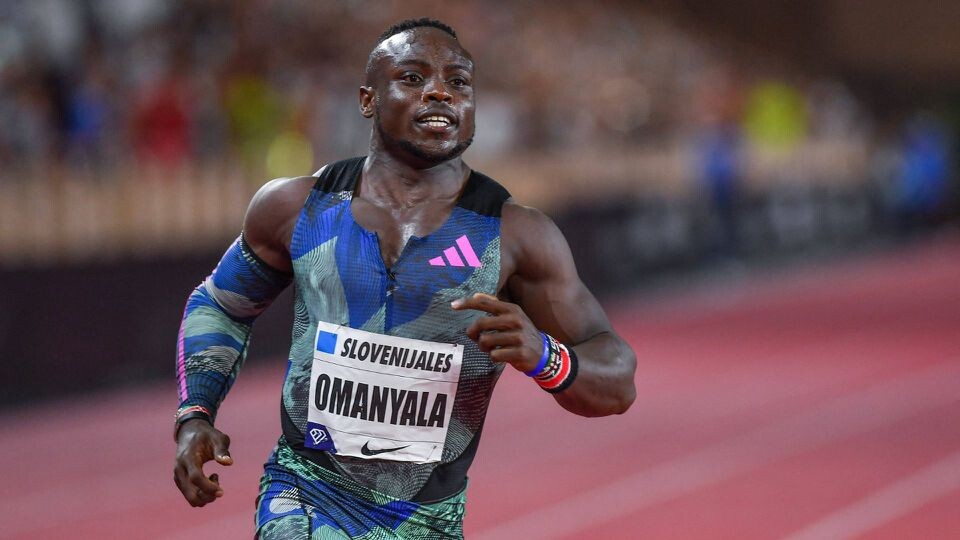
The 27-year-old has been the epitome of hard work, sharing snippets of his training as he gears up for the World Indoor Championships and the Olympic Games among other events.
Sharing a training video on his X (Twitter) handle, the African record holder captioned it saying: “Consistency to performance is what pressure is to diamond....it takes lots of work across many training variables to finally step on that podium!
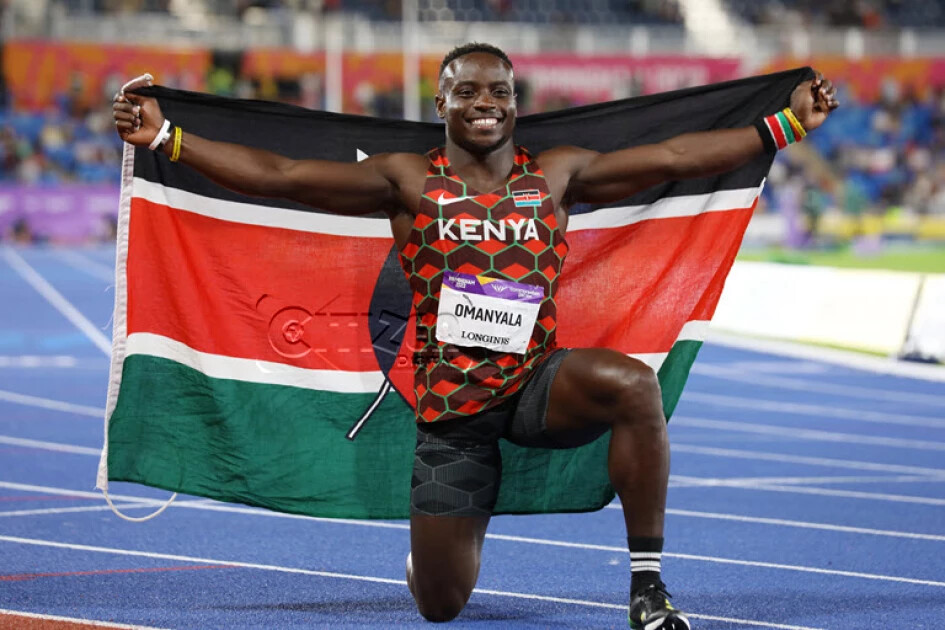
"The most important thing is getting back up after a fall. If it does not kill you it will make you stronger.”
Meanwhile, the African champion has enjoyed a great 2023 season, with the only major setback being the World Championships in Budapest, Hungary.
At the global showpiece, Omanyala was off to a good start in the heats and semifinal but faltered in the final where he ended up finishing seventh.
However, he recorded big wins including becoming the first Kenyan to win the Diamond League Meeting in the 100m in Monaco. Omanyala also finished third at the Prefontaine Classic, the Diamond League Meeting final.
He also ended the season as the fourth-fastest sprinter in the world behind triple World champion Noah Lyles, Christian Coleman, and Zharnel Hughes.
(12/23/2023) ⚡AMPKilian Jornet’s 4 secrets to winter training
For iconic trail runner and mountaineer Kilian Jornet, the colder months aren’t a pause in training but rather call for a strategic shift that all runners can learn from.
Nestled in the Romsdalen mountains of Norway, Jornet’s off-season training offers a masterclass in balance, recovery, and preparation for the upcoming challenges of spring and summer racing. In a recent blog post with COROS, Jornet shared his off-season regime, and how you can apply it to your training.
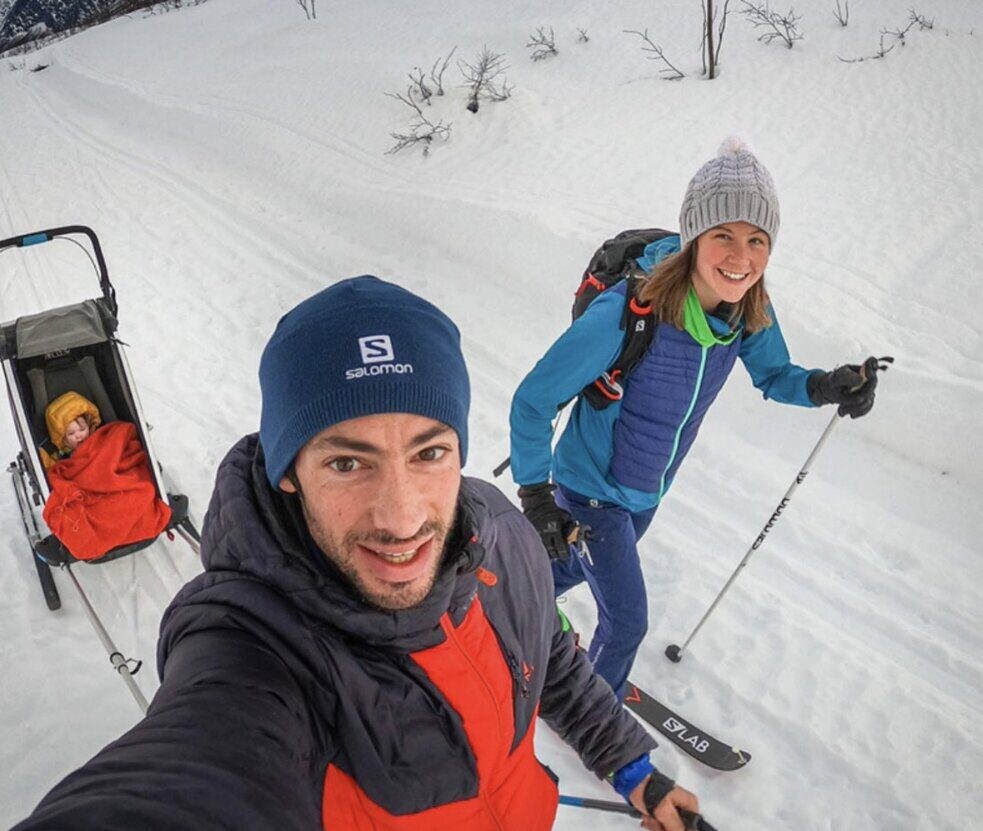
1.- Diversify your training arsenal
Jornet’s usual running playground is snow-covered during winter, prompting a shift from high-mileage running to ski mountaineering and ice climbing. This diversification serves as a reset for both body and mind. While running is an impact activity that can cause some repetitive strain, winter activities like skiing offer endurance benefits without mechanical stress.
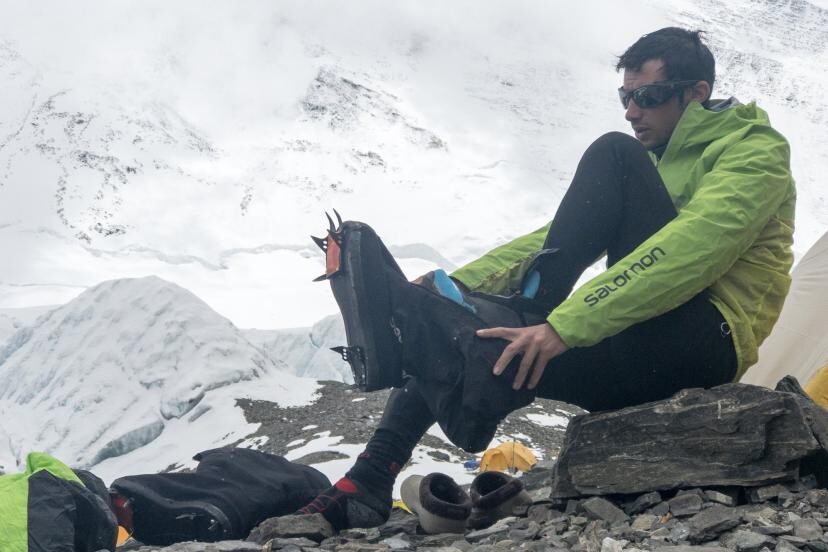
Embracing variety in your training will allow you to build and maintain a robust aerobic base, while minimizing the risk of injury. Trying new things this season, like a cross-country ski lesson, strapping on some snowshoes or spending some time on an indoor bike will have long-term benefits, and you may find a new sport you love.
2.- Focus on the downhill
For Jornet, downhill speed and strength are paramount for ultrarunning success. Instead of relying solely on running for quad strengthening, he incorporates downhill skiing during the winter. This deliberate strategy ensures that his legs are accustomed to intense eccentric loads without the constant impact on muscles and bones. The muscle memory cultivated during cross-training seamlessly integrates into running when the season shifts. Try a downhill workouts to get used to (down) hilly fun.
3.- Prevent injuries for the long-term
By embracing activities with different mechanical loads than running, Jornet not only aids short-term recovery but also secures long-term benefits. Jornet’s temporary departure from a running focus in the summer of 2023, due to injuries, emphasized the importance of cross-training. Make a strategic choice to switch it up so that you can run for as many years as you want.
4.- Enjoy a mental break
While the winter training regimen is robust, Jornet acknowledges the necessity of a mental break. The off-season becomes a time to recharge mentally, allowing a return to spring training with renewed confidence and positivity. Jornet emphasizes the value of a balanced mental state during the winter training grind and recognizes the importance of mood in adaptation. Focus on recovery days and practice fuelling well during the off-season. Try one of the recipes Jornet and his partner, Emelie Forsberg, love to make.
Jornet’s winter training philosophy isn’t just for elite athletes— it holds lessons for all who seek to balance intensity, recovery, and a focus on mental health and a connection with the changing seasons. His training regime can be used as inspiration for regular runners to explore the transformative power of a well-crafted off-season strategy.
(12/23/2023) ⚡AMPby Keeley Milne
The ‘Taco Bell 50K’ Requires Strong Legs—and a Stronger Stomach
Every fall, a group of Denver runners celebrates National Taco Day by running 31 miles using the fast food Mexican chain as aid stations
Imagine you’re 12 miles into a running race and you arrive at an aid station, where, instead of refueling with energy gels, you’re required to eat a 540-calorie Taco Bell Crunchwrap Supreme.
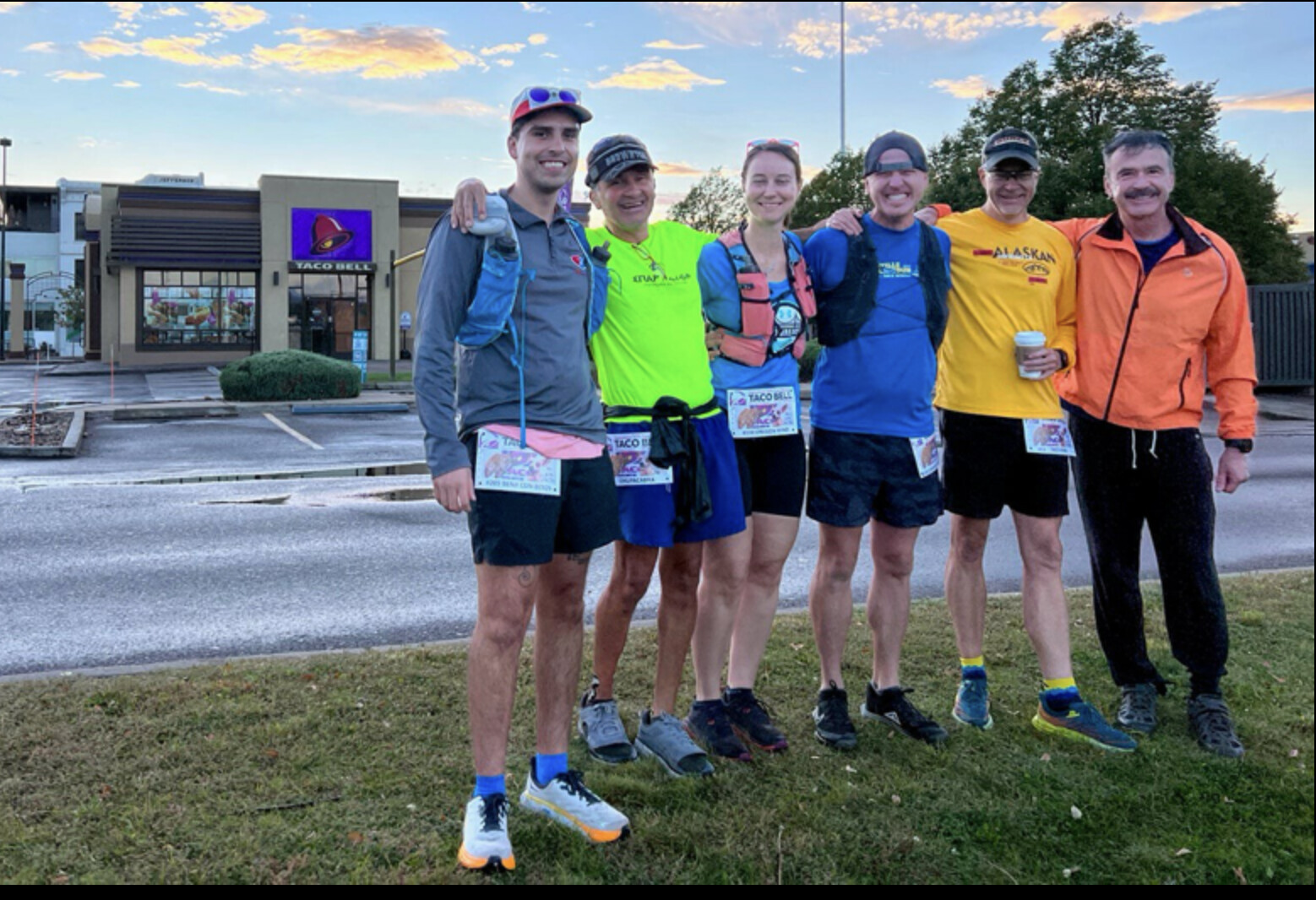
Yes, that’s one of the mid-race snacks you’ll need to consume if you want to be an official finisher of a bizarre and spirited, 31-mile run through the greater Denver area.
Welcome, if you dare, to the annual Taco Bell 50K Ultramarathon.
What started as an offhand suggestion on a Saturday morning training run has now become a stupid and fun gastro-intensive ultra-distance event with 10 “aid station” stops at various Taco Bell restaurants. But, as silly as it seems, it’s all about sharing the community of running, says founder Dan Zolnikov.
Held every October for the past six years, and loosely coinciding with National Taco Day (yes, that’s a thing), it’s an unconventional and entirely unsanctioned fun run that has several ridiculous rules—a.k.a. the semi-optional Taco Bell 50K Commandments that are printed on the back of the event’s race bibs—including the need to eat something from the Taco Bell menu at every stop.
While that could mean consuming something small at most of the restaurant visits—like, say, an order of Nacho Fries or Cinnamon Twists—the fourth and eighth aid stations demand a higher level of gastrointestinal fortitude. At those stops, participants must opt for one of the larger and more calorie-intensive “Supreme” menu items, such as a Crunchwrap Supreme, Burrito Supreme, or Nacho Cheese Doritos Locos Tacos Supreme.
“I always tell people it’s fun until the fourth stop,” says Zolnikov, a Denver lawyer and avid ultrarunner who started the event in 2018. “Most of those that are new to it are like, ‘Wait, I’ve gotta eat a Chalupa Supreme or a Crunchwrap Supreme and then keep running for almost 20 more miles?’ And we laugh and say, ‘Yep! That’s what we do.’ Honestly, that’s when a lot of people are like, ‘I think I’m just going to go home.’”
Running the Taco Bell 50K is what many ultrarunners call out-of-the-ordinary Type 2 fun—something that conceptually sounds fun before and afterwards, but in actuality is not quite that fun while it’s happening. But word has gotten out and it’s been compelling enough to have grown to a record 40 participants this year. There’s no entry fee, but each runner is expected to pay for their own food.
While the Taco Bell chain of 7,000 Mexican-themed fast food restaurants isn’t a sponsor of the event—and the event organizers explicitly remind participants of that—a Denver-based Taco Bell franchise group agreed to open one of its locations early this year to accommodate the 7 A.M. start and welcome runners with free breakfast burritos, thanks, in part, to the persistent prodding of Jason Romero, one of the event’s original instigators.
Not just a zany group run, the Taco Bell 50K is rooted in ultrarunning lore and takes cues from some of the country’s most famous races. Not only does the course alternate between clockwise and counterclockwise every other year—a la Colorado’s Hardrock 100—it also requires runners to keep their Taco Bell food wrappers as an ode to how runners need to tear a page out of hidden books on the Barkleys Marathon course.
While Leadville 100 luminary Ken Chlouber has famously motivated runners for 40 years by saying “You’re better than you think you are, you can do more than you think you can,” Romero says the motto of the Taco Bell 50K is that “you’re hungrier than you think you are, and you can eat more than you think you can.”
How does a convoluted event like the Taco Bell 50K get started in the first place? At a farmer’s market, of course.
During long Saturday morning training runs in the spring of 2016, Zolnikov and running buddy Mike Oliva developed a habit of refueling by eating fresh, Colorado-grown or locally crafted food at Denver farmer’s markets. On one run, Oliva randomly stopped to use a bathroom at a Taco Bell and suggested to Zolnikov they should consider changing their route the next weekend and make Taco Bells their impromptu aid stations.
“As soon as he said it, we laughed but then there was this awkward, five-minute silence between the two of us,” Zolnikov recalls. “We were just kind of jogging along and not really saying anything, but he said it so it was out there. I think we realized it was a stupid idea, but, as ultrarunners, we kind of wanted to do it. So I asked him, ‘Do you want to do that next week?’ And he was like, ‘No dude, just forget I said anything. Let’s just forget it.’”
Although the idea never conjured up mouth-watering excitement, the odd craving to do it never went away. The banter about the idea continued on their Denver running Facebook group, as well as at weekly training runs of the Denver chapter of Achilles International, a running club in which runners with disabilities are guided on weekly training runs and weekend races.
Oliva started that group in 2013, and it has met for weekly runs at Denver’s Washington Park every Monday night for the past 10 years, developing an easy-going camaraderie between guides and runners.
“This talk about running to Taco Bells went on for about two years, and finally I got sick of hearing the trash talk, and just said, ‘That’s it, we’re doing it,” says Romero, 53, a regular Achilles runner who is legally blind. “And as soon as I said it, it kind of got silent. But I’m not about talking, I’m about doing. So I said, ‘You put together a course and we’re going to do this.”
Within a few days Zolnikov had plotted out a course using Google Maps and Strava, connecting nine Taco Bells in the Denver metropolitan area in a 31.52-mile loop. (To make it an even 10 aid stations, the event starts and finishes at the same Taco Bell on the southwest side of the city.) And then, a few weeks later, in October 2018, seven courageous runners gave it a go and five finished in about seven and a half hours. (The other two tapped out, waving the white napkin of surrender midway through the route.)
Although it was mostly a celebratory season-ending fun run among a core group of friends for the first few years, it has garnered more interest as word of mouth spread. A few of the Achilles runners have joined in the fun every year.
“It’s not a glamorous route,” says Ben Garrett, who took over as race director after running the Taco Bell 50K for the first time in 2022. “It’s kind of what you’d call an urban ultra through the ‘scenic’ parts of Denver.”
Garrett, a 25-year-old structural engineer, was training for his first marathon when he was cajoled into joining the Taco Bell 50K—despite never having run more than 16 miles. He joined willingly and finished, giving him a boost of confidence heading into the Disney World Marathon three months later.
“It was great to know I could run that far before my marathon, especially knowing I had a stomach of steel after that,” Garrett says with a laugh. “But it also inspired me to run more. After my first marathon, I did another marathon and then a couple of 50Ks. Now I’m hooked for life.”
There are no winners, and there are no prizes. Instead over the years, runners have piled on extra gastrointestinal challenges for extra satiation.
There’s the Baja Blast Challenge, which entails only imbibing two liters of Mountain Dew Baja Blast during the run, and then there’s the Diablo Challenge, which consists of oozing a packet of Taco Bell’s next-level hot and spicy Diablo Sauce on every single food item throughout the run. (By the way, two of the more precarious event rules state that no Pepto Bismal, Alka Seltzer, Pepcid AC or Mylanta will be allowed on the course, and the bathroom stops are only allowed at the Taco Bell restaurants.)
As if consuming 1,500 calories during the run wasn’t enough, some runners have added their own challenges—such as devouring a Voodoo Doughnut during the middle of it—and many runners engage in the Diablo Shooter Challenge, which is simply sucking down a packet of the restaurant’s fiery hot sauce to conclude the run. But to be fair, one of the forgiving commandments is the notion that every runner can take a mulligan and skip eating at one of the stops.
“It’s just meant to be a fun run,” says Denver runner Bill Garner, who has participated in five of the six Taco Bell 50Ks. “It’s the one ultra where you’re just really out there for the camaraderie. I don’t really feel like anybody’s racing, although I’m sure somebody’s going to show up one year and try to run it all-out. But for most of us, it’s a big camaraderie run.”
It is mostly about the community spirit that pervades running, but for Garner, the Taco Bell 50K inspired him to run farther and pursue new running goals. Prior to participating in the first event in 2018, the 53-year-old cybersecurity technology specialist and strict vegetarian primarily ran marathons and half marathons on the roads. Since then, his focus has become ultra-distance races on trails, and believe it or not, he typically relies on cold Taco Bell bean-and-cheese burritos in his aid station resupplies.
“It’s the perfect ultra fuel,” says Garner, who consumed numerous Taco Bell delicacies enroute to finishing the Kansas Rails to Trails 100-miler in 2019.
“I thought these ultrarunners were crazy, and I jumped into this because it was crazy, but then it changed my life,” he says. “I had never run an ultramarathon before I did the Taco Bell run, and I definitely learned that, if you just keep eating, you can keep going. That’s what ultras are all about.”
A few years ago, Portland, Oregon, runner Bobi Jo Ousnamer befriended several Colorado runners in an online forum while training for the Pikes Peak Marathon. They told her about the Taco Bell 50K and asked her to come out and run it in 2019, but she couldn’t fit it into her schedule because she was training for her first 100-miler.
However, she made it out for the 2020 edition, amid the Covid-19 pandemic. (That year, a small group of runners ran through Taco Bell drive-thrus to order their food because the inside dining areas weren’t open.) During the run, she admitted she had devised her own Taco Bell 50K course in Portland. That immediately sparked interest in doing Denver and Portland events on back-to-back days, which they finally pulled off in 2022 on the day of the Portland Marathon.
That event included stops at seven Taco Bells and a marathon aid station a friend organized on her front lawn, where they devoured homemade breakfast tacos. Calling it the Double Deuce Challenge, it included 62 miles and 18 taco stops in two cities in less than 36 hours.
“I made the mistake of mentioning to Jason Romero that I had created a Portland course and he was like, ‘Oh my God, we’re doing a double!’” says Ousnamer, 34, who works as a juvenile public defender in Portland. “So for the fifth anniversary, he announced that we’d be doing this double. I think we all thought he was kind of joking, but as the months went on, he was like, ‘All right, I’ve got a plane ticket so we’re doing this.’ The Taco Bells are not as close together as the Denver ones and it’s hillier in Portland, so it was a bit of a bigger challenge. We were definitely feeling it on day two.”
Although the Taco Bell 50K has always meant to have been a low-key, end-of-the-season celebration for local runners, it’s continued to gain notoriety and to push the envelope of what’s possible. Runners in Texas and New Jersey have reached out about developing something similar, as have a couple of running clubs in Europe. Although the event details were typically only posted on Facebook when Zolnikov managed it, Garrett upped its visibility and inclusivity by developing an informational website with a link to the Strava map of the course.
Will the Taco Bell 50K continue to grow?
“Honestly, I never wanted to see it start to begin with, but it’s kind of turned into this force of nature that’s bigger than me and bigger than Jason, and it’s become its own thing now,” Zolnikov says. “People can use it for whatever they want it to be, and if someone wants to get bragging rights for racing through it as fast as they can, go for it. My thing has always been about getting together and running, and, OK, ‘Let’s do this kind of dumb thing, and let’s have fun doing it.”
(12/23/2023) ⚡AMPby Outside Online
Try these surge sets to wake up your legs this winter
If you’re already getting tired of the monotony of off-season winter runs, this surge set workout is just what you need to give yourself a boost. Short and sweet, this fun session allows you to ditch the GPS watch and run by feel–perfect when cold conditions or snowy sidewalks prevent you from hitting a consistent pace.
The goal of this workout is simple: get your legs moving and your heart rate up a bit without overdoing it during the off-season. You should feel like you’re working hard, but recover quickly between intervals, and you should be able to get a little faster as the intervals get shorter. We highly recommend turning the GPS function of your watch off for this one and just run by feel, especially if the weather is bad.

The workout
If a steady diet of slow, easy runs is starting to make you feel sluggish, this workout should add some pep to your step.

Warmup: 10-15 minutes easy
Workout:
2 x 90 seconds at 10K race effort/90 seconds’ easy jog recovery
4 x 60 seconds a little faster/60 seconds’ easy jog recovery
4 x 30 seconds a little faster/30 seconds’ easy jog recovery
4 x 15 seconds a little faster/15 seconds’ easy jog
Cooldown: 10 minutes’ easy jog.
(12/22/2023) ⚡AMPby Brittany Hambleton
Galen Rupp set to Run Houston Half
Earlier today, the organizers of the Aramco Houston Half Marathon sent out a press release that they’ve secured two big names for their upcoming race, which takes place on January 14 (press release appears below this article). Hellen Obiri of Kenya, the reigning Boston and NYC Marathon champ, will headline the women’s field while American star Galen Rupp will be in the men’s field. It will be both runners’ first appearances in the Houston Half.
With Rupp entered, it’s possible all of the drama of how many spots will the US men get for the Olympic marathon could finally, officially come to an end. LetsRun.com has calculated that if Rupp runs 60:47 or faster in Houston, he will vault up to #64 on to the Road To Paris list (assuming nothing changes on the list before then — the Dubai Marathon is January 7). If Rupp holds that position until January 30, the US would be guaranteed three men’s Olympic marathon participants when the US Olympic Trials take place on February 3 in Orlando.

They wouldn’t need to wait until April 30, when spots #65-80 on the Road to Paris become eligible for the Olympics.
If Rupp runs faster than 60:02 in Houston, he’d move up to #63 on the current Road To Paris list.
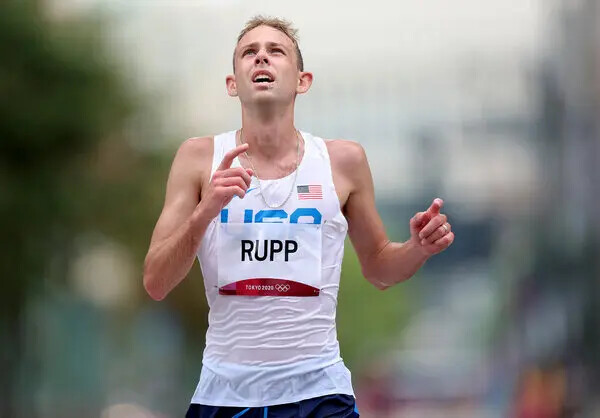
Rupp likely wouldn’t need to run 60:47 to move up to #64 as there are bonus points awarded for a top-6 finish. The Houston Half is considered to be a Category B race so there are 10 points for 1st, 7 for 2nd, then 5-3-2-1 for places three through six. At Rupp’s level, one bonus point is worth roughly 1.5 seconds in the half marathon (10 bonus points is 15 seconds).
For example, if Rupp was second in 60:58, it would be the equivalent of running 60:47 with no bonus points. Last year, however, 60:58 was third in Houston, and in that case Rupp would be ranked #65 on the current rankings.
Elite athlete headliners look to be one for the record books even before the race begins
(12/22/2023) ⚡AMPby Robert Johnson
Aramco Houston Half Marathon
The Chevron Houston Marathon provides runners with a one-of-a-kind experience in the vibrant and dynamic setting of America's fourth-largest city. Renowned for its fast, flat, and scenic single-loop course, the race has earned accolades as the "fastest winter marathon" and the "second fastest marathon overall," according to the Ultimate Guide to Marathons. It’s a perfect opportunity for both elite athletes...
more...The inspiring story of US-based Wesley Kiptoo using athletics to escape poverty
Wesley Kiptoo is a true testimony of how athletics can transform the life of an individual.
Wesley Kiptoo, 24, left his home in pursuit of changing his fortunes and found refuge in athletics which has been a saving grace to him and his community.

The father of two knew that he had the talent and he developed it at the Transcend Academy–a school founded and run by former Boston Marathon Champion, Wesley Korir.
Korir helped Wesley find a new home in the United States where he moved in 2018 to attend Colby Community College. It was there that he met his now wife, Maribel.
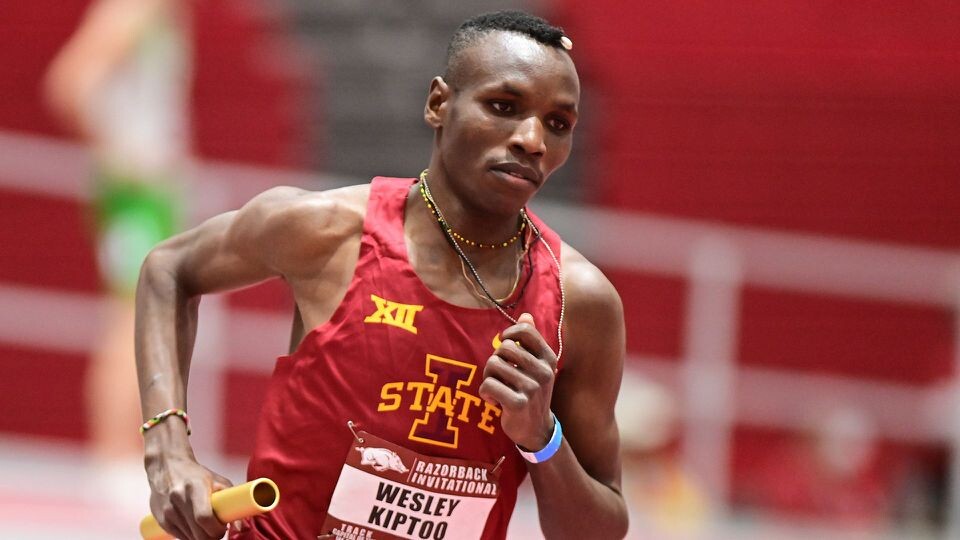
“For me, running is about self-belief. The struggles I’ve been through in my life give me strength when I race.
"I run for something bigger than myself. My mission to run is because of my family…it is very large because my father had three wives. We are 12 in number and I am the second-last born and no one has been employed.
"I decided to run so that I can give them a better life than the one they were living,” Kiptoo said in a video clip shared by his management, Hoka Naz Elite Athlete group.
He added that every time he runs, his family gives him the morale that one day, he will be a household name. Ben Rosario, the head coach of his management, also stands by the words that Kiptoo will be a great athlete since he has many features that make him stand out.
Meanwhile, Kiptoo returned home from the USA this year and received a grand welcome. His life has now changed and he was able to make an impact on children and elders.
He made visits to different schools, talked to the youngsters, and also hosted a party for his family and community.
He attested that life can be difficult for people in the village but when they come together, many things work out for their good.
“I left this village five years ago and went to America for two things, education and running. That’s what brought me back, I want to encourage the same thing.
"We need to encourage our children in their pursuits. When we come from here and get successful, it’s not just for us, it’s for everyone,” Korir said.
(12/22/2023) ⚡AMPby Abigael Wuafula
Ethiopia’s Dera Dida set to defend Dubai Marathon crown
Dubai: Less than 10 months after winning the 2023 Dubai Marathon, Ethiopian star Dera Dida has confirmed she will return to the UAE to defend her Dubai crown on January 7.
Earlier this year, Dida — wife of former Dubai Marathon winner and Marathon World Champion Tamirat Tola — stormed through with two kilometres remaining to take the women’s event in 2h:21:11 at Expo City Dubai, while her brother-in-law Abdisa Tola made it a unique family double by clinching the men’s title.
But while Abdisa misses out on a Dubai title defence through injury, fellow adidas runner Dera Dida will be back on the start line on January 7 as she bids for a second successive title in the UAE, this time over the fast and flat roads around the iconic Burj Al Arab and Jumeirah Beach Road area.
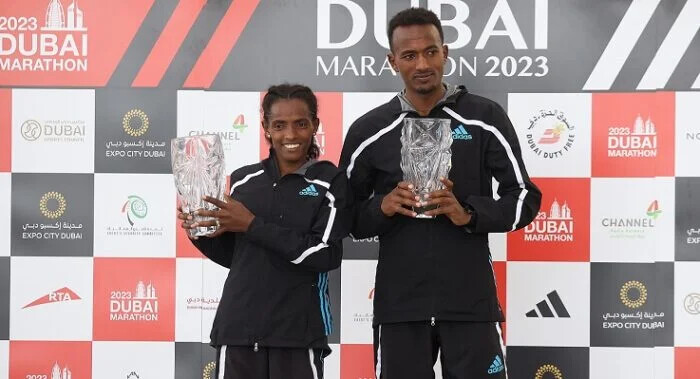
Familiar ground
It’s familiar ground for Dida who competed over the route in both 2018 and 2020 finishing seventh and fifth respectively. It is the first time since 2020 the event will be back at what has long been seen as its natural “home” and Dida will start as firm favourite following one of the most successful years of her running career.
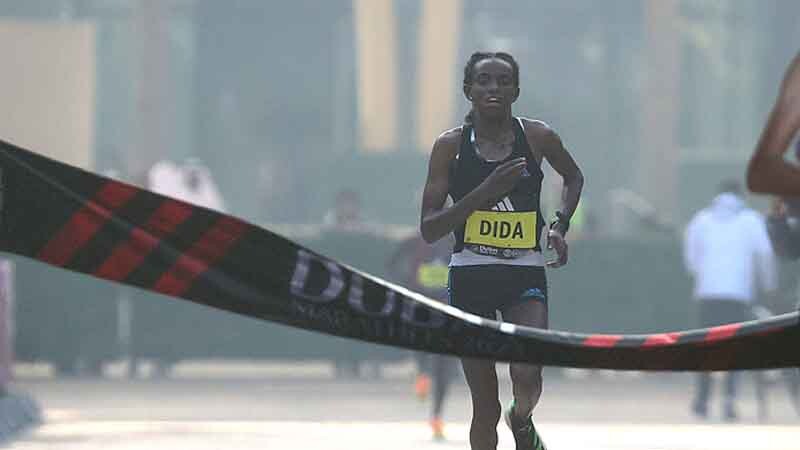
In 2023, she recorded personal bests at both 10,000m and Half Marathon, while seven months after winning in Dubai, the 27-year-old Ethiopian lowered her marathon personal best to 2:19:24 in Berlin and is looking forward to maintaining her upward momentum over the classic distance.
“When I took the lead in Dubai, I was sure I’d win,” said Dida, a two-time Ethiopian National Champion at 5,000 and 10,000m and a two-time World Cross Country Championship silver medallist. “It was a wonderful race and, of course, it was very emotional when I realised Abdisa had also won.”
Remarkable achievement
Dubai Marathon race director Peter Connerton added: “It is always a great pleasure to welcome back our former champions. To have two family members win was a remarkable achievement and we are delighted to have Dera Dida return to Dubai for the first big international marathon of the new calendar year.”
Runners who would like to follow the elites and who have still not registered for the three-race event, can sign up for the Marathon, the 10km and the 4km Fun Run at dubaimarathon.org.
(12/22/2023) ⚡AMPDubai Marathon
In its relatively brief history (the race was first held in 2000), the Dubai Marathon has become one of the fastest, most respected and the most lucrative marathon in the world in terms of prize money. Each year thousands of runners take to the roads in this beautiful city in the United Arab Emirates (UAE) for this extraordinary race starting...
more...Hellen Obiri confirms next race as she gears up for the Olympic Games
Hellen Obiri has announced her next assignment as she prepares for the Olympic Games in Paris, France.
Reigning New York City Marathon champion Hellen Obiri has been confirmed for the Houston Half Marathon in January 14, 2024.
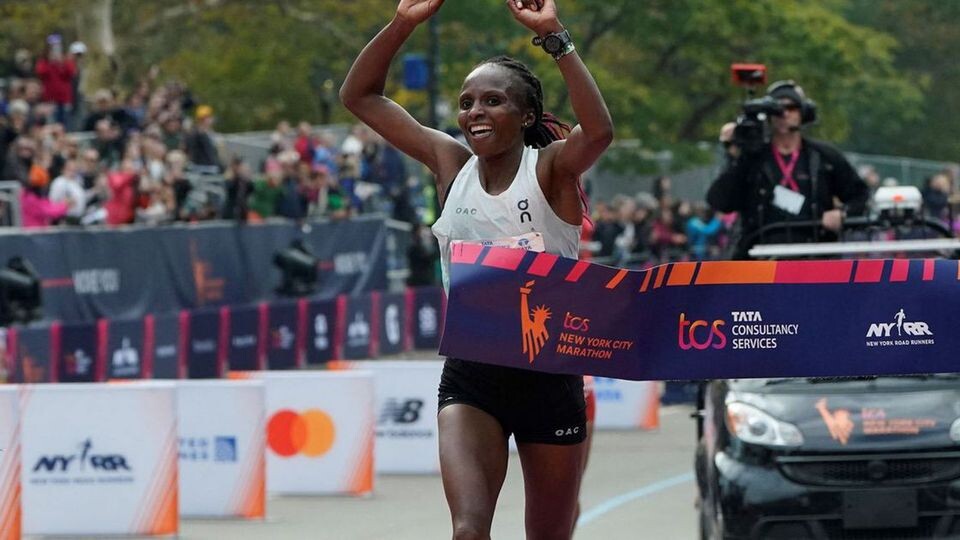
The race organizers made the announcement on Friday, December 22, explaining that Obiri and two-time Olympic Games medalist Galen Rupp will headline the elite fields.
Obiri will be hoping to make the cut to the Olympic team for Kenya and make an impact and with enough preparations, she is sure of a medal.

She has expressed her interest in winning a gold medal at the Olympic Games and she might stun the world in Paris, France.
During the announcement, Obiri said: "I want to run the marathon at the Olympics in Paris so to run some half marathons is an important part of my preparations."
Obiri has enjoyed a glamorous 2023 season, winning all the two marathons she competed in. The two-time World 5000m champion started the season with a win at the Boston Marathon and completed her season with victory at the New York City Marathon.
She also competed at the Ras Al Khaimah Half Marathon and the United Airlines New York City Half Marathon and won the two races.
On his part, Rupp will be hoping to test himself ahead of the Olympic trials. "The focus is on the trials and making the Olympic team but with Houston being three weeks out I see it as the perfect opportunity to test myself and just make sure I am on track to where I want to be,” he said.
(12/22/2023) ⚡AMPby Abigael Wafula
Aramco Houston Half Marathon
The Chevron Houston Marathon provides runners with a one-of-a-kind experience in the vibrant and dynamic setting of America's fourth-largest city. Renowned for its fast, flat, and scenic single-loop course, the race has earned accolades as the "fastest winter marathon" and the "second fastest marathon overall," according to the Ultimate Guide to Marathons. It’s a perfect opportunity for both elite athletes...
more...Boston Marathon finisher receives three-year doping suspension
On Thursday, the Athletics Integrity Unit (AIU) announced the suspension of Kenyan marathoner Maurine Chepkemoi after she tested positive for erythropoietin (EPO) on Nov. 3 during an out-of-competition doping test in Iten, Kenya.
Chepkemoi has a marathon personal best of 2:20:18 from a second-place finish at the 2021 Amsterdam Marathon. Since 2021, she has won the Enschede Marathon in the Netherlands in a course record time of 2:21:10 and finished 16th at the 2022 Berlin Marathon and 31st at the 2023 Boston Marathon in 2:35:25.
The length of her suspension was reduced by one year for admitting to the anti-doping rule violation (ADRV). The automatic period of ineligibility imposed is four years, unless the athlete can demonstrate that the ADRV was not intentional. In Chepkemoi’s case, she accepted her wrongdoing and the charges laid by the AIU, resulting in a three-year ban until Nov. 2026.
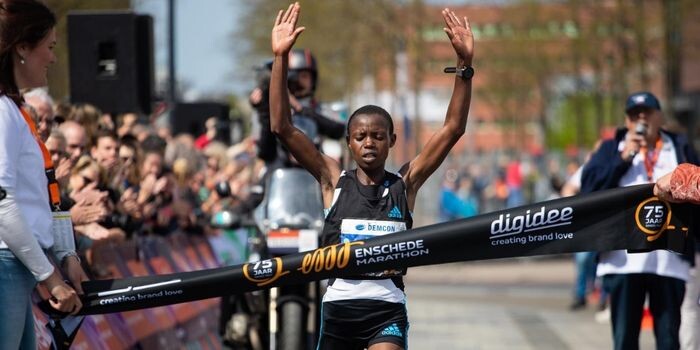
In a statement to Canadian Running, Chepkemoi’s agency, Demadonna Athletics, confirmed that their athlete openly admitted to seeking and using EPO.
EPO has been on the World Anti-Doping Prohibited List since the 1990s; it is used to improve endurance performance or to speed up recovery.
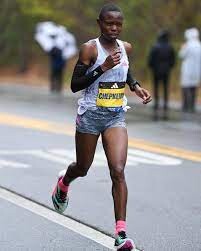
Chepkemoi was one of two Kenyan runners suspended for three years by the AIU on Thursday. The other runner was 2:08-marathoner Thomas Kibet. The 27-year-old tested positive for the steroid norandrosterone after a second-place finish at the 2023 Tallinn Marathon in Estonia.
There are currently 73 Kenyan athletes on the AIU’s Global List of Ineligible Persons. The Kenyan government is in the first year of their $25 million dollar five-year campaign to test more athletes and fight against doping in athletics. The AIU is working with the Kenyan Government, Athletics Kenya and the Anti-Doping Agency of Kenya (ADAK) to combat the issue and test more Kenyan athletes.
(12/22/2023) ⚡AMPby Marley Dickinson
Sifan Hassan will headline 2024 Tokyo Marathon
Dutch distance runner Sifan Hassan will attempt to maintain her unbeaten record in the marathon when she races in Tokyo for the first time on March 3.
Hassan won in London on her debut in April and then took the women’s victory in Chicago in October too in 2:13:44. The course record in Tokyo is 2:16:02 held by Brigid Kosgei from 2022.
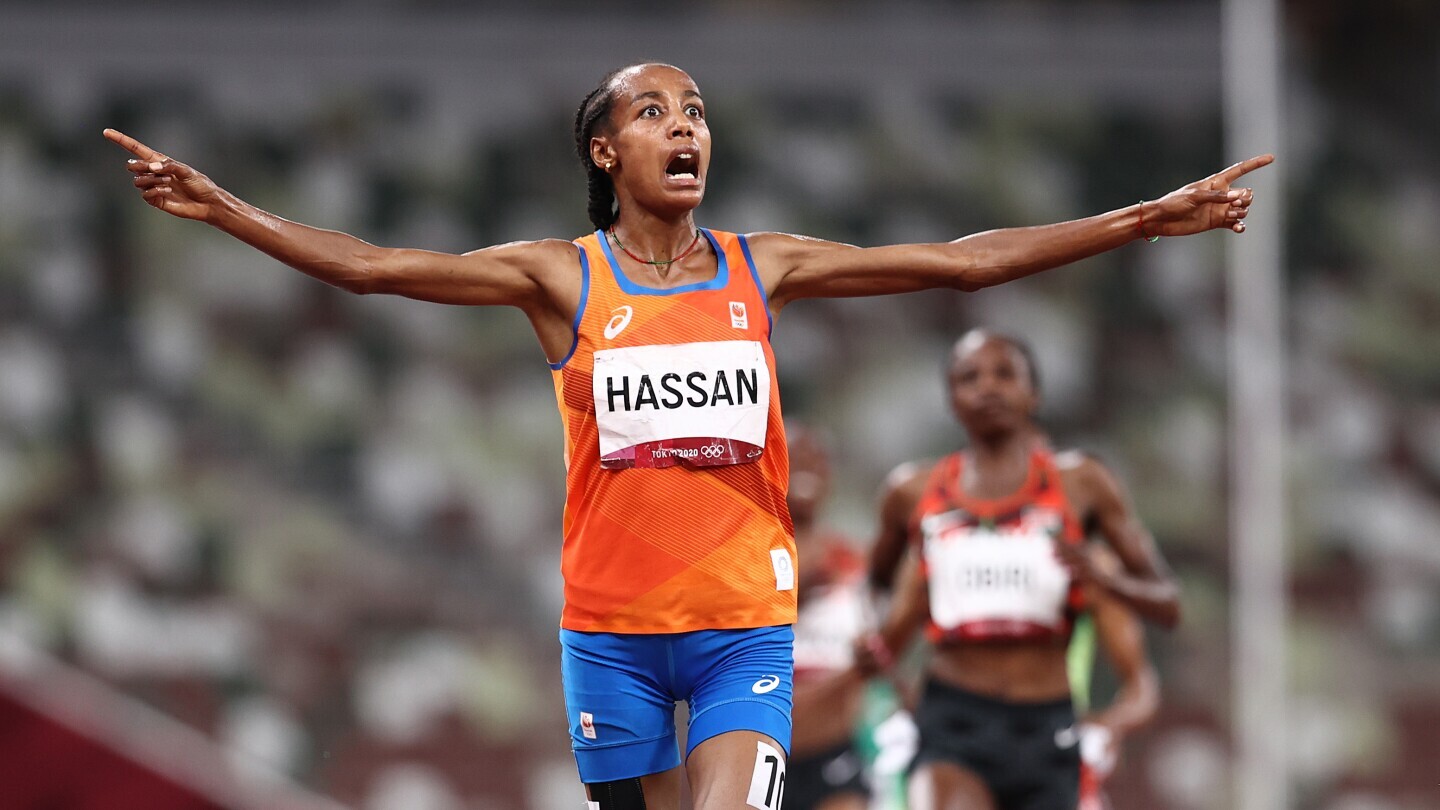
"I am so excited to announce my participation in my next marathon," Hassan said in a release. "I feel Tokyo is the perfect preparation towards the Paris Olympic Games, because I have great Olympic memories in the city of Tokyo and I feel I can fuel my Olympic fire there."
Third time charm for Hassan?
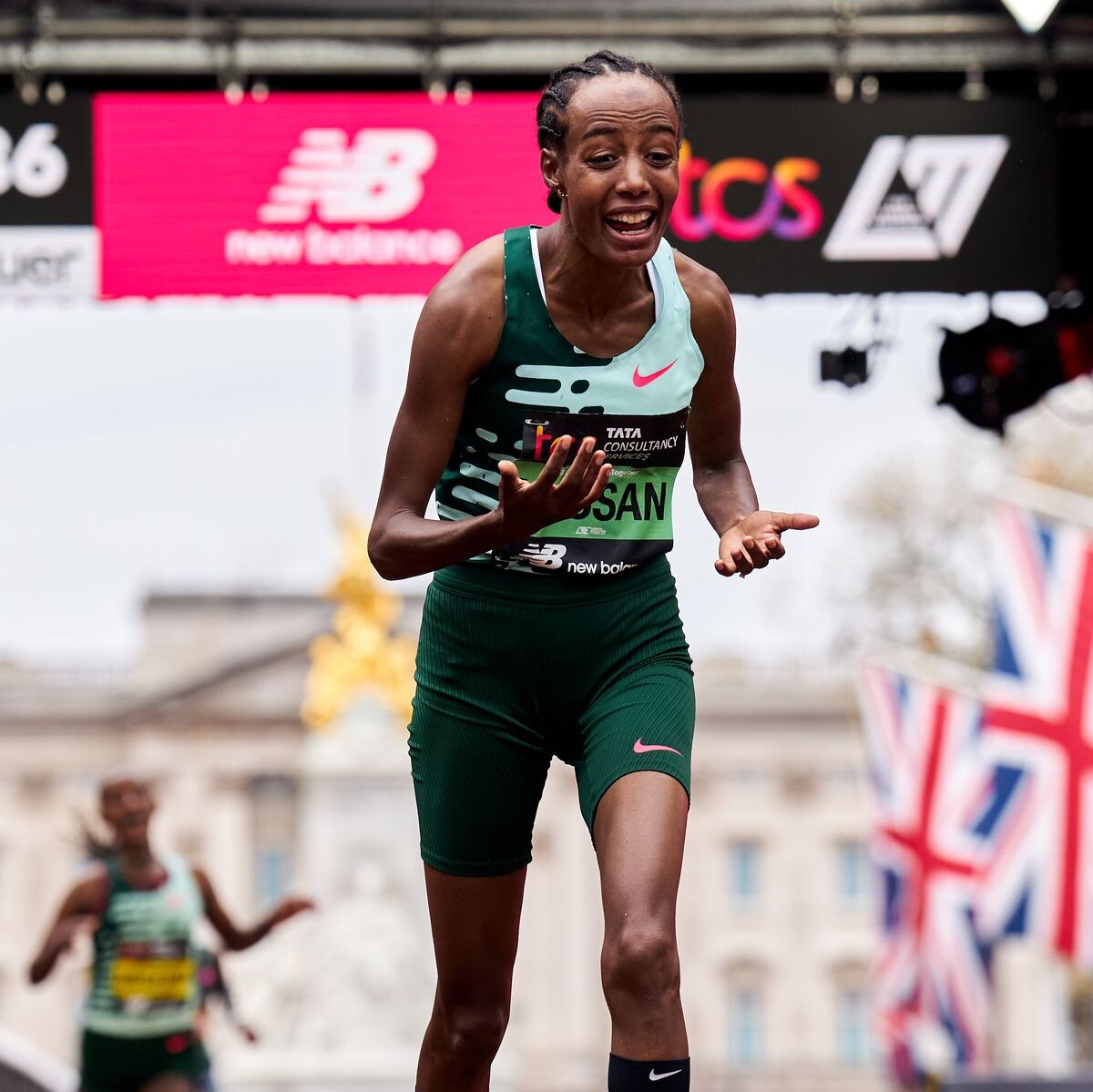
Hassan, who is coming off wins in her first two career marathons (London and Chicago), will make her debut in Tokyo. The 30-year-old had a lot of success in the Japanese capital at the 2020 Olympic Games, winning two golds and a bronze across three athletics disciplines. Hassan is undecided if she will tackle the quadruple at the Paris Olympics: the 1,500m, 5,000m, 10,000m, and marathon, but she said her goal for this race is to “continue her marathon journey.”
“I do not have any time-based expectations for Tokyo,” Hassan told Athletics Weekly. “I want to continue to learn the distance and gain more experience and have fun doing it.”
Although she has no specific goal, Tokyo is considered one of the faster Abbott World Marathon Majors and has a similar course profile to the London Marathon. In London last year, Hassan ran a stunning 2:18:33 debut to win, despite stopping twice. She redeemed herself with a fast time in Chicago, setting a course record and running the second-fastest marathon time in history (2:13:44).
“In the streets of Tokyo, I will be looking to continue my marathon journey. I want to learn from every marathon, since every marathon is different and I can’t wait to come to Tokyo.”
Hassan will then have to decide which events to do in Paris, with the Olympic women’s marathon to take place on the final day of the athletics programme – August 11.
(12/21/2023) ⚡AMPTokyo Marathon
The Tokyo Marathon is a world-renowned annual marathon held in Tokyo, Japan. As one of the prestigious Abbott World Marathon Majors, it attracts elite and amateur runners from around the globe. The race holds World Athletics Platinum Label status, recognizing its high competitive standards, top-tier organization, and international appeal. Sponsored by Tokyo Metro, the Tokyo Marathon has grown into one...
more...Eliud Kipchoge announces his next race ahead of Olympic title defense
Marathon king Eliud Kipchoge has announced where he will compete before going to the Olympic Games to defend his title.
Former world marathon record holder Eliud Kipchoge has been confirmed for the 2024 Tokyo Marathon scheduled for Sunday, March 3.
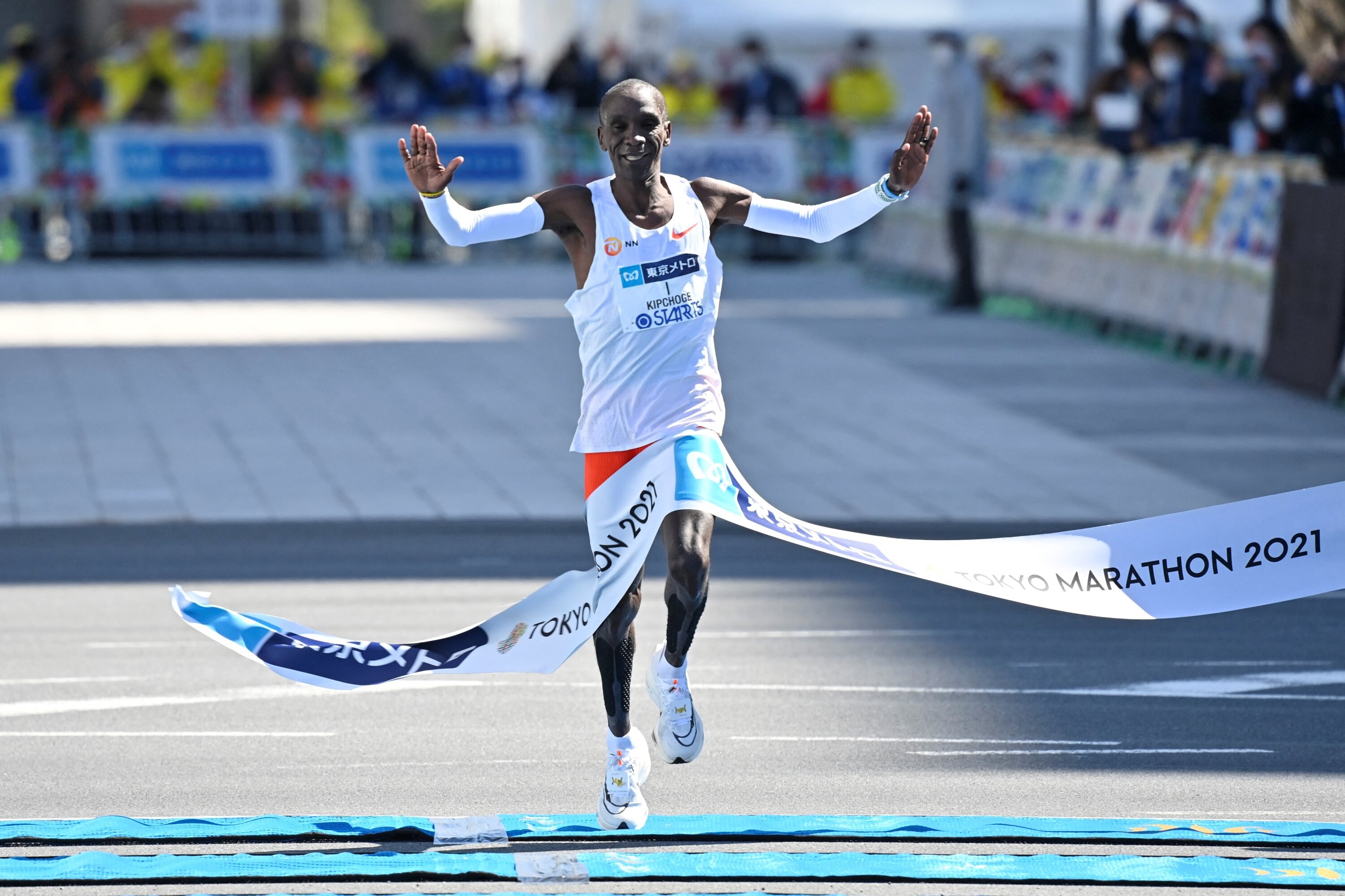
The two-time Olympic champion will be making his return to the streets of the Japanese capital after his dominant win in the 2020 edition of the international multi-sport event as he gears up for the Olympic Games in Paris, France.
The five-time Berlin Marathon champion has sweet memories of Tokyo since it is where he also won his second Olympic title during the delayed 2020 Olympics.
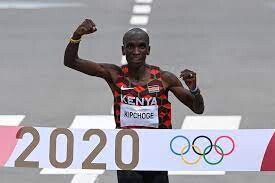
“I have good memories in Japan. I won my Olympic gold medal there and ran the course record in the Tokyo marathon.
"Last time, I was grateful for the organization to organize the event during such a difficult time during the Covid-19 pandemic. My aim was to set the course record and it was great to achieve that. I feel good working towards my next race in Tokyo.
"For me, it is the perfect preparation towards my aim to win my third consecutive Olympic title next summer in Paris,” Kipchoge said.
Kipchoge has so far run 21 marathons over his career and he will be seeking to add another victory when he heads to the Tokyo Marathon.
He has 18 total wins under his belt and in 2019 ran 1:59:40 during the sub-2 project that was set up in Vienna. The marathon great turned 39 last month but has still been in great form recently with his fifth victory in the Berlin Marathon in September in 2:02:42.
In a bid to win all six annual World Marathon Majors, Kipchoge chose Boston for his spring marathon this past year and placed sixth. He has yet to win the Boston Marathon and yet to race the New York City Marathon.
Choosing Tokyo in March over the other major spring marathons (Boston and London in April) gives Kipchoge more time to prepare for his bid to become the first person to win three Olympic marathons and the oldest person to win any Olympic running event.
Meanwhile, Dutch woman Sifan Hassan has also been confirmed for the event. Hassan, a double Olympic Champion, came to the marathon with a storm, making her debut at the London Marathon and eventually winning.
Choosing Tokyo in March over the other major spring marathons (Boston and London in April) gives Kipchoge more time to prepare for his bid to become the first person to win three Olympic marathons and the oldest person to win any Olympic running event.
(12/21/2023) ⚡AMPby Abigael Wuafula
Yared Nuguse will run 2024 Millrose Games and says mile World Record is a very real possibility
U.S. outdoor mile record holder Yared Nuguse will return to the Armory Track and Field Center in New York City for the 116th Millrose Games as he looks to defend his men’s Wanamaker Mile title.
Here’s what you need to know:
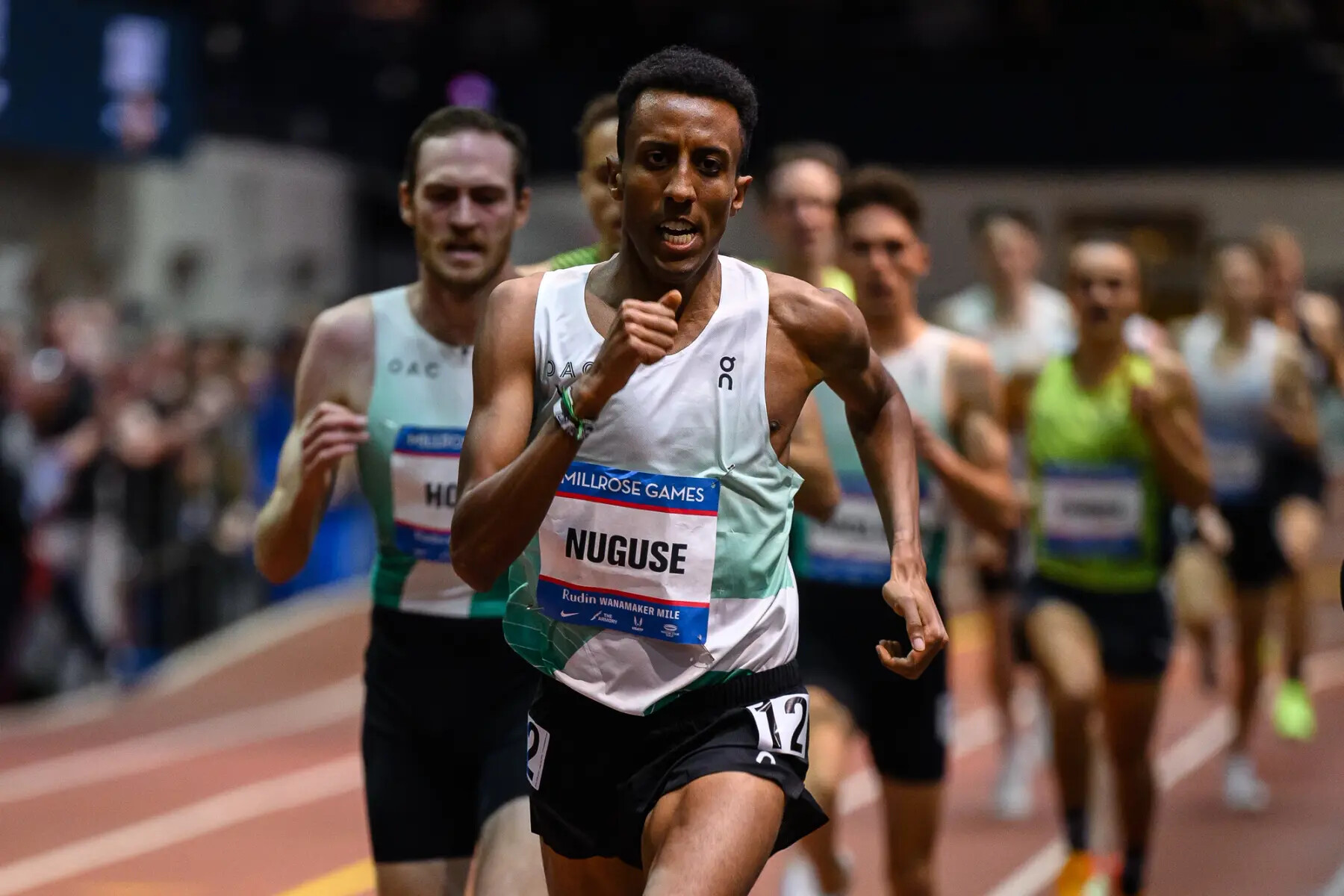
– The Wanamaker Mile has been contested at the Millrose Games since 1926.
– Last year, Nuguse made his Millrose Games debut and won and set a U.S. indoor mile record of 3:47.38. He barely missed the world record of 3:47.01 set by Yomif Kejelcha in 2019.
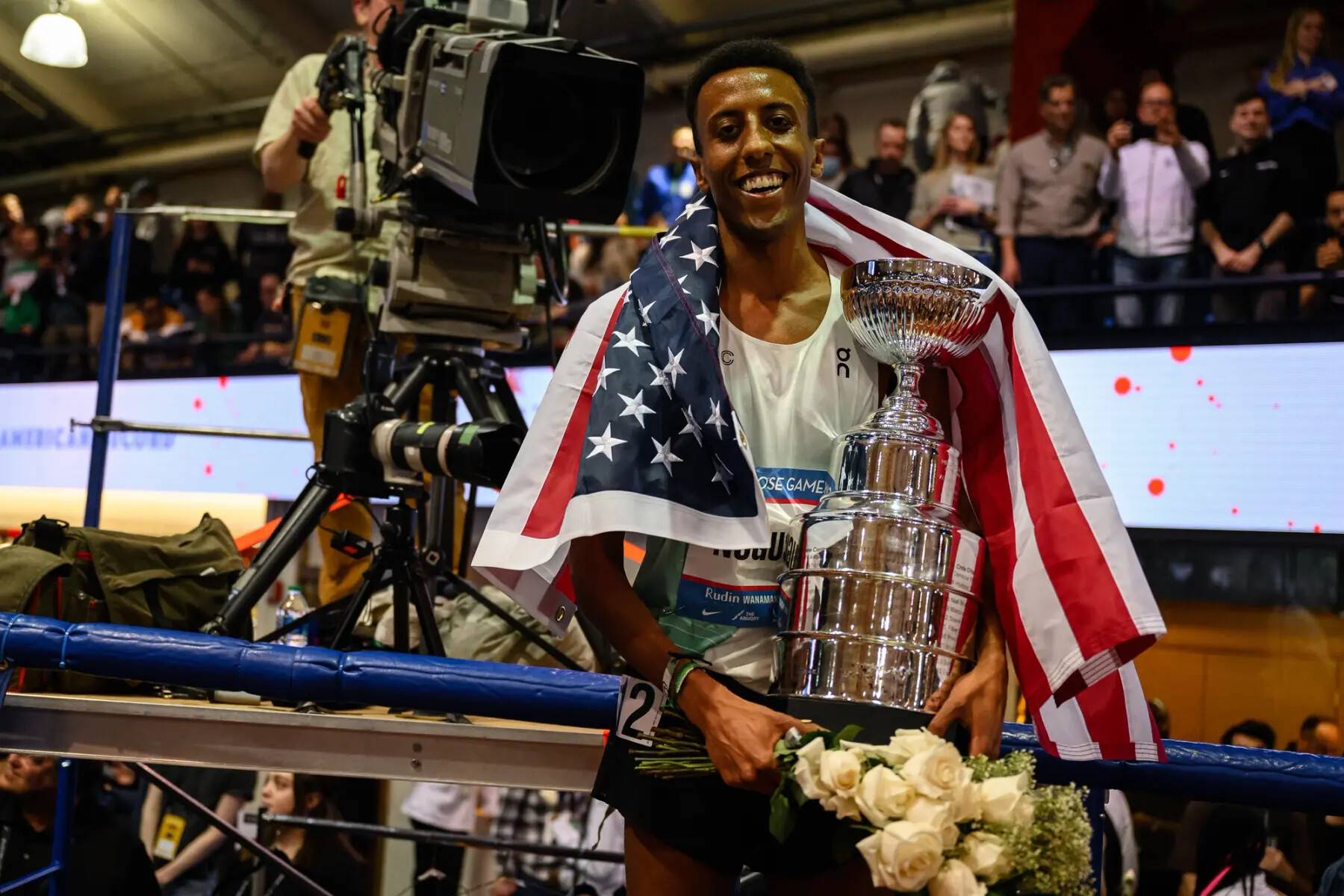
– Nuguse put together a career year in 2023 with: a 7:28.23 for 3000m indoors (American record); a personal best of 3:29.02 for 1500m (the fastest performance by an American-born runner); 3:43.97 outdoor mile (an American record and the fourth-fastest performance in history; a victory at the London Diamond League 1500m and a fifth place finish in the 1500m final at the World Championships. Most recently, he ran 3:56.58 at the Merrie Mile in Honolulu to come just .45 seconds shy of breaking the road mile world record.
– Nuguse was the first American to win since Eric Jenkins’ 2017 victory. Nuguse will look to become the first man to win back-to-back Wanamaker Mile titles since Matthew Centrowitz’s 2016 and 2015 victories.
The Millrose Games is the sixth stop on the 2024 World Athletics Indoor Tour Gold calendar.
Livestream and television broadcast details will be announced in the coming weeks. Stay tuned for more Millrose Games athlete announcements as the pro fields come together.
Tickets to the 116th Millrose Games can be purchased online at millrosegames.org. For more information on all Armory Track events, visit armorytrack.com.
(12/21/2023) ⚡AMP
by Chris Chavez
NYRR Millrose Games
The Pinnacle of Indoor Track & Field The NYRR Millrose Games, first held in 1908, remains the premier indoor track and field competition in the United States. The 2025 edition will once again bring the world’s top professional, collegiate, and high school athletes to New York City for a day of thrilling competition. Hosted at the New Balance Track &...
more...Six tips for staying motivated to run during the holidays
The holiday season is filled with family gatherings, delicious food and plenty of relaxation. While many runners love this time of year, the festivities can disrupt our training routines and leave us feeling guilty that we didn’t keep up our running routine. To help you stay on track with your winter running goals, we’ve compiled a list of tips and strategies to keep you motivated, even amid the distractions of family, indulgent feasts and the lure of holiday laziness.
1.- Set a goal

Identify a modest goal for your holiday training. It could be as simple as committing to running for 30 minutes, three times per week. Having a specific goal in mind will give you a sense of purpose and help keep you motivated.
2.- Create a schedule

Plan your workouts in advance and include them in your holiday schedule. Treat them as appointments that you can’t miss. By having a set schedule, you’ll be more likely to stick to your training routine.
3.- Find a running buddy
Encourage a family member or friend to join you for runs during the holidays. Running with a buddy makes training more fun and keeps you accountable. You can cheer each other on and keep each other motivated.
4.- Try a festive run
Incorporate holiday-themed runs into your training. Look for local holiday races or virtual runs, or organize your own festive run with family or friends. Dressing up in holiday costumes or going for an evening run through neighborhoods that are decorated for the holidays can make your runs more enjoyable.
5.- Modify your expectations
If you’re like most Canadians, your schedule this month is jam-packed with holiday parties and get-togethers, shopping, cooking and everything else that comes along with the holiday season. You may not have as much time for running as you normally do, and that’s OK. Do your best to fit in a few runs around the craziness, even if they’re short, and don’t berate yourself if you don’t have the energy for a gut-busting interval session.
Over the next few weeks, aim to simply maintain your baseline fitness–you can plan to start tackling your next big running goal in the new year.
6.- Indulge mindfully
While it’s natural to be tempted to enjoy a lot more alcohol than usual over the holidays, be mindful of how much Christmas punch you’re knocking back when you know you have a run scheduled for the next day. Nothing kills motivation like a hangover.
(12/20/2023) ⚡AMPby Brittany Hambleton
Cursa dels Nassos 2023 aspires to break the women's 5km world record
The participation of the Kenyans Beatrice Chebet and Lilian Kasait and the Ethiopian Ejgayehu Taye, world medalists, will be the great incentive of the Cursa dels Nassos 2023, which on December 31 aims to break the women's world record in the 5 kilometer race.
"We have made a very clear commitment to first-rate female representation. We wanted to have the podium at the last world championship in road athletics, which will make us a world reference in women's sports," said the Sports Councilor of Barcelona City Council. , David Escudé.
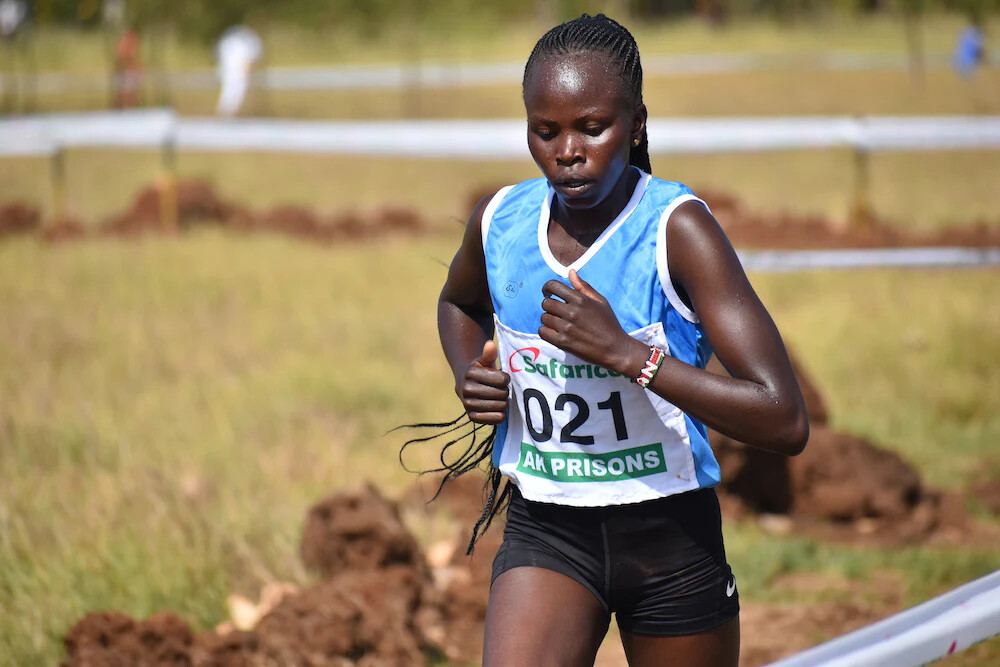
Escudé stressed that the objective of the contest will be to beat the world record for five kilometers in an exclusively female race.
"It is the record we are missing," said the councilor. The Cursa dels Nassos, which will reach its 25th edition and will organize an international 5 kilometer race for four consecutive years, still holds the men's and women's world records in a mixed race, established in 2021 by the Ethiopians Berihu Aregawi (12:49) and Ejgayehu Taye (14:21).
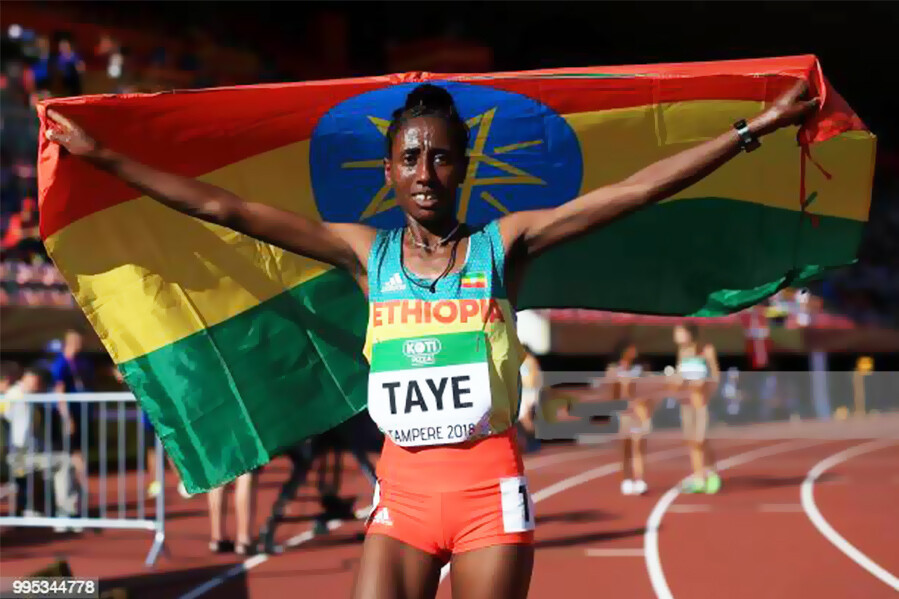
The possibility of breaking the women's record will be the great incentive of the last sporting event of the year. In the World Athletics Championships held last October in Riga (Latvia), Chebet came first (14:35), followed by Kasait (14:39) and Taye (14:40).
In the men's category, the participation of the refugee athlete from South Sudan living in Switzerland Dominic Lobalu stands out, whose best record in the 5,000 meters is 12:52, who will compete against some of the best distance specialists, among whom There are 18 athletes who clock less than 14:00, such as the Spanish Ilias Fifa and Abdesamad Oukhelfen.
(12/20/2023) ⚡AMP
Cursa dels Nassos
Certain local traditions may strike you as funny, bizarre, or downright disturbing. You may know that the Catalans ring in the new year by eating one grape with each chime of the clock at midnight, but did you know about the man with many noses ('home dels nassos')? Folklore has it that there's a man who has as many noses...
more...Plans underway to add World Championships marathons to World Marathon Majors
World Athletics president Sebastian Coe has disclosed that plans are underway to add World Championships marathons to World Marathon Majors.
World Athletics president Sebastian Coe says discussions are underway to comprise the World Championships marathons into World Marathon Majors.
As reported by Athletics Weekly, Coe noted that he has been in discussions with the WMM organizers about weaving the world championship road races into their big-city event programmes.

“The issue for us is really about how we can create those opportunities. A lot of athletes are also looking at the world championships and thinking that Chicago or New York is around the corner and asking themselves whether they should be running the worlds when they can earn good money on the roads a few weeks later.
"Maybe we can reduce the marathon to a half-marathon at the world championships which would at least take some of the athlete welfare issues away and would allow them to do it in the build-up to a marathon majors event,” he added.
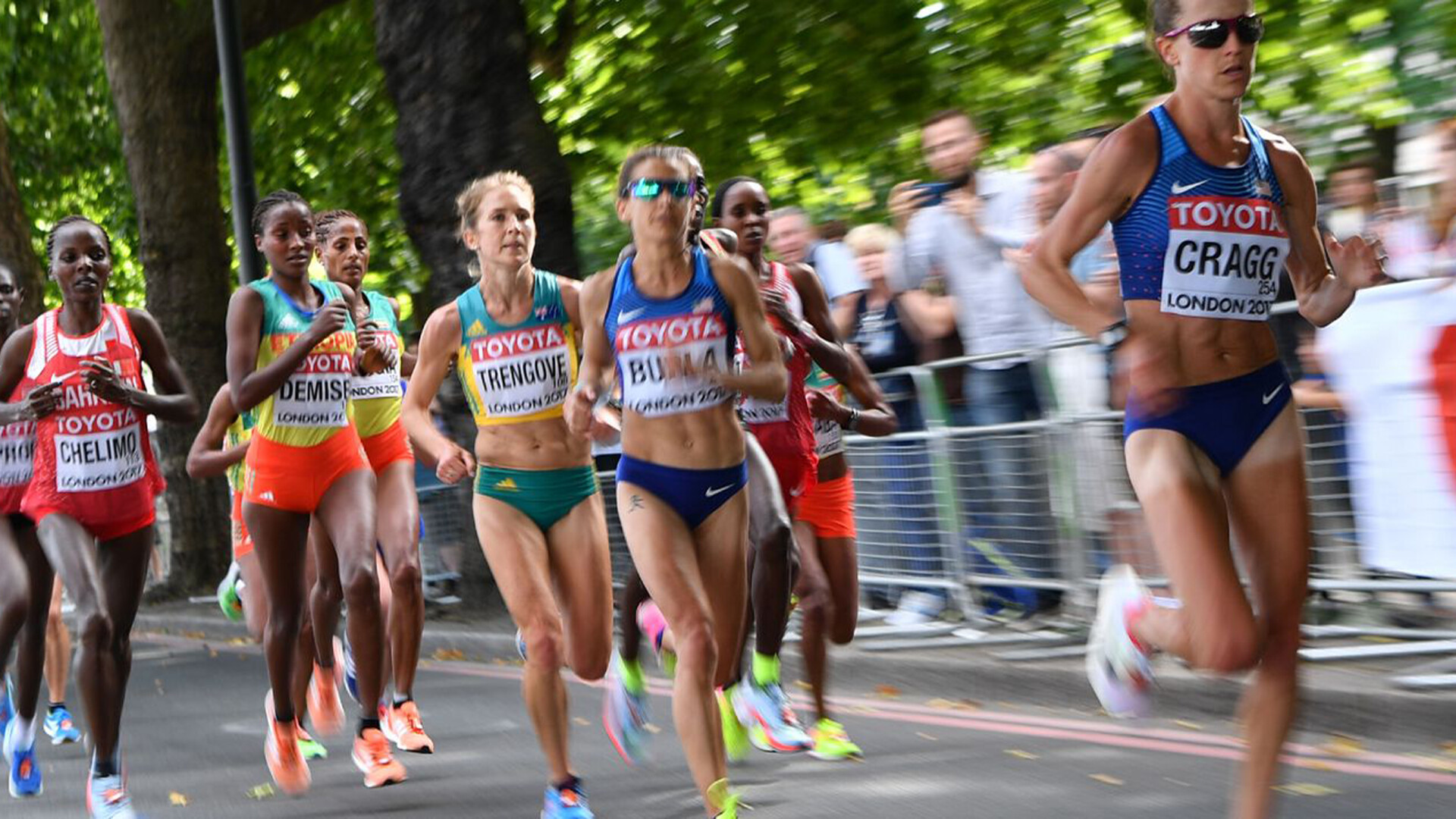
The president also explained that he finds it difficult to see an end to the global warming crisis any time soon and will be keen to put measures in place that will provide the best outcome for athletes and fans.
“In light of global warming and the inability of governments to use anything other than ‘BS’ in this space then it’s going to be down to the sport to try to figure out how they navigate their way through this.
"We’ve found 76% of our athletes already said that global warming has had a profound impact on their competition and training programmes.
"I think it’s inevitable that sport will globally have to look at rejigging the calendar because there won’t be any immediate respite from this problem and we’re further from the 2030 targets than we’ve ever been, whatever anyone tells us at COP 28!” she said.
(12/20/2023) ⚡AMPby Abigael Wuafula
Three easy exercises to help you avoid hamstring pain for good
Hamstring injuries are common in runners due to the repetitive use and movement of the muscle. Factors like poor mechanics and inadequate strengthening and rehabilitation can only make your hamstrings more vulnerable to injury or tear. Strengthening these muscles is crucial for preventing tears and enhancing performance, so you’re able to run more and run stronger. In this article, we’ll explore three effective exercises for developing resilient hamstrings and reducing your risk of injury.
1.- Romanian deadlifts (RDLs)
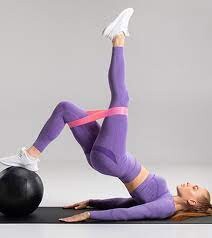
Running requires the hamstrings to have a great range of motion, especially if you are a sprinter or trail runner with a lot of changes of pace. Romanian deadlifts specifically isolate your hamstring muscles, helping you build both strength and flexibility. Try doing this exercise at a controlled pace to intensify the demand on the muscles. RDLs are great for building resilience and reducing the risk of a future hamstring tear.
2.- Nordic curls

Nordic curls are a stand-out exercise for strengthening your hamstring muscles, especially crucial for middle-distance runners who encounter frequent changes in speed and sudden sprints that impose a lot of stress on these muscles during a race or workout.
To perform Nordic curls, you’ll need to anchor your feet under a resistance band, or weights, or ask for help from a workout buddy. Gradually lower your upper body toward the ground until you catch yourself with your hands. You’ll want to keep a controlled pace, similar to Romanian deadlifts (there’s no need for rapid movements)—focus on resisting the descent and steadily pushing yourself back up.
3.- Swiss ball hamstring curls
The primary objective is to enhance resilience and strengthen the hamstrings to reduce the likelihood of future strains. Using either an exercise machine or a stability ball, hamstring curls can be a highly effective workout to strengthen and engage the hamstring muscles. By integrating hamstring curls into your strength-training routine, you can actively minimize the risk of future tears.
For runners, hamstring curls offer targeted benefits by focusing on muscles that play a pivotal role in running biomechanics. These curls entail the controlled flexion of the knee joint against resistance, replicating the hamstring’s motion during the swing phase of running. As a result, incorporating hamstring curls becomes a valuable addition to a runner’s regimen, aiding in muscle strength, stability and injury prevention.
(12/20/2023) ⚡AMPby Marley Dickinson
Kenyan Athletes Shine Bright at Bangsaen21 Half Marathon in Thailand
The Bangsaen21 Half Marathon, a prestigious World Athletics Platinum Label road race hosted in Chonburi, Thailand, witnessed an exhilarating showcase of Kenyan excellence as Gladys Chepkurui and Mathew Kimeli triumphed in their respective categories under demanding weather conditions.
Chepkurui seized victory in the women’s division, displaying remarkable strength as she completed the race in 1:09:46. Her outstanding performance placed her comfortably 17 seconds ahead of her compatriot, Sheila Chepkirui, securing a standout one-two finish for Kenya. Meanwhile, in a fiercely contested men’s race, Kimeli held off Ethiopia’s Tsegaye Getachew, crossing the finish line in 1:03:39, a mere six seconds ahead of Getachew’s 1:03:45.

The race kicked off with Chepkirui, the Berlin Marathon runner-up, and 2019 world marathon champion Ruth Chepngetich setting a rapid pace in the early stages. This dynamic duo led the pack, establishing a significant 14-second lead over Chepkurui and Angela Tanui at the 5km mark, reached in 15:39.
Undeterred by the initial gap, Chepkurui showcased unwavering determination, steadily gaining ground on her competitors. Surging past Chepngetich, she then overtook Chepkirui, seizing the lead at the 15km mark with a time of 49:13. Chepkirui couldn’t match Chepkurui’s pace, resulting in a 17-second difference at the finish line, where Chepkurui claimed victory in 1:09:46. Angela Tanui secured third place in 1:11:08, with Chepngetich finishing fourth in 1:11:51.
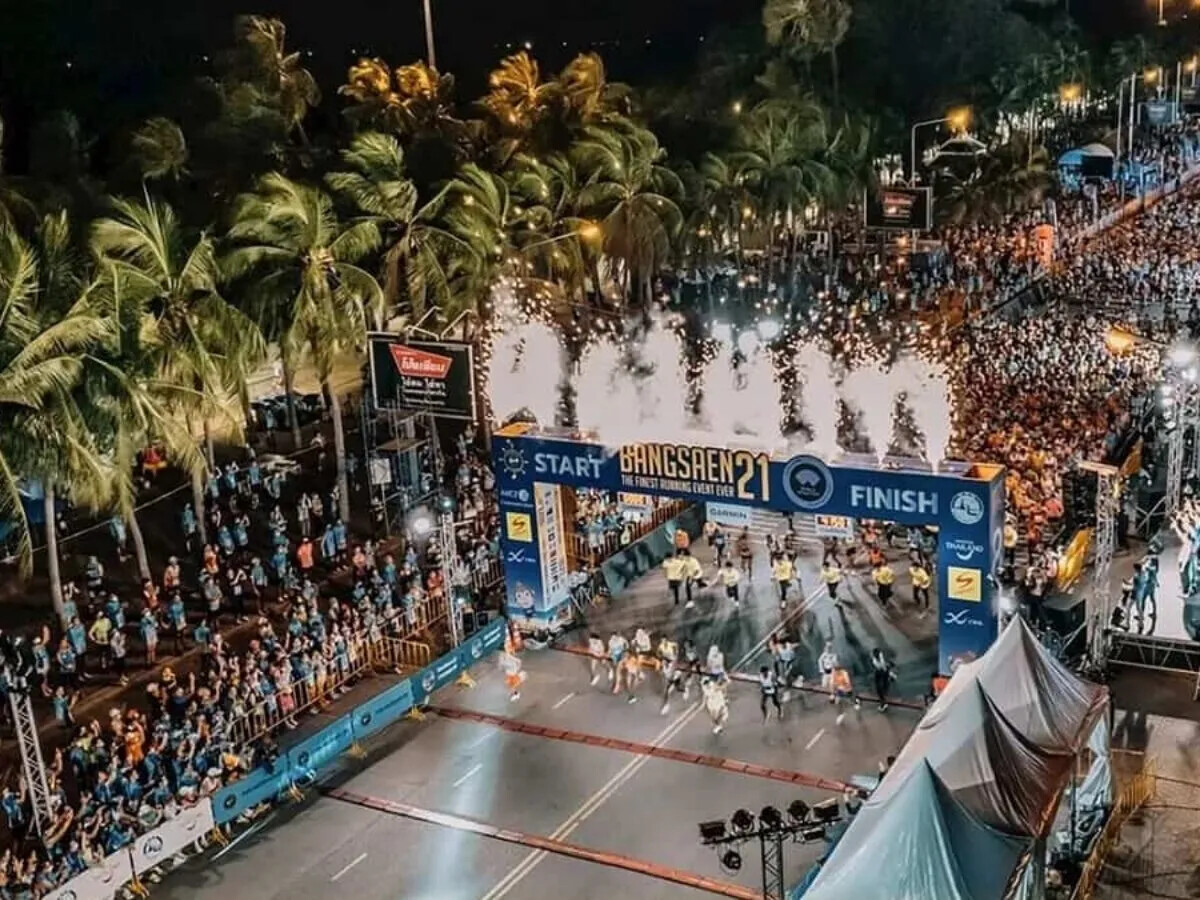
In the men’s event, Kimeli demonstrated incredible resilience in a fiercely competitive field. Initially part of an eight-runner pack that clocked 5km in 15:27 and 10km in 31:01, Kimeli faced a surge from Getachew after the 15km mark. However, Kimeli dug deep and eventually led a trio of runners towards the finish line.
In a thrilling final kilometer, Kimeli surged ahead of Getachew, securing victory in 1:03:39, a narrow six-second lead over the Ethiopian. Amos Kipruto, last year’s London Marathon champion, clinched third place in 1:03:52, while Kenya’s Nobert Kipkoech Kigen finished fourth with a time of 1:04:35.
The Bangsaen21 Half Marathon highlighted the extraordinary talent and determination of Kenyan athletes, showcasing their dominance and resilience on the international racing stage.
(12/19/2023) ⚡AMPby Runners tribe
Bangsaen 21
We woud like to invite all kind of runners from all over the world to join us in the firts an only half marathon "World Athletics Elite Label" Award in Thailand. Bangsaen 21 Half Marathon, ASIA´S best Half Marathon. A single race of Half Marathon distance, experience the most beautiful and challege course along the unique Bangsaen Beach....
more...Sebastian Coe says Russia, Belarus still banned, but situation could change
Athletes from Russia and Belarus are still banned from athletics events at the 2024 Paris Olympic Games, but World Athletics president Sebastian Coe said on Monday that the situation could change, and that a working group is monitoring it.
Earlier this month, the International Olympic Committee (IOC) approved the participation of Individual Neutral Athletes (AINs) at next year’s Olympics.
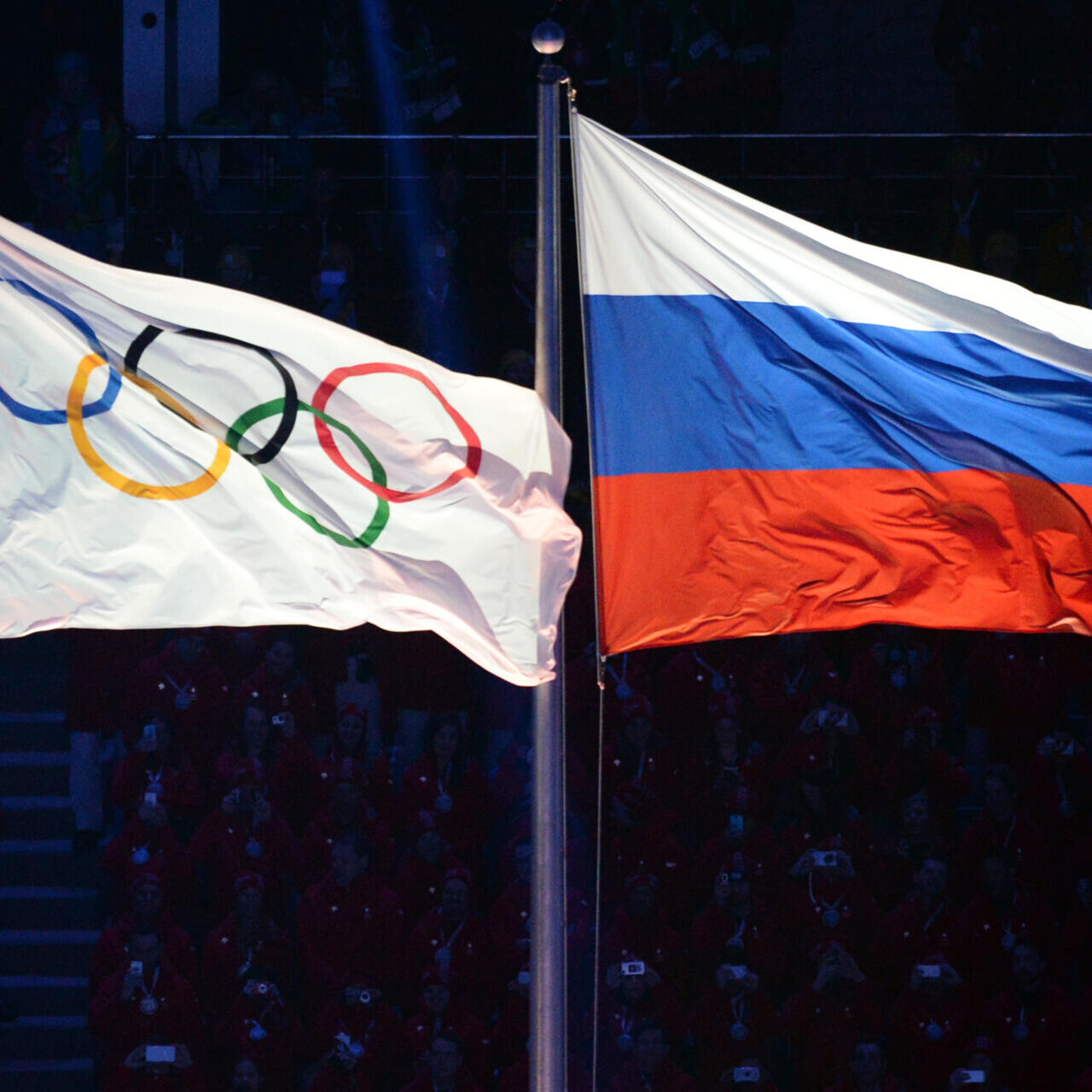
Athletes holding a Russian or Belarusian passport who have secured their places through existing qualification systems on the field of play will be deemed eligible to compete at Paris 2024, following specific conditions.
World Athletics, however, decided to stick to the blanket ban despite the IOC’s decision.
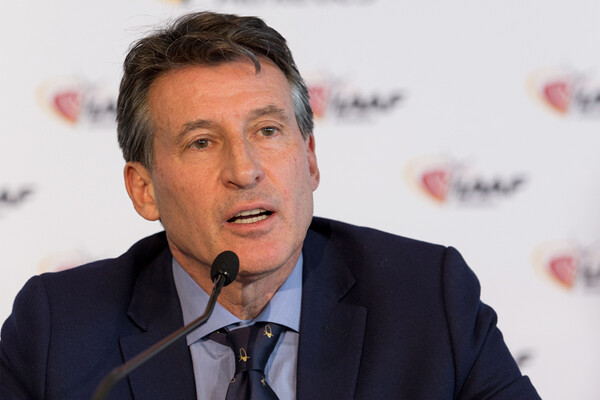
Athletes from both countries have faced a multitude of sanctions from international competitions since the conflict in Ukraine began in February 2022.
During a media call with agencies including Xinhua on Monday, Coe confirmed “there is no change [to the ban]”, but expressed hope that the sanctions could be lifted.
“The most important thing is that the autonomy and independence of international federations to make these judgements is really important. We made a judgement which we believe was in the best interest of our sport,” he said.
“Do I see anything changing in the foreseeable future? I don’t know. The world changes every five minutes, the situation could change. We do have a working group that is monitoring the situation within the sport, and it will advise and guide the Council on what circumstances might need to exist for any exclusion to be lifted,” Coe added.
Coe also expressed his confidence in the competitiveness of the athletics competitions in Paris, following a “stupendous” season that has seen 23 world records and nine world U20 records broken in 2023.
“The one word I would use [to sum up the 2023 season] is stupendous,” he said. “I can’t remember a season that has delivered more high quality performances across a broader bandwidth of disciplines.”
“Everywhere you look, you have the potential for some extraordinary head-to-heads in the sport, in pretty much every discipline,” added Coe.
(12/19/2023) ⚡AMPParis 2024 Olympic Games
For this historic event, the City of Light is thinking big! Visitors will be able to watch events at top sporting venues in Paris and the Paris region, as well as at emblematic monuments in the capital visited by several millions of tourists each year. The promise of exceptional moments to experience in an exceptional setting! A great way to...
more...Simiu vows to break world half marathon record
Daniel Simiu Ebenyo has vowed to go for the world half marathon record.
The World Road Running Championships Half Marathon silver medalist saw his attempt at the 25km come a cropper in Kolkata, India, on Sunday morning.
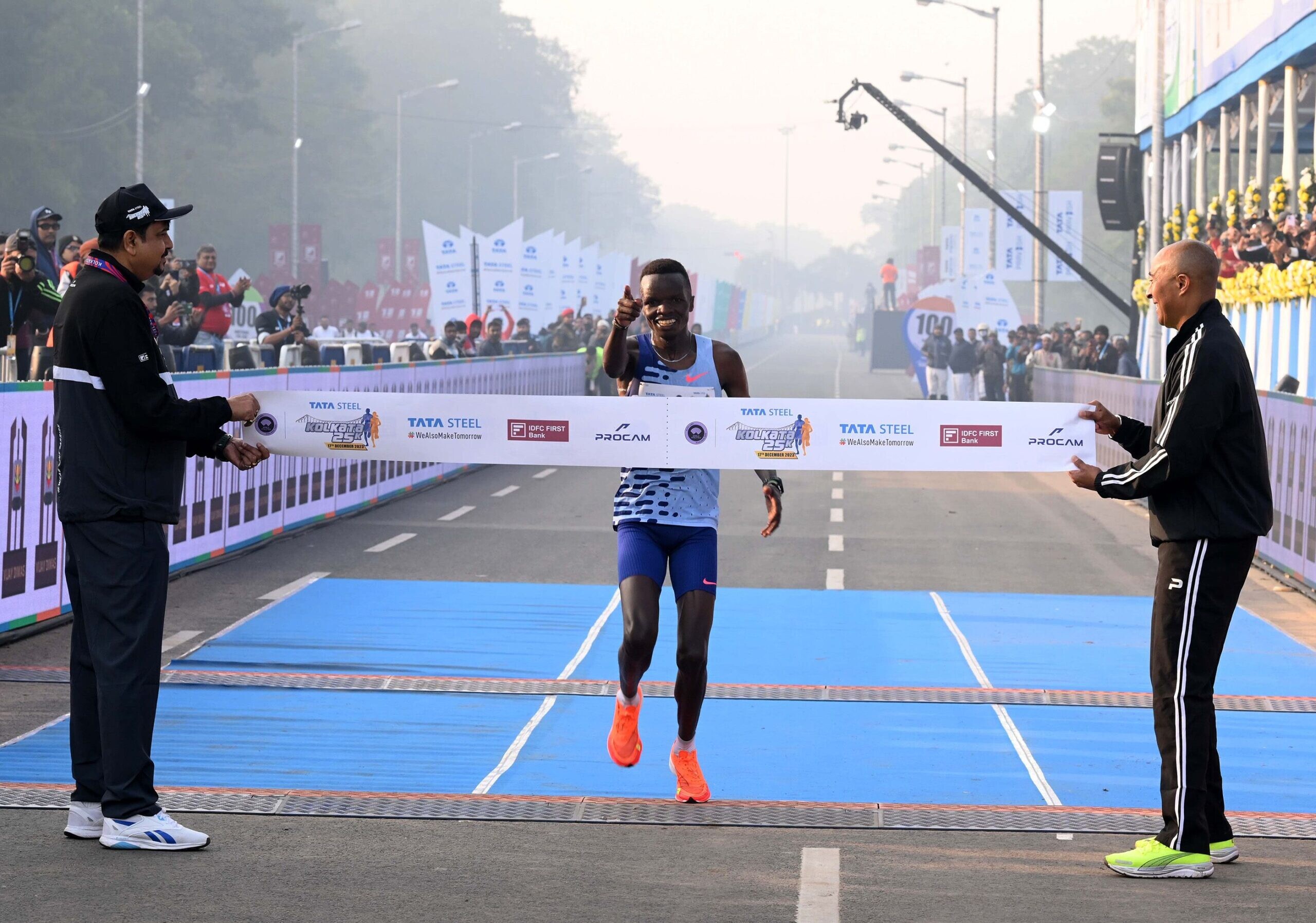
He missed the world mark by three seconds. He was, however, rewarded with a course record of 1:11:13.
He said sharp corners on the course were the biggest challenge to his 25km record attempt but believes he learnt valuable lessons to help him have a go at the 21km mark.

“My focus now is to set a world half marathon record very soon. I did not know I would run this well in Kolkata. It has been through the grace of God,” said Ebenyo, the world 10,000m silver medalist.
“I could have set the world record if I had managed to navigate the sharp corners with ease. This slowed me down but I am promising to break that record when I return here in the future."
He led Victor Togom (1:12:26) in a Kenyan 1-2 podium finish with Ethiopian Tesfaye Demeke (1:13:36) taking the bronze.
Ethiopian Sutume Kebede won the women's race in 1:18:47 ahead of compatriot Yelmzerf Yehualaw (1:19:26) and Kenyan Betty Kibet (1:21:43).
(12/19/2023) ⚡AMPby Emmanuel Sabuni
Do you need a long build up for a 10K or half-marathon?
When it comes to preparing for a marathon, most runners know it’s important to give yourself at least four months to train. But does the same rule apply to shorter races, like the 10K or half-marathon? To find the answers, we spoke with Donna Mader, coach and co-founder of Fredericton Stride, a running group based in Fredericton, who offered insights on the training duration, key focus areas and common mistakes made by runners when preparing for the 10K or half-marathon.
Training duration
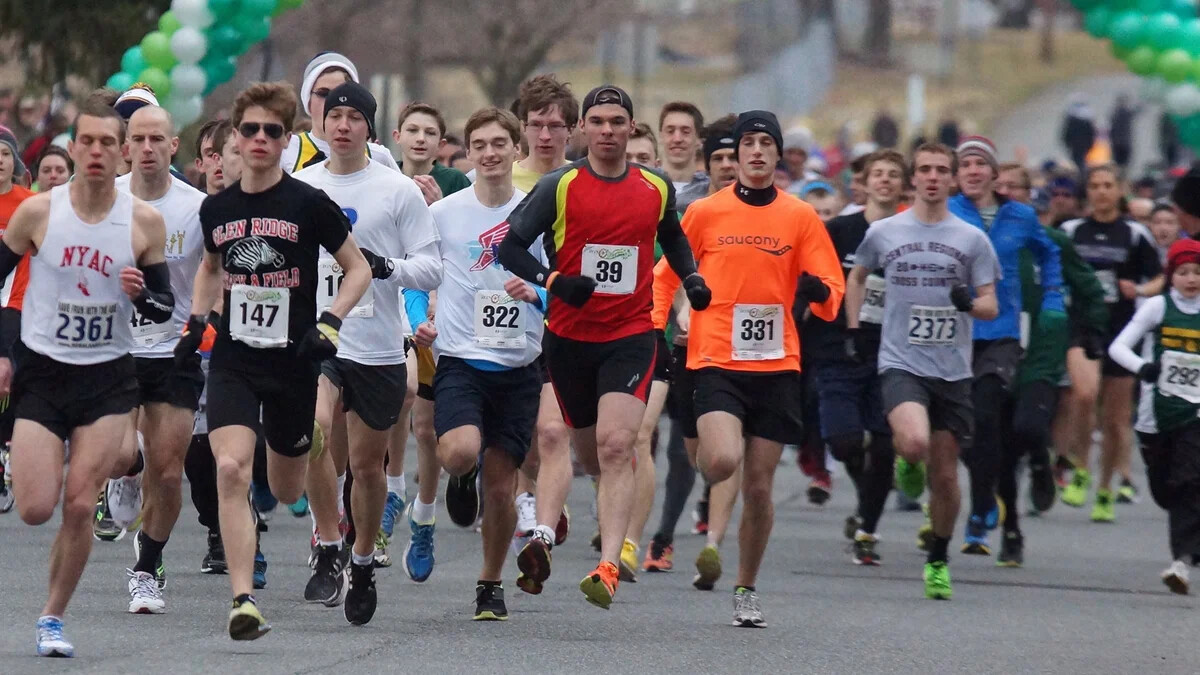
According to Mader, the training duration for a 10K or half-marathon depends on the individual runner’s starting point: for beginners attempting the distance for the first time, a 12-week training block allows for a safe and gradual increase in mileage. On the other hand, seasoned runners can achieve race readiness within six to eight weeks of specific pace workouts. “But if you’re aiming for a PB [personal best], she says, “10 to 12 weeks is ideal.”
Key focus areas

Mader suggests that runners training for a 10K or half-marathon should emphasize threshold runs. “At Stride, we like to focus on threshold runs because they train your body to become more efficient at clearing lactate from your muscles, with the goal of moving the threshold point,” she says.
An example of a threshold session includes five repetitions of one mile at threshold pace, with a recovery jog of 800 meters at a pace one minute per km slower than the threshold pace. This strategic combination of intensity and recovery optimizes runners’ race readiness.
Common mistakes
One of the most prevalent errors made by runners is the “too much too soon” approach. Whether it’s incorporating too many speed sessions or ramping up their weekly mileage too quickly, it often results in injuries and training plateaus. Runners should be careful to progress their mileage and intensity gradually to avoid setbacks.
“Another misconception I hear often is that ‘It’s just a 10K,’ or ‘It’s just a half-marathon,’ and runners fail to adequately respect proper nutrition, rest and recovery,” says Mader. “You may not be running the high mileage required for marathon training, but typically, the shorter the race distance, the higher the workout intensity.”
As Mader says, every race distance presents unique challenges and requires adequate recovery. Depending on your starting point, you may not need a full four months of training to prepare for a shorter race, but all runners (even experienced marathoners), should respect the distance and prepare properly to avoid injuries and run their best.
(12/19/2023) ⚡AMPby Brittany Hambleton
Faith Kipyegon has shared her main motivation as she gears up to defend her title at the Olympic Games
Star girl Faith Kipyegon has shared her main motivation as she gears up to defend her title at the Olympic Games in Paris, France.
Double world record holder Faith Kipyegon has disclosed her major targets ahead of the 2024 Olympic Games in Paris, France.
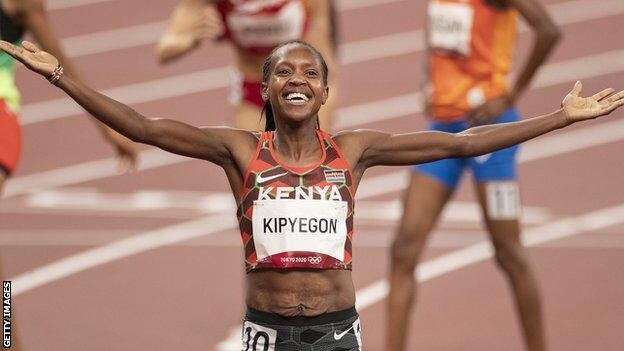
The 29-year-old has achieved great milestones during the 2023 season and will be seeking to extend her hot streak to next season.
She will be focusing on inspiring even more people with a journey that she hopes will lead to an Olympic gold medal hat-trick.
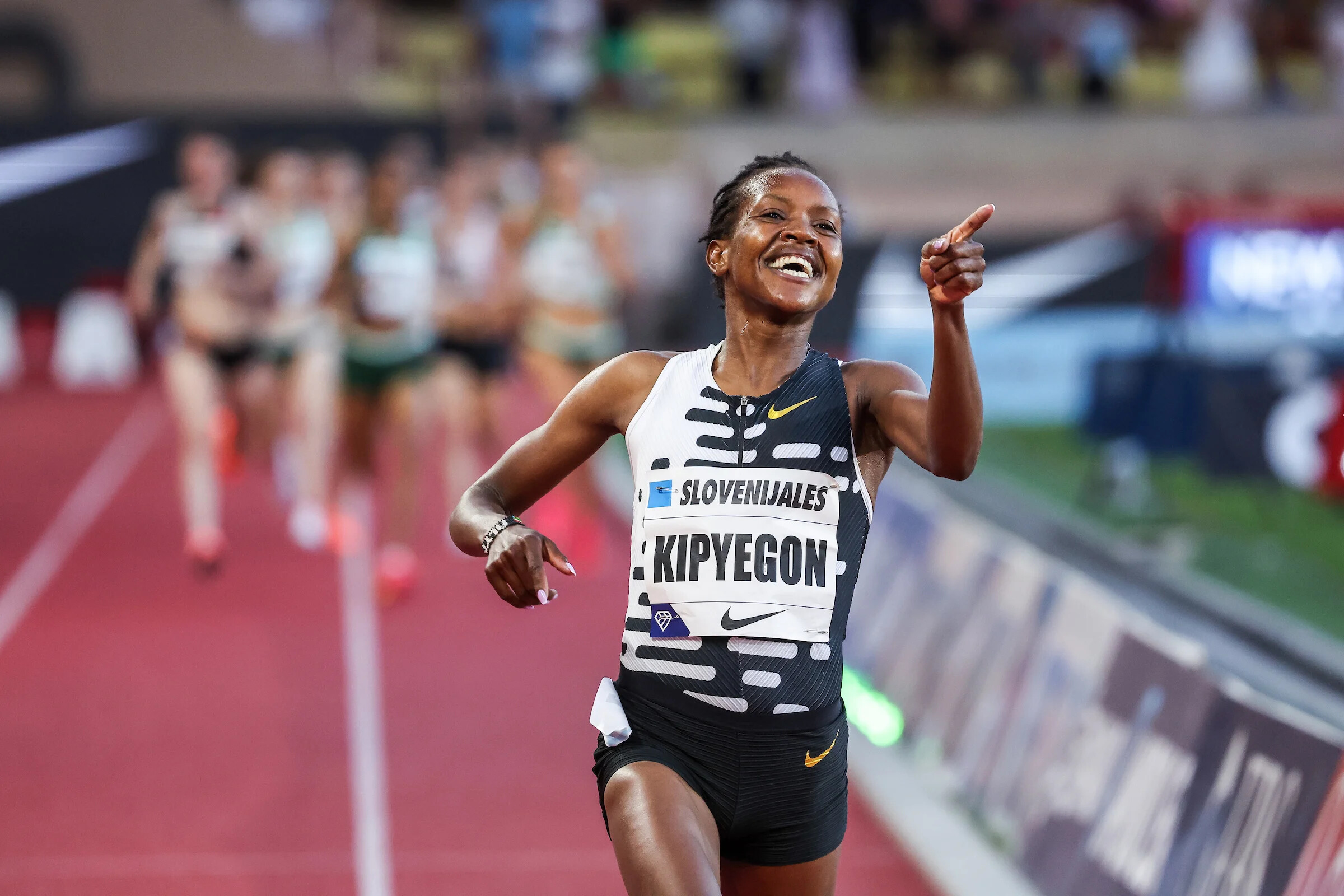
“The goal for 2024 is of course the Olympics in Paris. That is the big goal. I want to defend my title, make history, and motivate young girls and mothers out there to know that everything is possible,” Kipyegon told World Athletics.
The double World champion has achieved a lot of accolades this year, thanks to her hard work and never-ending motivation.
She started her record-breaking spree at the Diamond League Meeting in Florence, Italy, where she broke the 1500m world record before dominating in Paris, France, with the 5000m world record.
The mother of one later broke the one-mile world record at the Meeting in Monaco before bagging the 1500m and 5000m titles at the World Championships in Budapest, Hungary.
Meanwhile, her coach Patrick Sang believes Kipyegon has all it takes to conquer at next year’s Olympic Games.
“I am only happy that we have somebody continue thinking positively of our sport. Whatever the outcome of this journey, the new journey that has been revitalized, whether it goes all the way to the marathon – we will be happy.
We still want to see her more on the track and she will probably end up where that dream is: running a marathon,” Sang added.
(12/19/2023) ⚡AMPby Abigael Wuafula
Paris 2024 Olympic Games
For this historic event, the City of Light is thinking big! Visitors will be able to watch events at top sporting venues in Paris and the Paris region, as well as at emblematic monuments in the capital visited by several millions of tourists each year. The promise of exceptional moments to experience in an exceptional setting! A great way to...
more...Ethiopians rule at Taipei Marathon 2023
Ethiopia’s won both men’s and women title at the 37th edition of the Taipei Marathon held on Sunday (17) in Taipei, Taiwan.
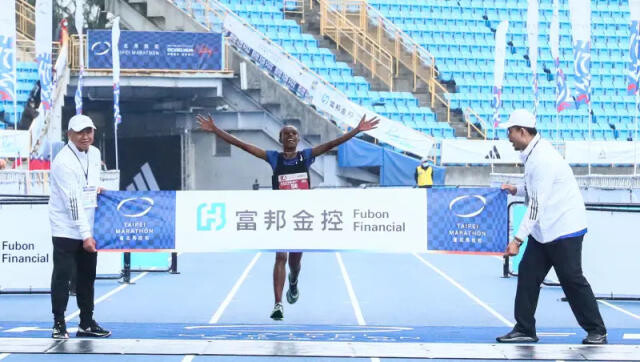
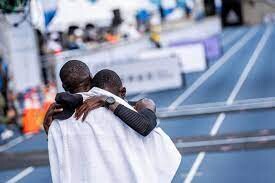
The men title went to Dechasa Alemu Moreda who beat Lani Rutto of Kenya, who was the fastest athlete on paper, at the final stages of the race to cut the tape first in a time of 2:11.56 with the women title going to the 2021 third place bronze finisher Obse Abdeta Deme, who cut the tape in 2:27.14.
(12/18/2023) ⚡AMPby John Vaselyne
Taipei Marathon
The Taipei Marathon is an annual marathon held in Taipei, Taiwan, on the third weekend in December. The event has an Elite Label from World Athletics and has been held annually since 1986. It is the preeminent long-distance annual running event in Taiwan. On December 22, 1985, the Chinese Taipei Athletics Association organized a road running demonstration event that served...
more...Chepngeno taking on Valencia 10km after Mwale triumph
After a successful half marathon debut over the weekend, Viola Chepngeno has shifted her focus to the Valencia 10km race set for January 14.
Chepngeno won the 21km race during the inaugural Mwale Medical and Training City, which is proof she can compete comfortably on the roads.
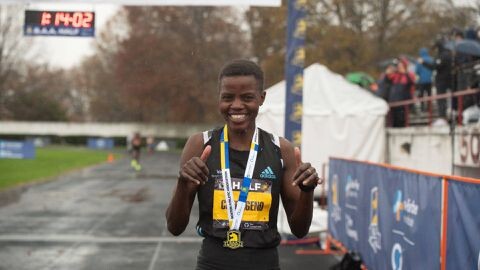
“I came here without proper half marathon preparations since I am more of a 10km runner,” said Chepngeno. “This win has motivated me to try my luck in the bigger half marathons soon.”
She clocked 1:12:54 to win at Mwale ahead of Christine Njoki in 1:13:31 and Glorious Jepkirui in 1:14:02.
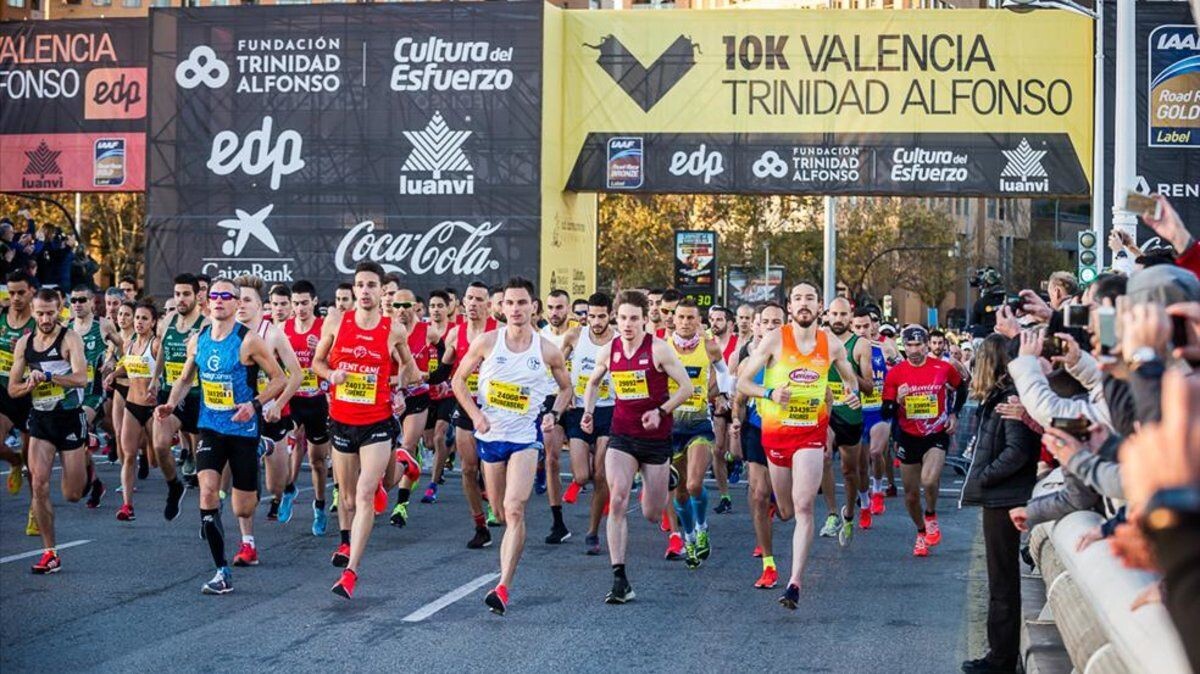
Chepngeno has had a good run in 10km. She finished third at the Brasov 10km, where Agnes Ngetich set the unratified 10km world women-only record.
“The winning shows that I can run a half marathon very well. I also want to represent the country at next year’s World Cross Country Championships,” she said.
Eliud Maiyo and Irene Cherop were the 42km winners under hot conditions.
Maiyo clocked 2:24:20 ahead of Dennis Kiprotich (2:24:29), Moses Kige-(2:27:21), Duncan Manyara (2:28:00) and Henry Kosgei (2:30:10).
Cherop timed 2:46:23 to beat Viola Chemos to second in 2:49:23 as Rael Kiara (2:53:47), Sally Jepkosgei (2:55.:13) and Joy Lemuma (2:56:48) completed the top five slots.42km men
However, Maiyo bemoaned the status of the course, saying: “I have never run on such a hard and harsh course. It is full of hills and slopes but my training came in handy. Mixing rough roads and tarmac is very challenging — one is soft while the other is hard.
Cherop, from Iten, said she trains mid-morning which was key since she is used to sunny conditions.
“I train around 11 am and that marched with today’s weather,” she said.
This was her second 42km race after winning Mt. Ruwenzori marathon.
(12/18/2023) ⚡AMPby Emmanuel Sabuni
10k Valencia Trinidad Alfonso
Around the corner we have one more edition of the 10K Valencia Ibercaja, organized one more year by the C. 10K VALENCIA Athletics premiering the running season in Valencia. It is a massive urban race with more than 3,000 registered annually of 10 kilometers, where the maximum duration of the test will be 1 hour 40 minutes (100 minutes). The...
more...Running will keep your memory sharp and help prevent Alzheimer a new study shows
Your run is more than a workout for your muscles–it’s keeping your brain healthy, as well. Researchers out of the University of Zurich have unraveled the protective effects of physical and social activities on the brain health of older adults, as reported in Neuroscience News. While we often celebrate the cardiovascular benefits of running, this study delves into how exercise shields the brain from age-related decline.
The study
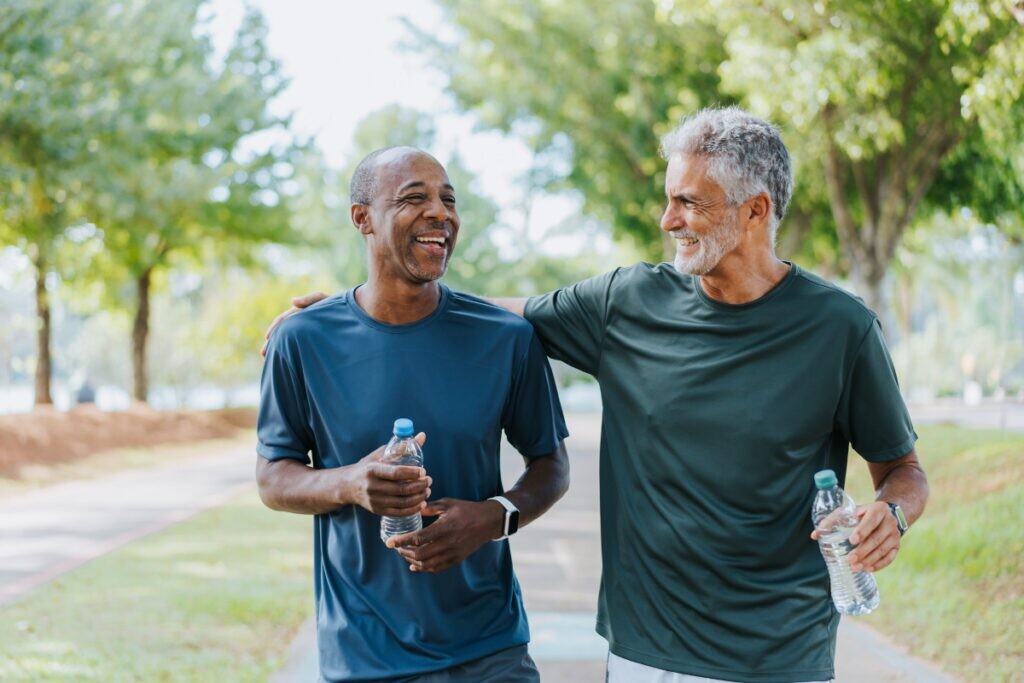
The study, conducted over seven years, zoomed in on the region of the brain that is vital for learning and memory and prone to Alzheimer’s disease, called the entorhinal cortex. Scientists investigated the relationships between the thickness of the entorhinal cortex, memory performance and leisure activities in cognitively healthy adults over the age of 65.
Researchers discovered that the less the thickness of this brain structure decreased throughout the study, the less memory performance was reduced. Increased physical and social activity significantly slowed the thinning of the entorhinal cortex, ultimately preserving memory.

The study emphasizes the brain‘s trainable nature, likening it to a muscle that can be fortified throughout life. Isabel Hotz, one of the study’s authors, notes, “These findings support the idea that we have a ‘cognitive reserve,’ and that the brain can be trained throughout our lives like a muscle to counteract age-related decline.”
The research builds on a study published earlier this year that determined that long-term exercise profoundly benefits the aging brain by increasing the survival and modifying the network of the neurons born during early adulthood (neurogenesis is the creation of new brain cells, something scientists have discovered is possible throughout life) thereby facilitating their participation in cognitive processes.
The takeaway
Lutz Jäncke, the study’s supervisor, asserts, “Physical exercise and an active social life with friends and family are therefore important for brain health and can prevent neurodegeneration in later life.” The study reinforces that being physically, mentally, and socially active throughout life pays off in preserving cognitive function. Regular running (bonus points if you join some friends to add a social component) will keep your memory sharp as you age—one more reason to put your runners on and head out the door.
(12/18/2023) ⚡AMPby Keeley Milne
Ebenyo and Kebede clocked world bests for stand-alone 25K in Kolkata
World Athletics Elite Label Road Race, the Tata Steel Kolkata 25K, today created history with Kenya’s Daniel Simiu Ebenyo and Ethiopian Sutume Asefa Kebede smashing the event records in the men’s and women’s categories as they set up a blistering pace to finish with a timing of 1:11:13 and 1:18:47 respectively.
The performances turned out to be the “World Bests” for a stand-alone 25K race!

Although the 25K is not a listed distance for the official world records at present, the earlier world bests for the stand-alone 25K race were 1:11:18 by Dennis Kimetto (2012) and 1:19:53 by Mary Jepkosgei Keitany (2010), both from Kenya.
World Athletics Elite Label Road Race, the Tata Steel Kolkata 25K, today created history with Kenya’s Daniel Simiu Ebenyo and Ethiopian Sutume Asefa Kebede smashing the event records in the men’s and women’s categories as they set up a blistering pace to finish with a timing of 1:11:13 and 1:18:47 respectively.
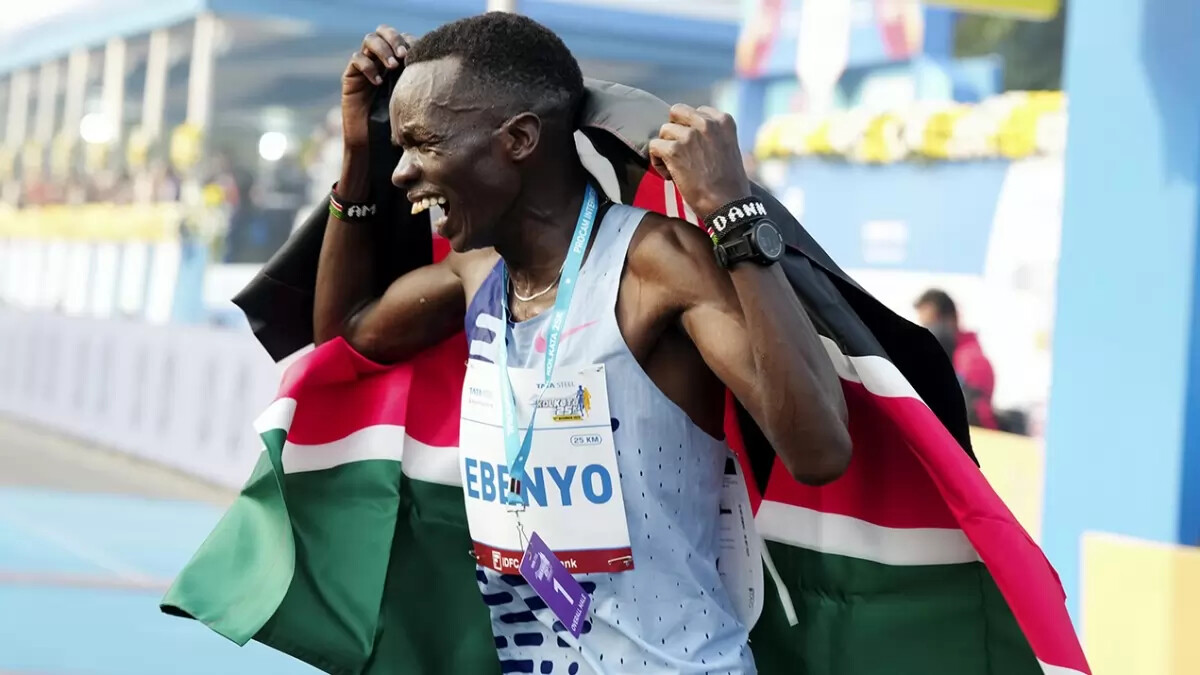
The performances turned out to be the “World Bests” for a stand-alone 25K race!
Although the 25K is not a listed distance for the official world records at present, the earlier world bests for the stand-alone 25K race were 1:11:18 by Dennis Kimetto (2012) and 1:19:53 by Mary Jepkosgei Keitany (2010), both from Kenya.
Kebede pushed Yehualaw to the second spot in the women’s race
Ethiopian Yalemzerf Yehualaw (24), the half-marathon world championships bronze medalist in 2020, made her debut at 25K in Kolkata and was tipped off to win here as a pre-race prediction.
However, her teammate Sutume Asefa Kebede had other plans in her mind. Kebede, who turned 29 recently, did not have any significant victories on the global stage like Yehualaw. Kebede etched her name as a victor in the Big-25 at Berlin eight years ago clocking 1:21:55, a time regarded as one of the best at that time.
Running only on her second race at this distance, Kebede remained in the lead together with her compatriot until the waning stages of the race and applied pressure over the final kilometre to win in 1:18:47. Yehualaw (1:19:26) and Kenya’s Kenya’s Betty Chepkemoi Kibet (1:21:43) finished behind her.
It was the fourth fastest time by female runners at this distance although the three women who achieved faster results before her did it en route to a marathon.
Thrilled after smashing the course record, Kebede said, “I wanted to run faster, but in the end, I am happy with my timing. It is a good course with good weather conditions which made it easier for me.”
(12/18/2023) ⚡AMPby Christopher Kelsall
Kolkata 25k
In Kolkata, a city rich in history, culture and custom, the third Sunday in December is a date that is eagerly anticipated. The Tata Steel Kolkata 25K (TSK 25K) has become synonymous with running in eastern India since it began in 2014. India’s first AIMS-certified race in the unique 25 km distance, the TSK 25K went global in its fourth...
more...Feeling Terrible Two Days After a Hard Run? There’s a Reason….and a Solution.
You felt fine a day after your long run—so why the heck are you slogging through your easy workout two days later?
Picture this scenario: You get through a tough workout on Sunday—whether it’s a tough round of 800-meter repeats or 16 miles at marathon pace—and, surprisingly, you feel fine afterwards.

The next morning, you’re a little stiff, but nothing too serious. You take a day to rest, and then head back out on Tuesday for an easy run.
Then, boom. Your legs feel like they’re made of lead, you’re sore all over, and what’s supposed to be an easy run feels like you’re wading through molasses. What the heck happened?!
This is what Cory Smith, running coach and founder of Run Your Personal Best, calls “second-day syndrome.” The official term is delayed onset muscle soreness, or DOMS, but he likes to use second-day syndrome because it nails home the point that the ailment often happens two days after a hard workout, which a lot of people don’t expect.
Before getting to the bottom of why DOMS happens, let’s start with simple definitions. The American College of Sports Medicine defines DOMS as, “A sore, aching, painful feeling in the muscles after unfamiliar and unaccustomed intense exercise.” Basically, whenever you lift weights, run a tough workout, go rock climbing, or do an activity beyond your current level of fitness, you’re creating tiny tears in muscle tissue. In response, your body releases chemicals, lipids, alongside white blood cells like cytokines, macrophages, and neutrophils to quickly repair those muscles. This flurry of activity in localized areas of the body also initiates an inflammatory response. The muscle tears, rebuilding process, and inflammation creates that soreness and stiffness DOMS is recognized for.
“The soreness peaks anywhere from 24 to 48 hours after the initial stress, so it’s common for runners to feel fine the next morning and think they’re all good and recovered,” Smith says. “But then, on that second day, you might feel worse than you did yesterday.” This is because there’s a delay in delivery of blood flow to the muscle also called the “inflammatory cascade.” Think of muscle repair as a slow ramp-up process; sometimes it takes a few days to reach peak soreness.
Though it can be painful, annoying, and hindering, DOMS shouldn’t last long-term. In fact, it won’t be a recurring sensation.
“Eventually, through repeating the cycle of damaging and healing, you’ll grow stronger,” Smith says. “Your body is going to be accustomed to this stress and you’ll feel DOMS less and less.”
Depending on the severity of your workout and how often you repeat it, DOMS generally goes away in a few weeks. Your muscles heal, rebuild stronger, and eventually become accustomed to the intense exercise. Contrary to popular belief, just because that soreness goes away doesn’t mean you didn’t have a hard workout. Your body has just adapted and may require less recovery.
“If you’re not almost recovered from a normal workout on the third day, you probably went too hard,” Smith says. “Generally, it depends on the type of workout that you’re doing— some light temp work—you may only need a day in between and you’ll be recovered. Whereas if you’re doing hard 800s, you’ll probably need two full days to recover. For a long run at marathon pace, you might need three days.”
Since defining DOMS, research has traditionally been focused on muscle tissue damage. But a recent study published by the International Journal of Molecular Sciences has shown that connective tissue, like deep fascia, may be more involved than previously thought. Deep fascia is connective tissue surrounding muscles, and it facilitates movement between muscles and acts as a pathway for blood vessels.
Authors of the study believe that they’ve found evidence that proves further research and effort needs to be focused on the fascia, rather than just muscle tissue. This also means that runners may want to pay more attention to their fascia, as it doesn’t respond to conventional static stretching, rather multiple planes of stretching and mobility. It’s less about stretching individual muscles, but lengthening the connections made by the fascia.
There are several ways to target this connective tissue. One effective method is pedal during yoga: downward facing dog, the extended side angle pose, and the standing figure-four stretch.
There’s no fix-all method to preventing DOMS, but recovery protocols may dictate how severe or sustained your soreness will be. Smith recommends static stretching no more than six minutes after your run. It’s important to get those muscles stretched as quickly as possible after a run so they don’t tighten up. Tight muscles can prevent cells from expanding and bringing blood flow to the muscles. You need fresh blood and oxygen delivered to the worked out muscles, as it carries away the lactic acid buildup there. A massage gun can produce the same results.
“Movement is key! My go-to for runners is walking for 20 to 30 minutes after a hard workout, but an easy spin or recovery swim will also work,” says physical therapist and running coach Amy Parkerson-Mitchell.
The American Council on Exercise recommends drinking 7-10 ounces of water every 10-20 minutes during your run, and an additional 8 ounces within 30 minutes after. When you sweat, you lose water, which is important for oxygen delivery to the muscles. Plus, water acts as a sort of medium within the body to deliver nutrients like amino acids and electrolytes to damaged muscles.
You might be inclined to reach for an ice pack when you’re recovering from a long run, but Parkerson-Mitchell says that heat is key. In a study comparing heat and cold therapies for recovery, researchers found that applying heat directly after a workout produced less muscle damage. Ice, on the other hand, is great for when you’re in the midst of DOMS, rather than before it happens, because it eases swelling and numbs pain.
There are two types of heat therapy: dry heat in the form of heating pads, and moist heat in the form of steam towels or a hot bath. Both are effective, but the Orthopedic Institute of Pennsylvania says that moist heat works faster in changing the muscles temperature.
Amy Parkerson-Mitchell says warming up and cooling down is more important than people think, and skipping these steps can increase the time required for recovery from DOMS. Dynamic mobility exercises like walking high-kicks, knee-to-chest, and walking lunges are good for cold muscles prior to a run because you’re moving your joints through their full range of motion. One of the biggest mistakes you can make with DOMS is going too fast too soon after a hard workout.
“This is why, with my clients, we do two hard workouts a week,” Smith says. “Typically, I give two days for runners to recover from a difficult run. If you do too much too soon, that’s when you lead into stagnant performance and overtraining.”
But the too-often overlooked component of DOMS is the negative implications it has on your mindset. You might feel discouraged by how tough a run feels when you experience DOMS, especially after conquering a longer, tougher workout just a few days prior. Don’t fret or feel like you’re losing progress—remember that what you’re experiencing is completely normal, and something you can minimize for a sustainable, long-term running life.
(12/17/2023) ⚡AMPby Outside Online
7 ways to get your partner into running this holiday season
Running with your significant other can be a great way to strengthen your relationship. There’s nothing quite like pushing your physical limits with your partner by your side to bring the two of you closer together. But while you may be a passionate runner, your partner may need a little more convincing. With New Year’s Eve around the corner and everyone in that feel-good holiday spirit, now’s the perfect time to start working on them.
If you want to get your significant other into running this holiday season, you’ll need to be a bit creative. Here are some compelling ways to persuade them to join you on your next jog.
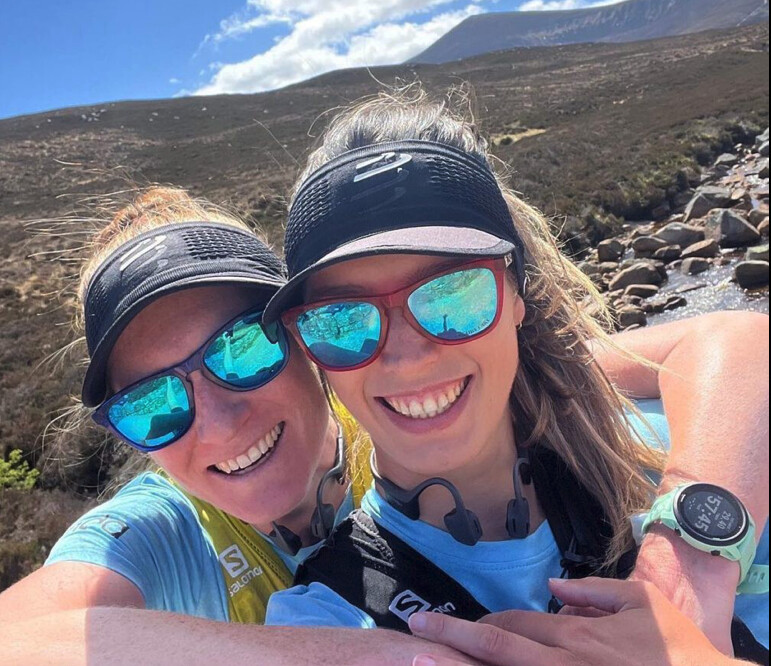
The cool running outfits
Is your partner a fashion fiend? Athleisure is all the rage right now, and running brands have definitely caught on to the trend. Today’s running gear is sleek, stylish and perfect for taking pictures that you can both post on social media. Starting a running routine gives your partner an excuse to go on an athletic wear shopping spree, and who doesn’t love getting new clothes?
Sign up for a destination race
If your partner has been talking about wanting to go on holiday, this one’s a no-brainer. Pick their favorite destination and research upcoming races in the area. Participating in a local road race is a great way to experience the culture and camaraderie of a different city or country. Make a weekend (or week!) out of it and enjoy everything the area has to offer while working (together!) toward your fitness goals.
It supports their New Year’s resolution
New Year’s resolutions are notorious for being ditched just a few weeks into the year. If you and your partner resolve to get fit and fast together, you’ll have a built-in accountability partner. Make a commitment to each other and watch as you both crush your fitness goals together.
Relieve that holiday stress
It’s scientifically proven that exercise lifts your spirits. Running is a great way to boost your mood and relieve stress, which is particularly important during the often stressful holiday season. Share this knowledge with your partner and convince them to give it a try.
Share quality time
You and your partner lead busy lives, and finding time just to be together can be tough. Running is a great way to spend quality time together while also improving your health. If your S.O. has been asking for some more “you” time, a run is a great way to catch up on each other’s lives and strengthen your bond.
Run for a cause
Does your partner have a charitable streak? Many races partner with charitable foundations to raise money and awareness. Running for a cause can be a powerful way to give back and get fit at the same time. Research a charity your partner is passionate about and sign up for a race to support it.
Make a trade
Has your partner been badgering you to get out on the golf course, tennis court or dance floor with them? Whatever their hobby is, offer to do it with them when you ask them to go for a run with you. By offering to do something they’ve been wanting to do, they may be more inclined to do what you want to do, too.
(12/17/2023) ⚡AMPby Running Magazine






